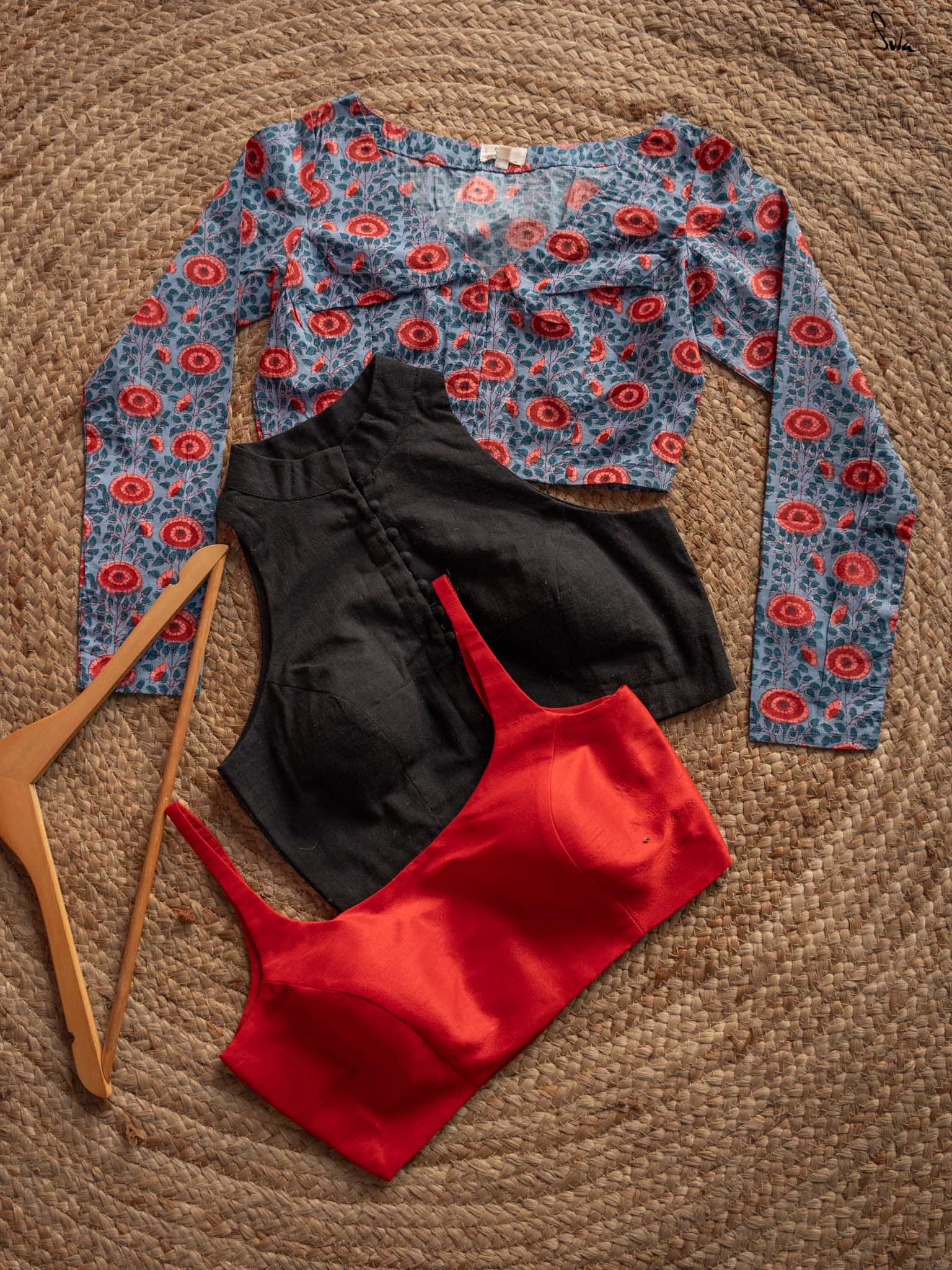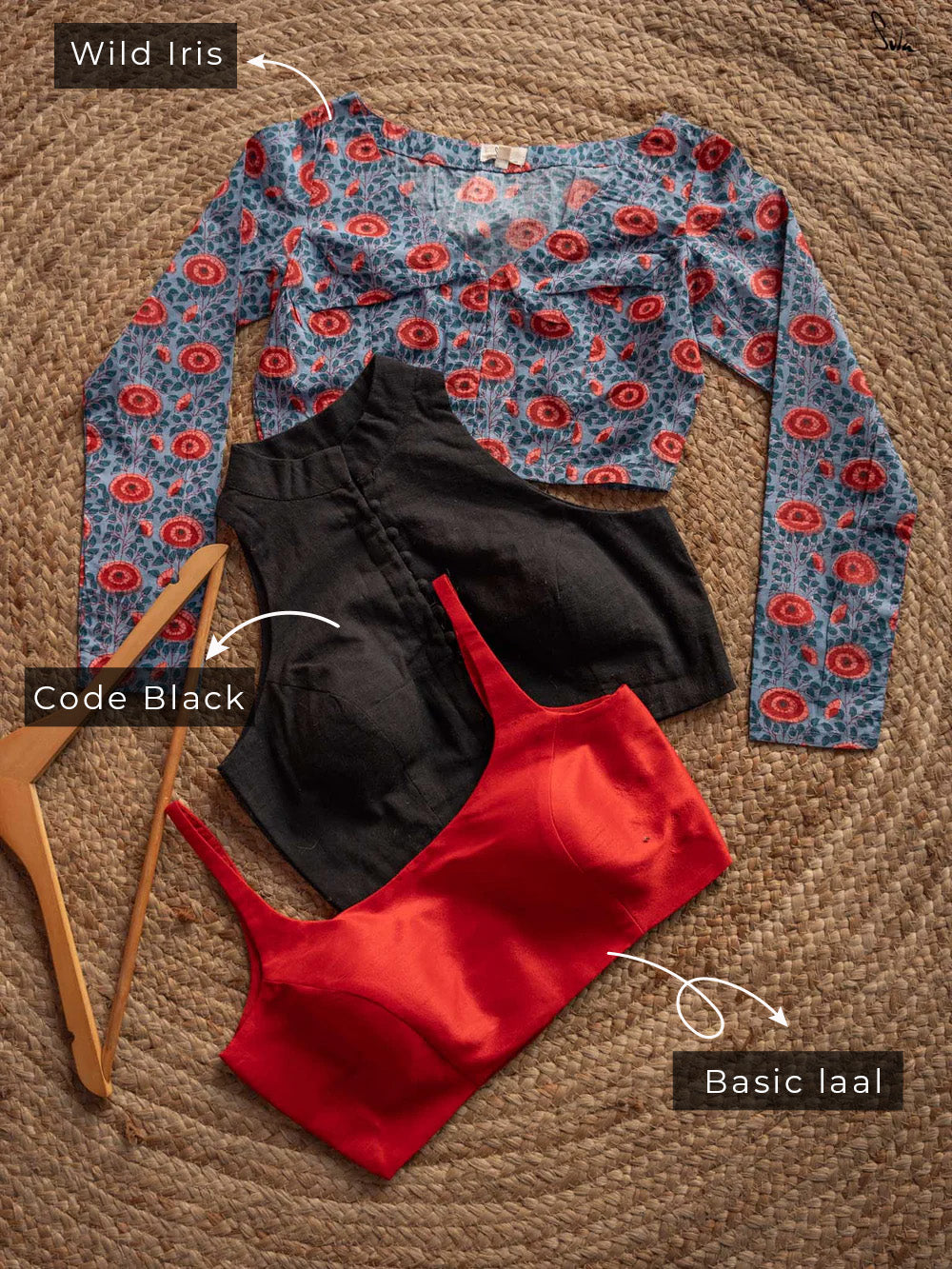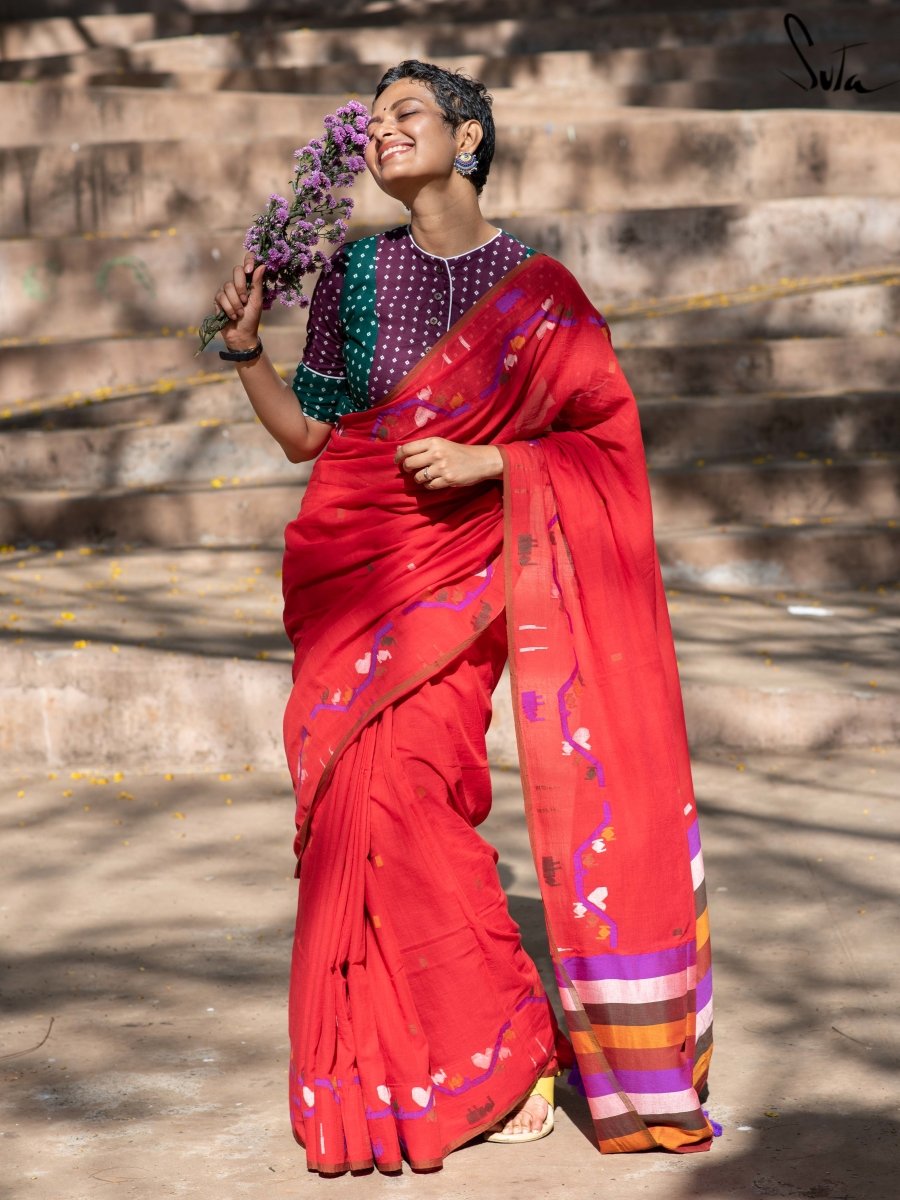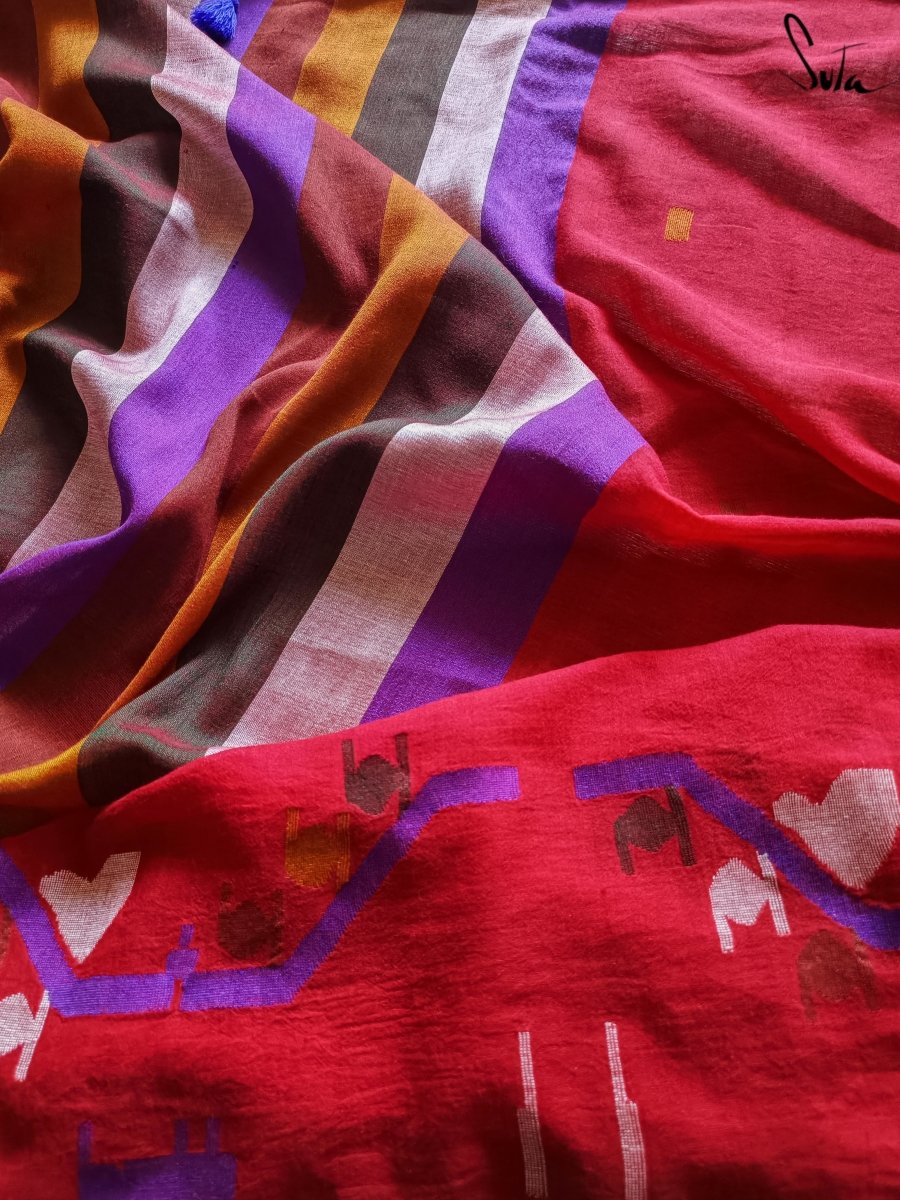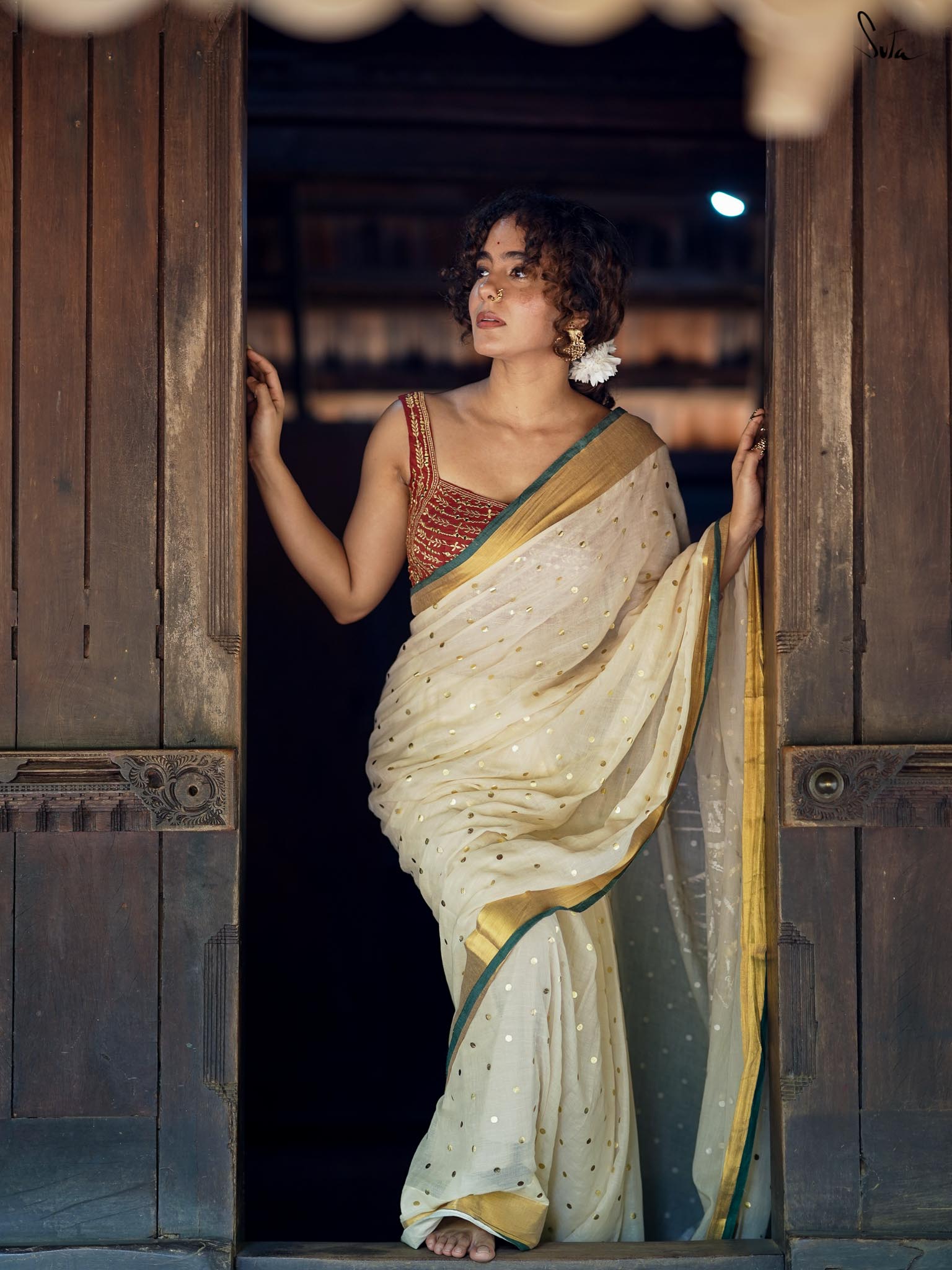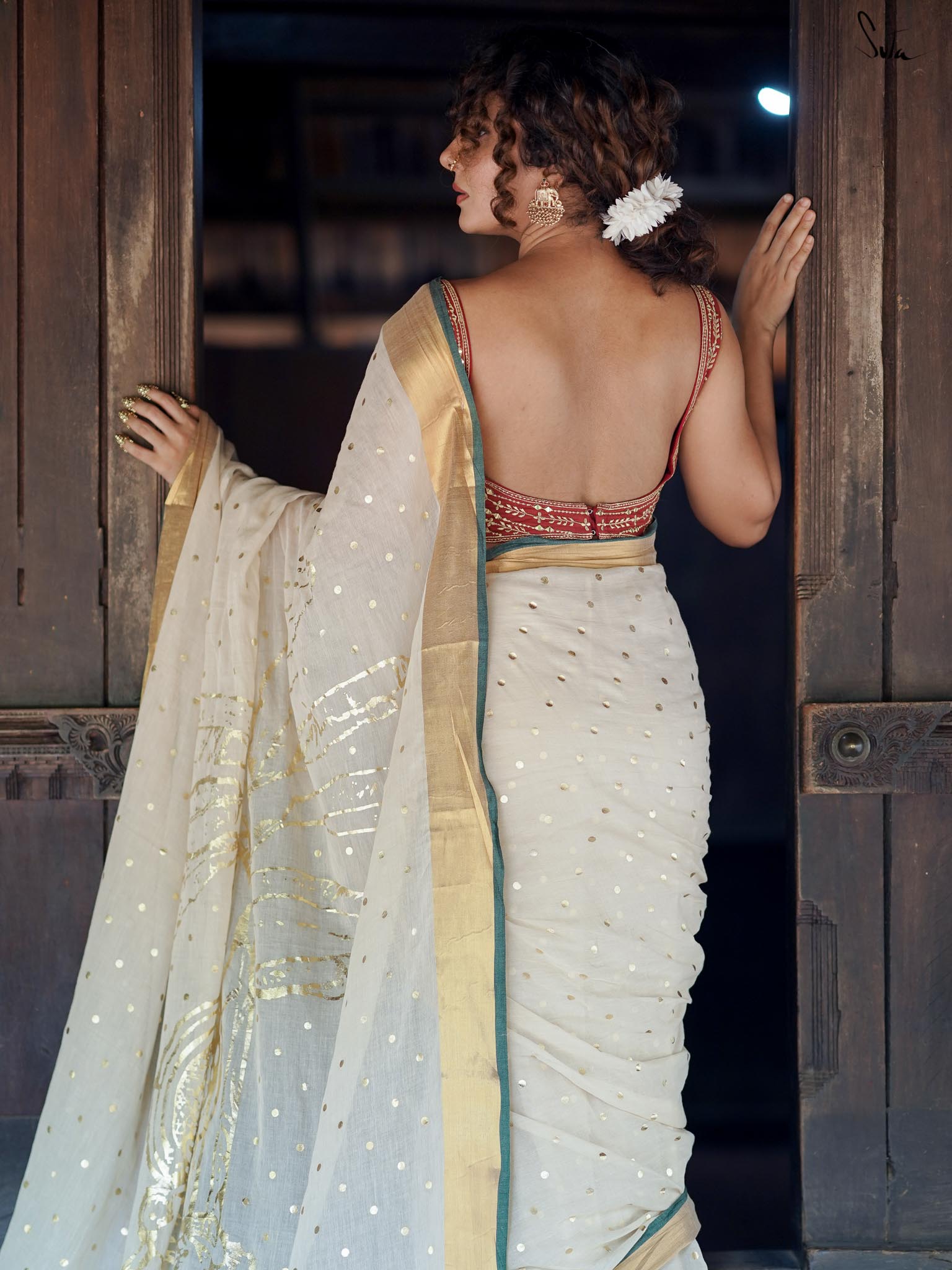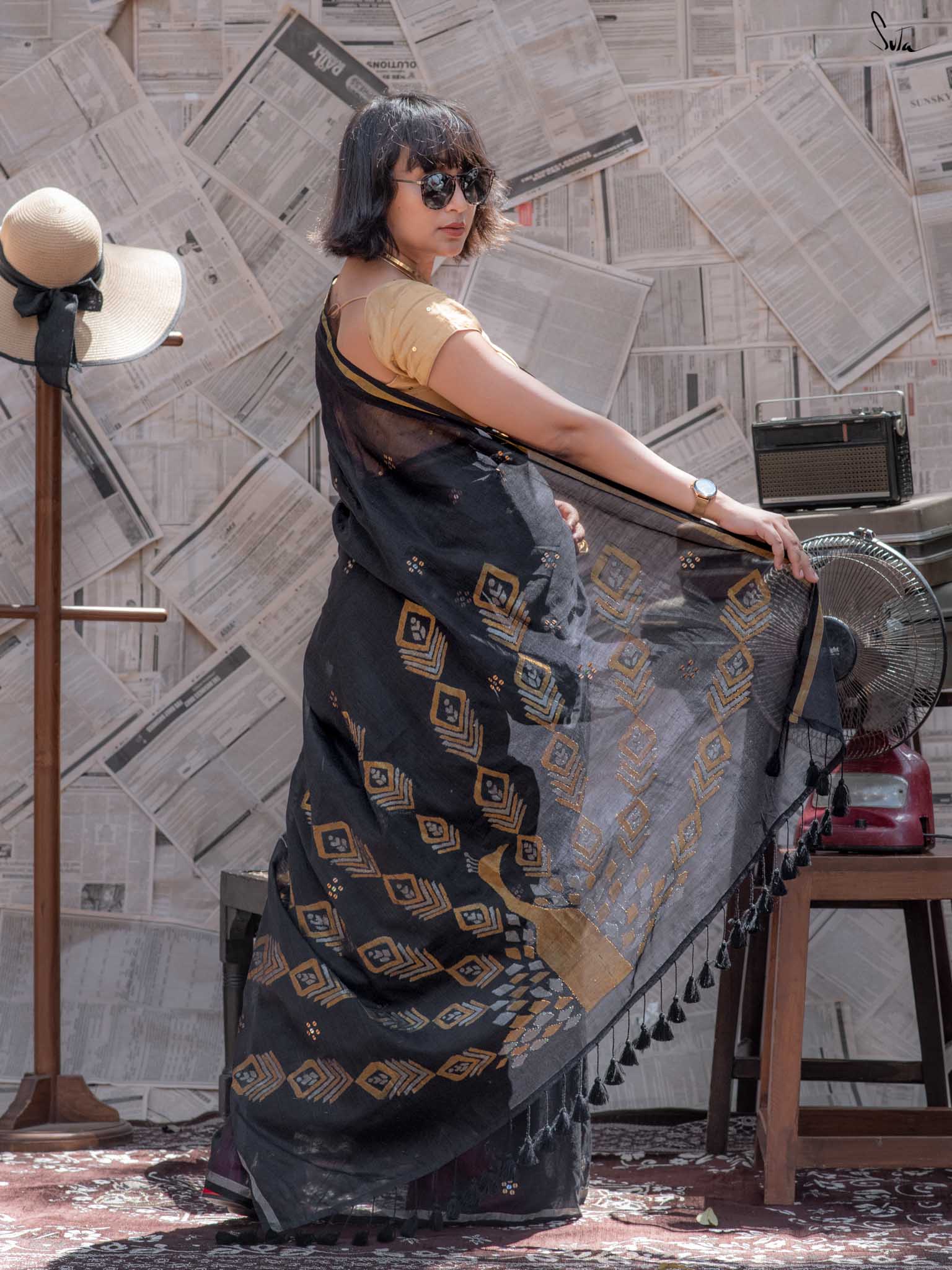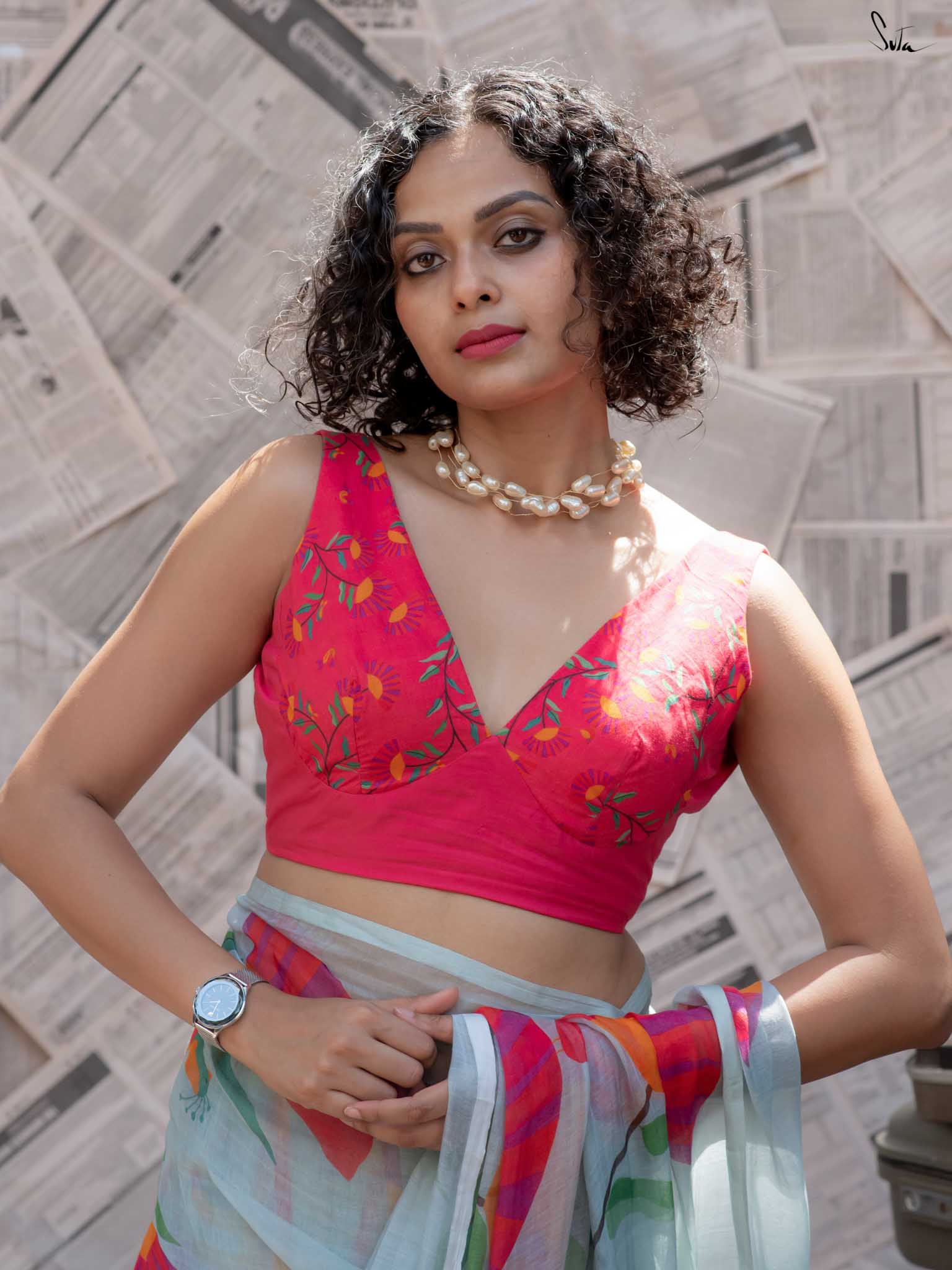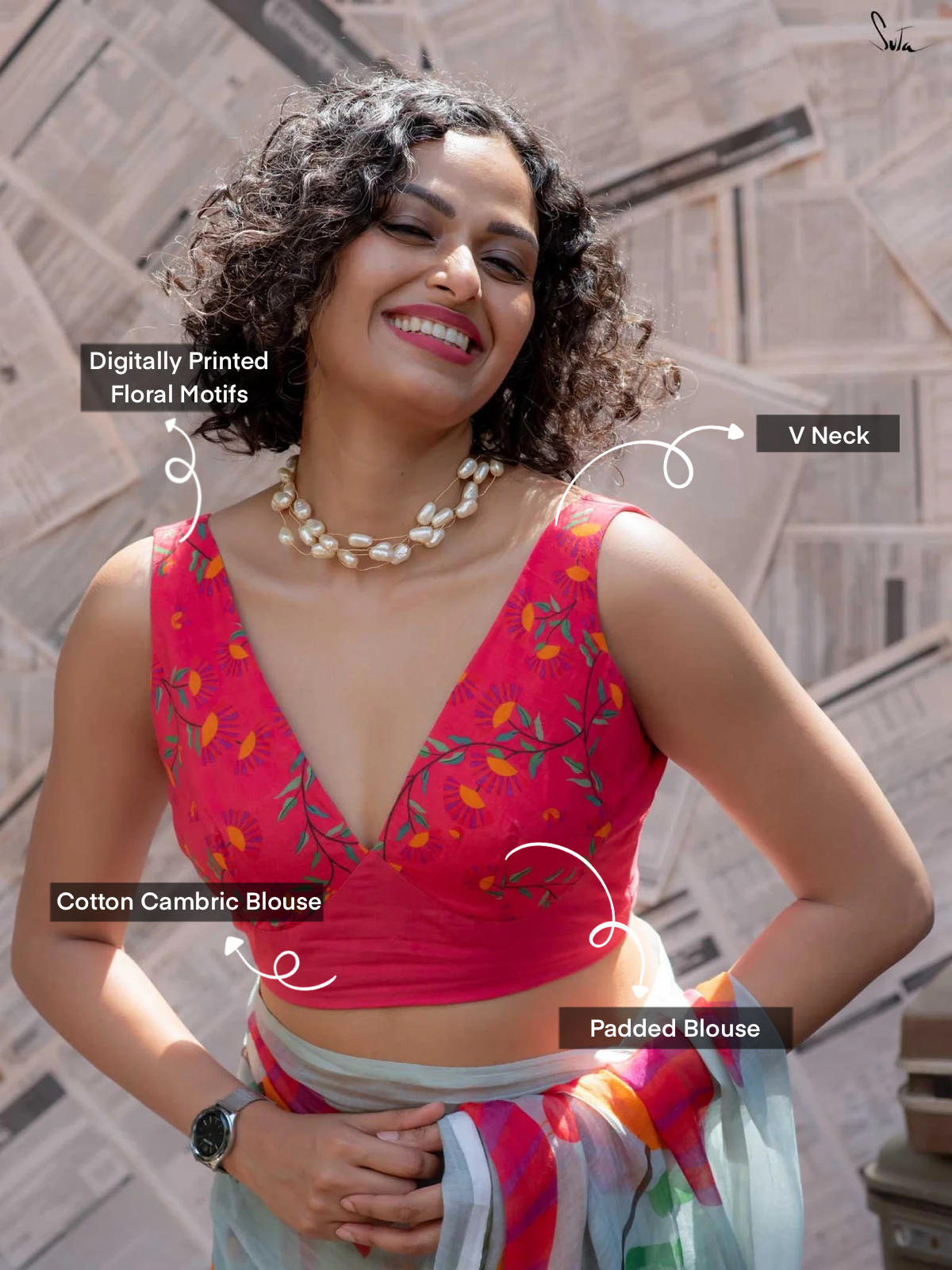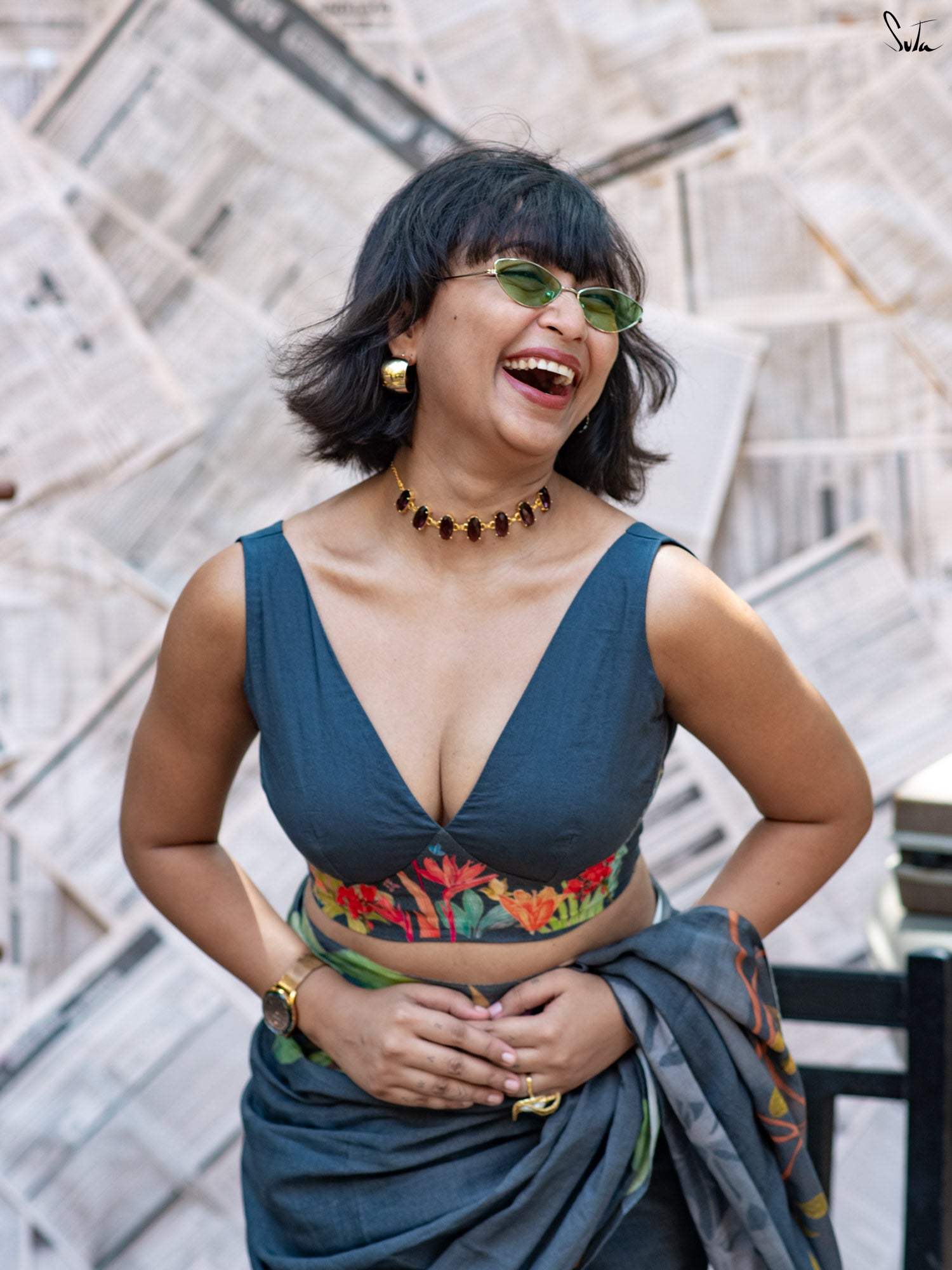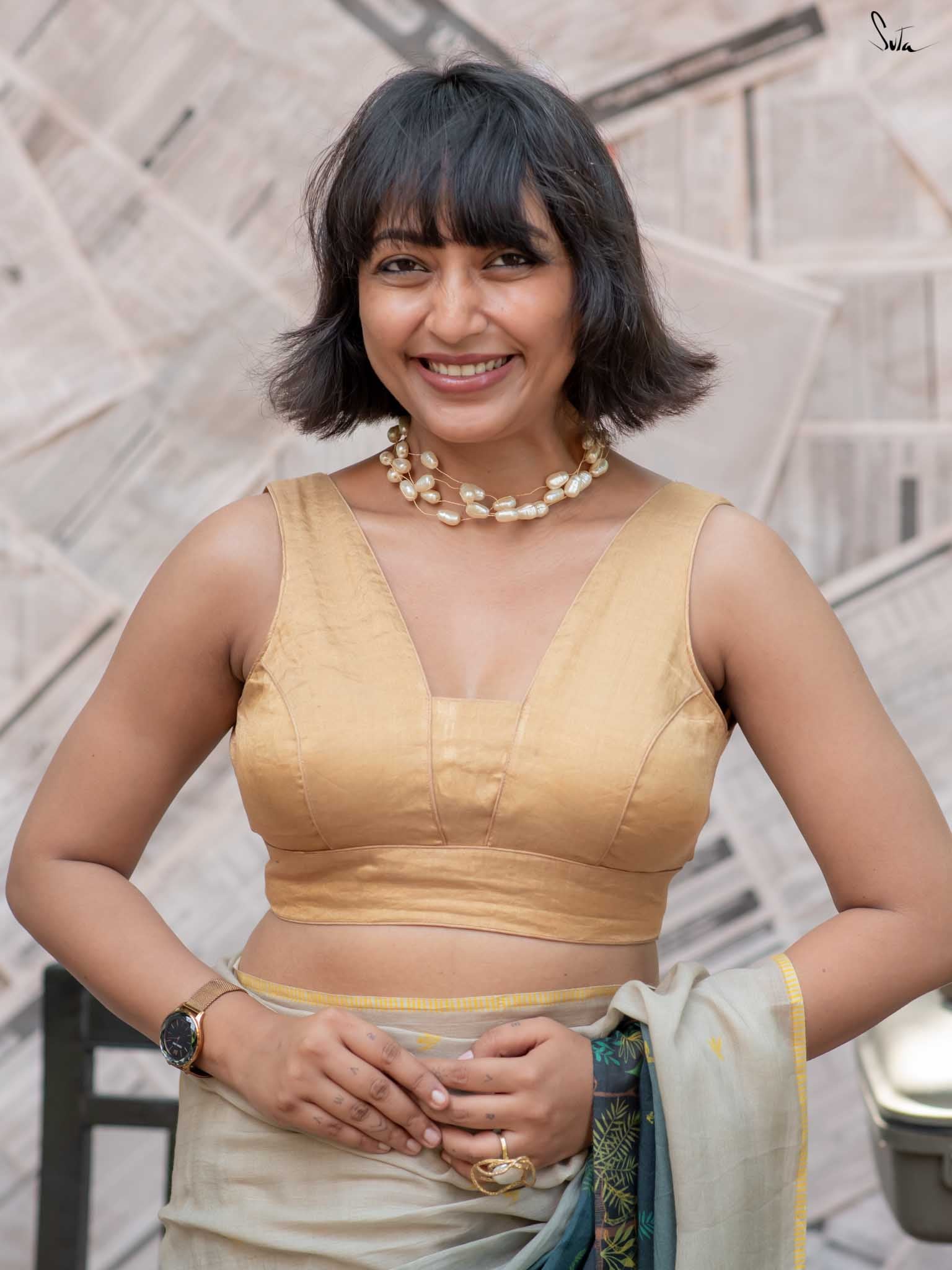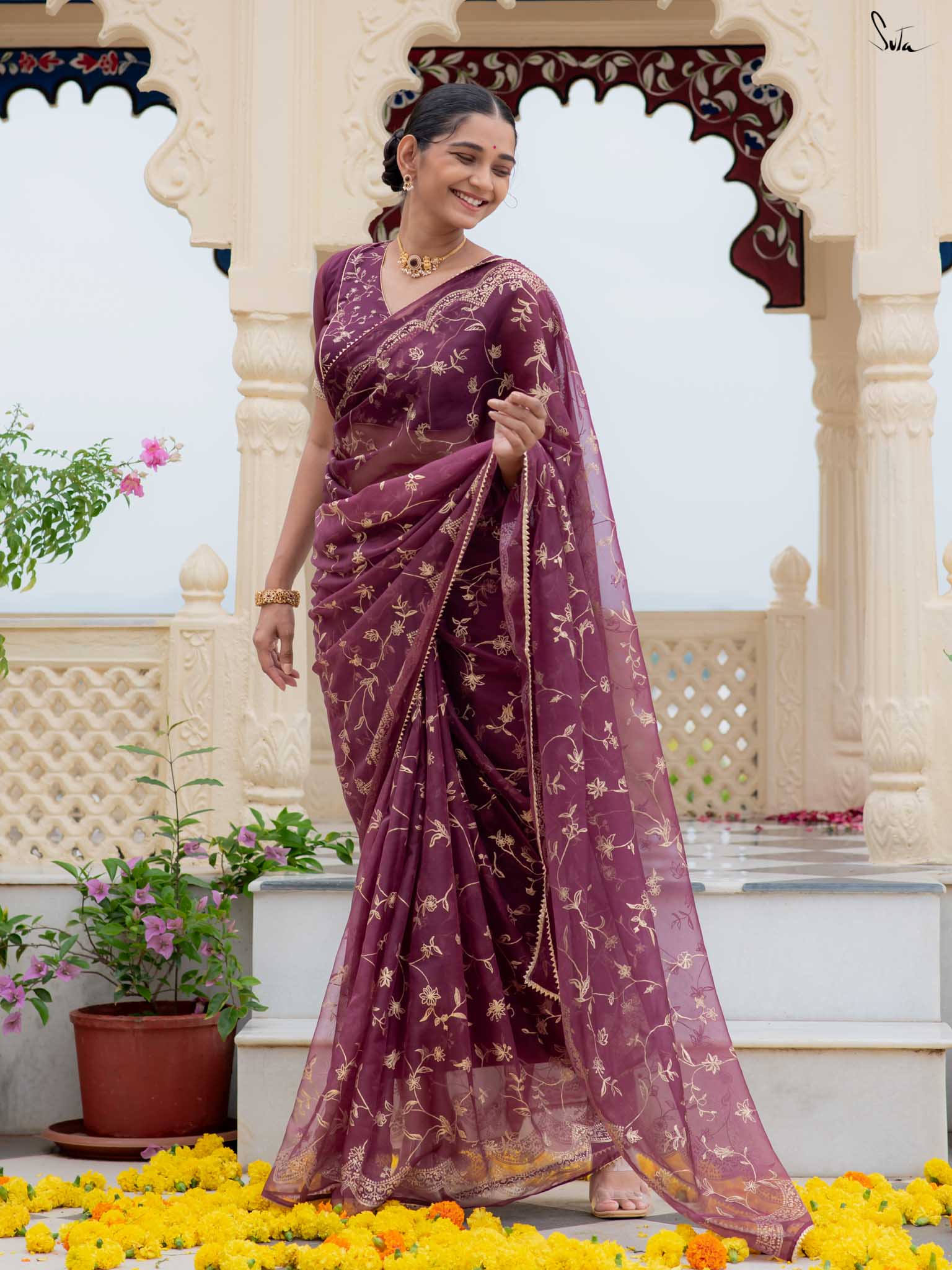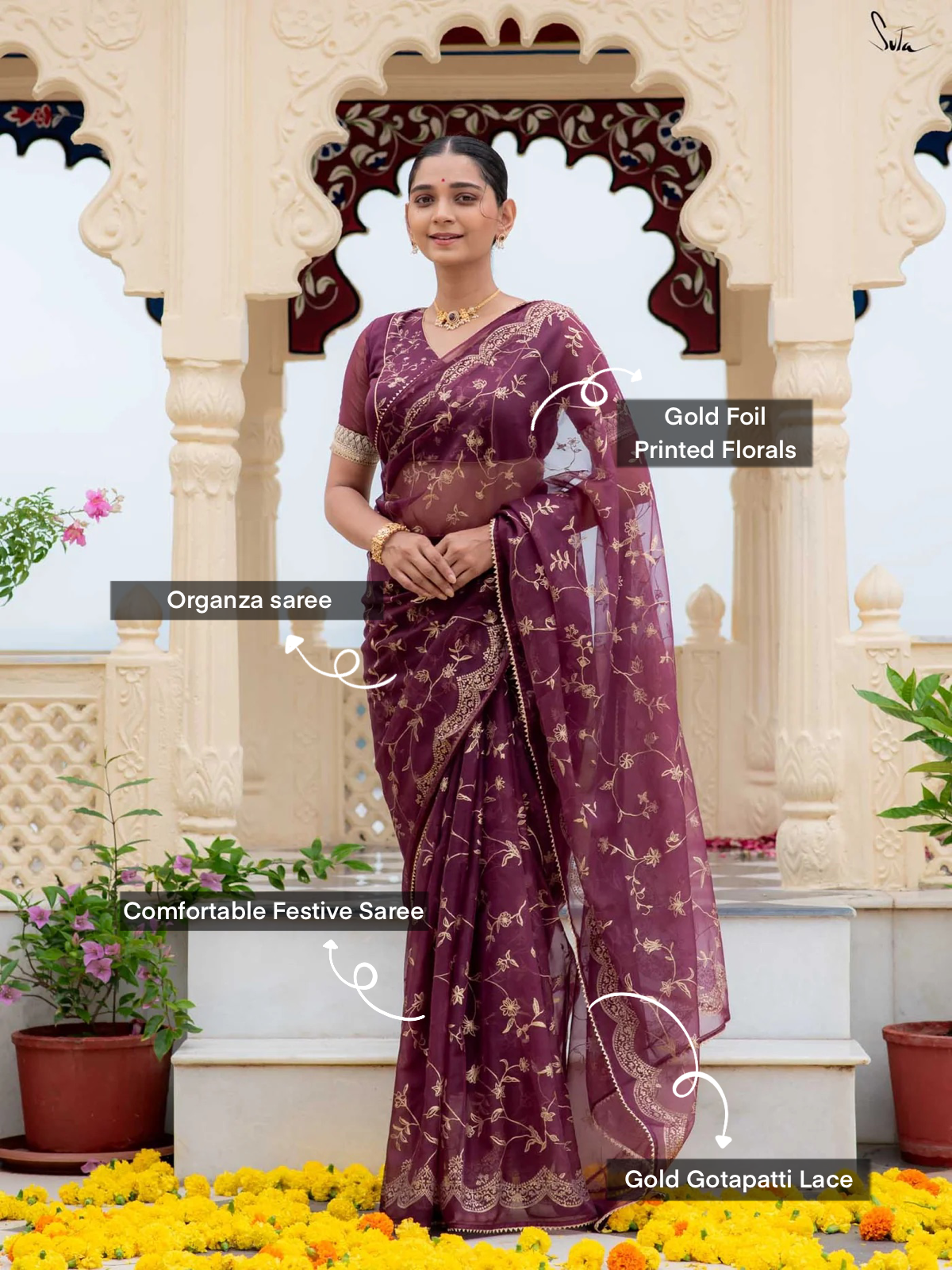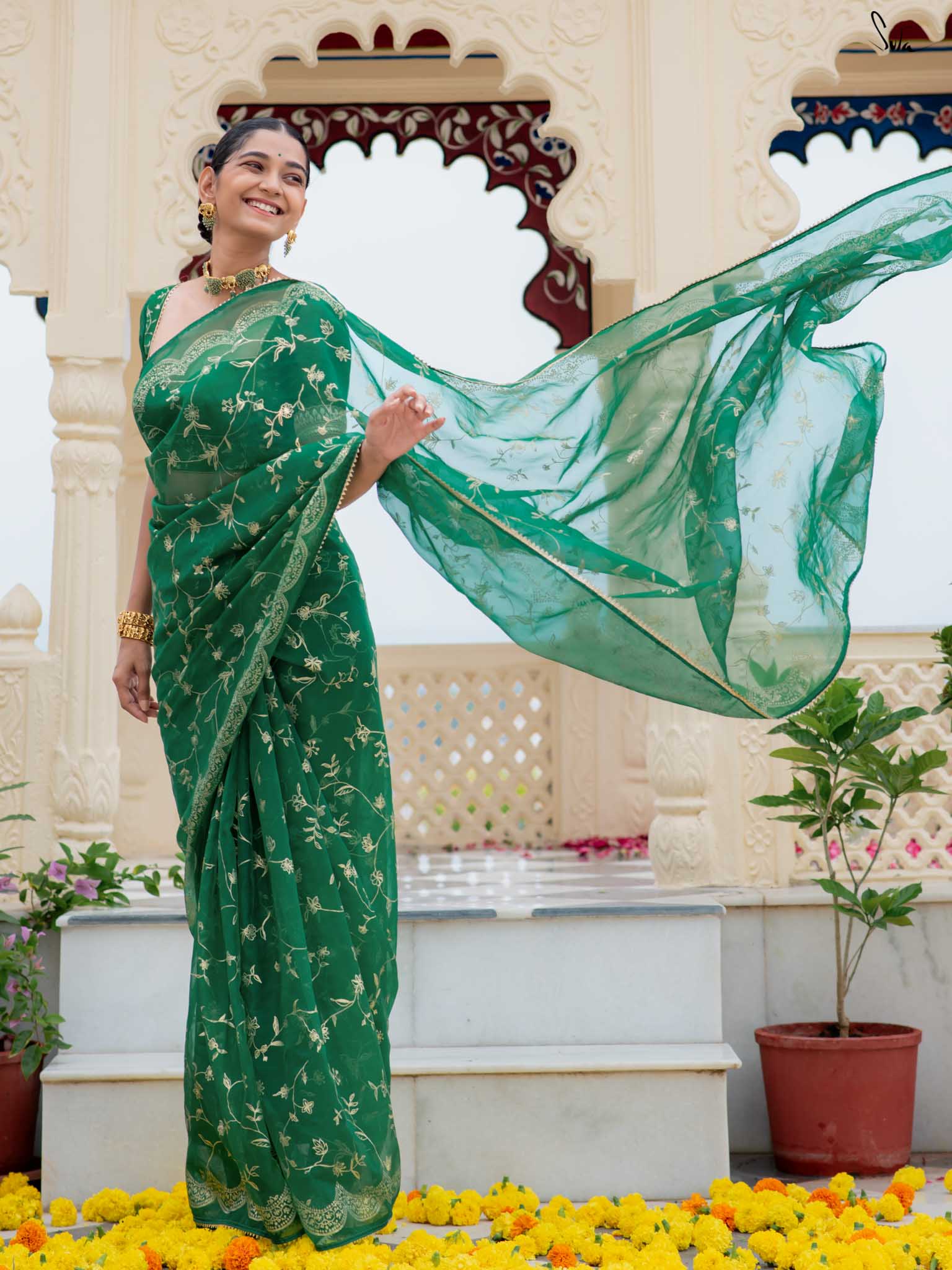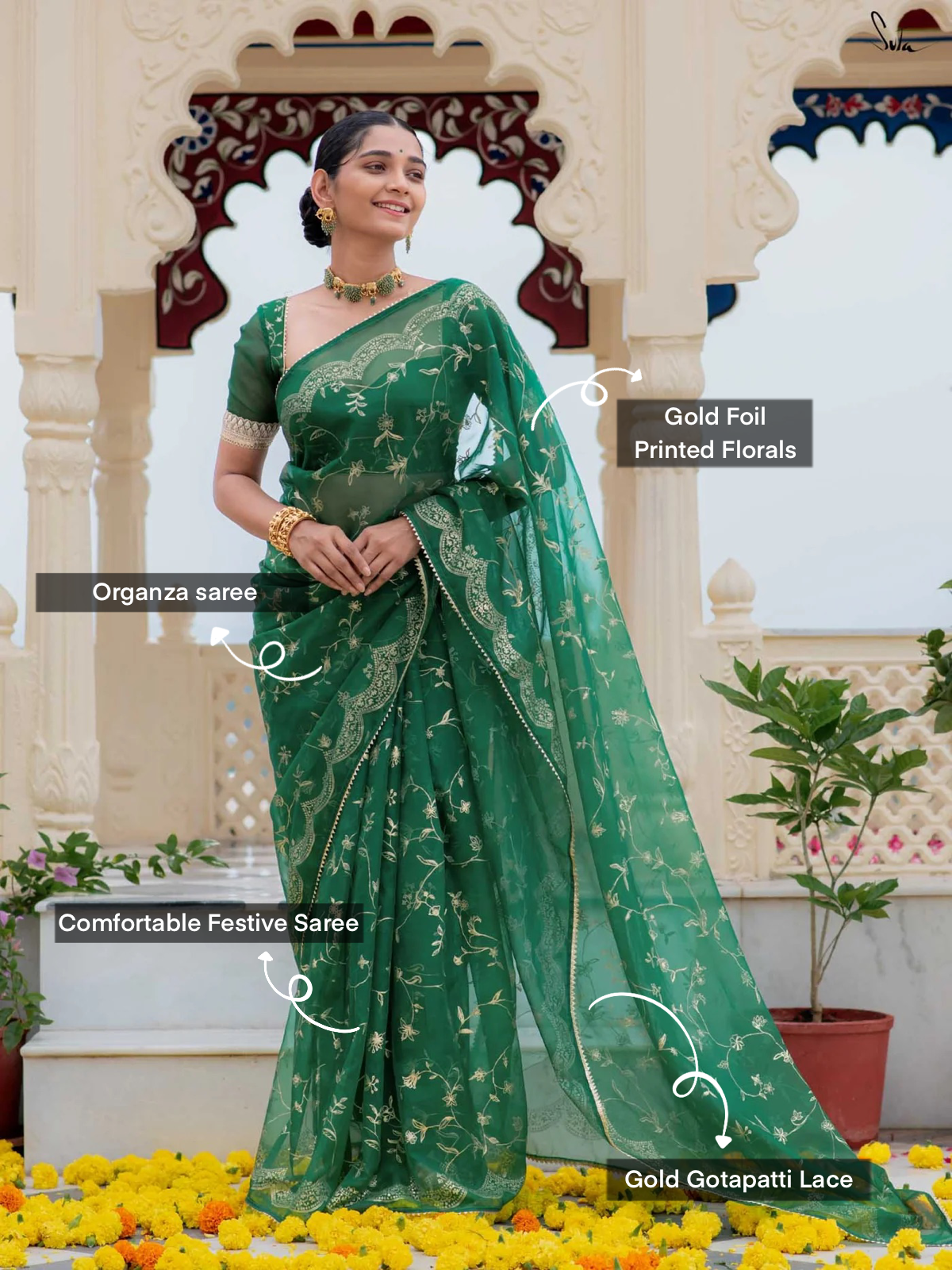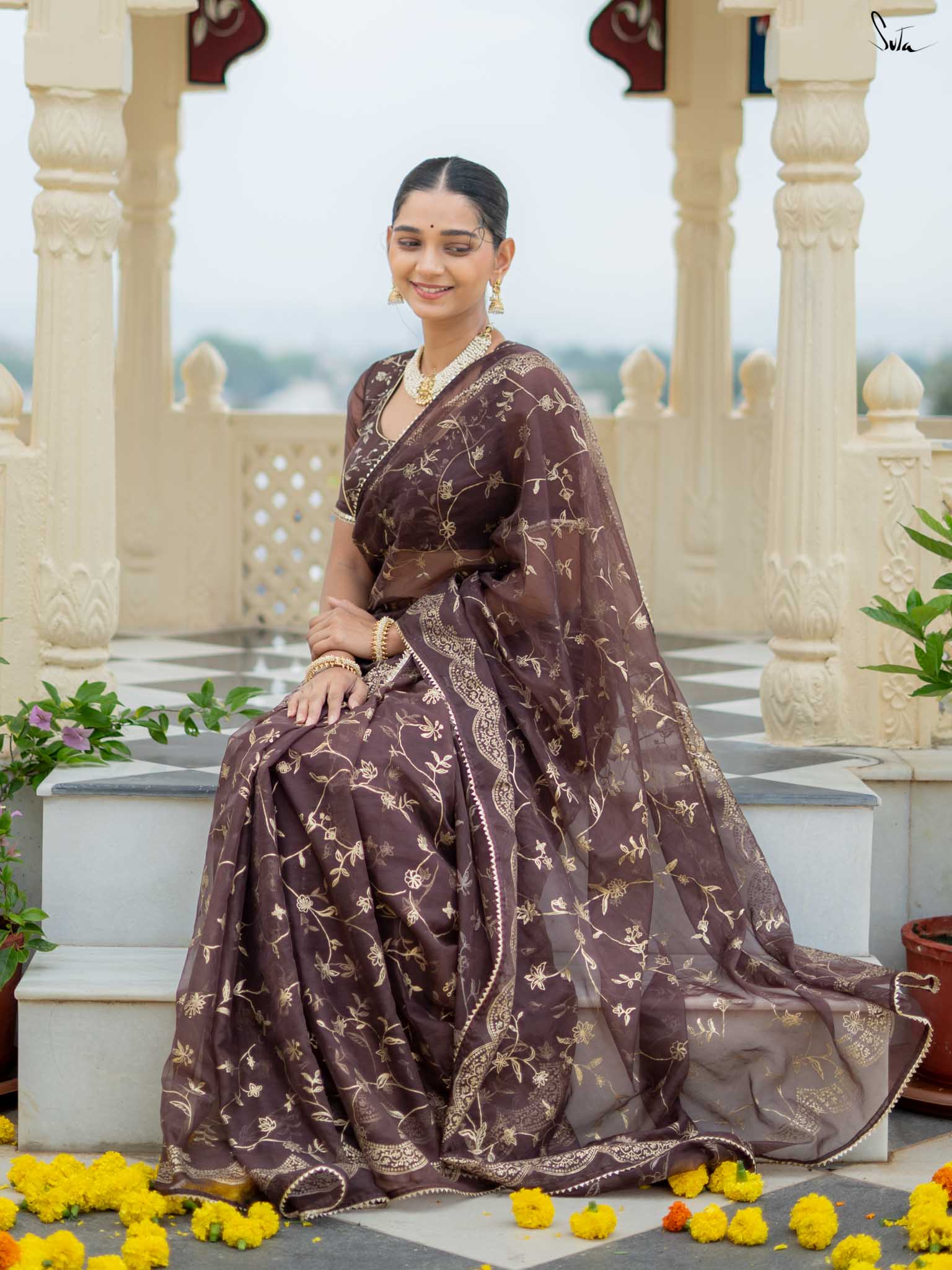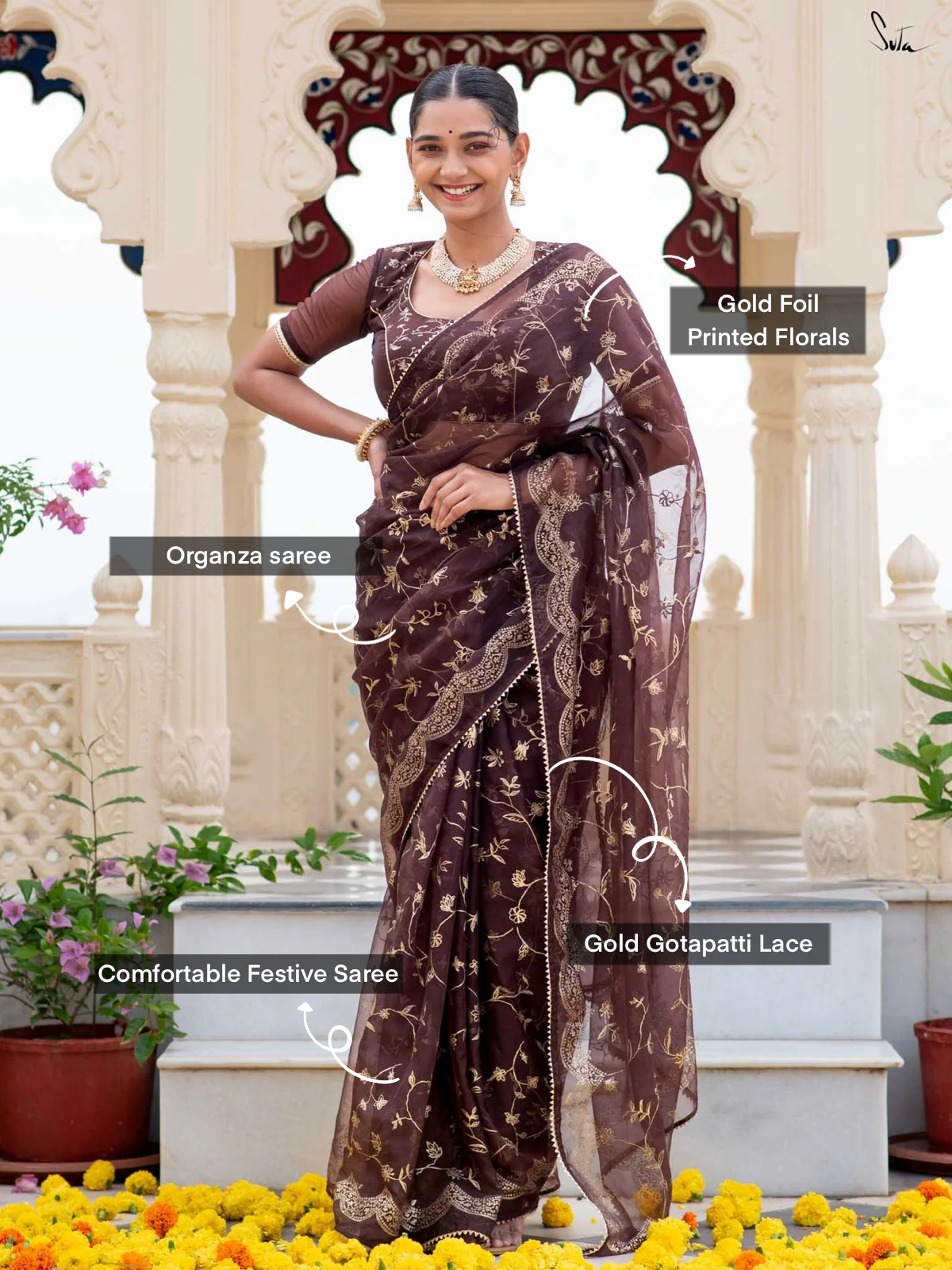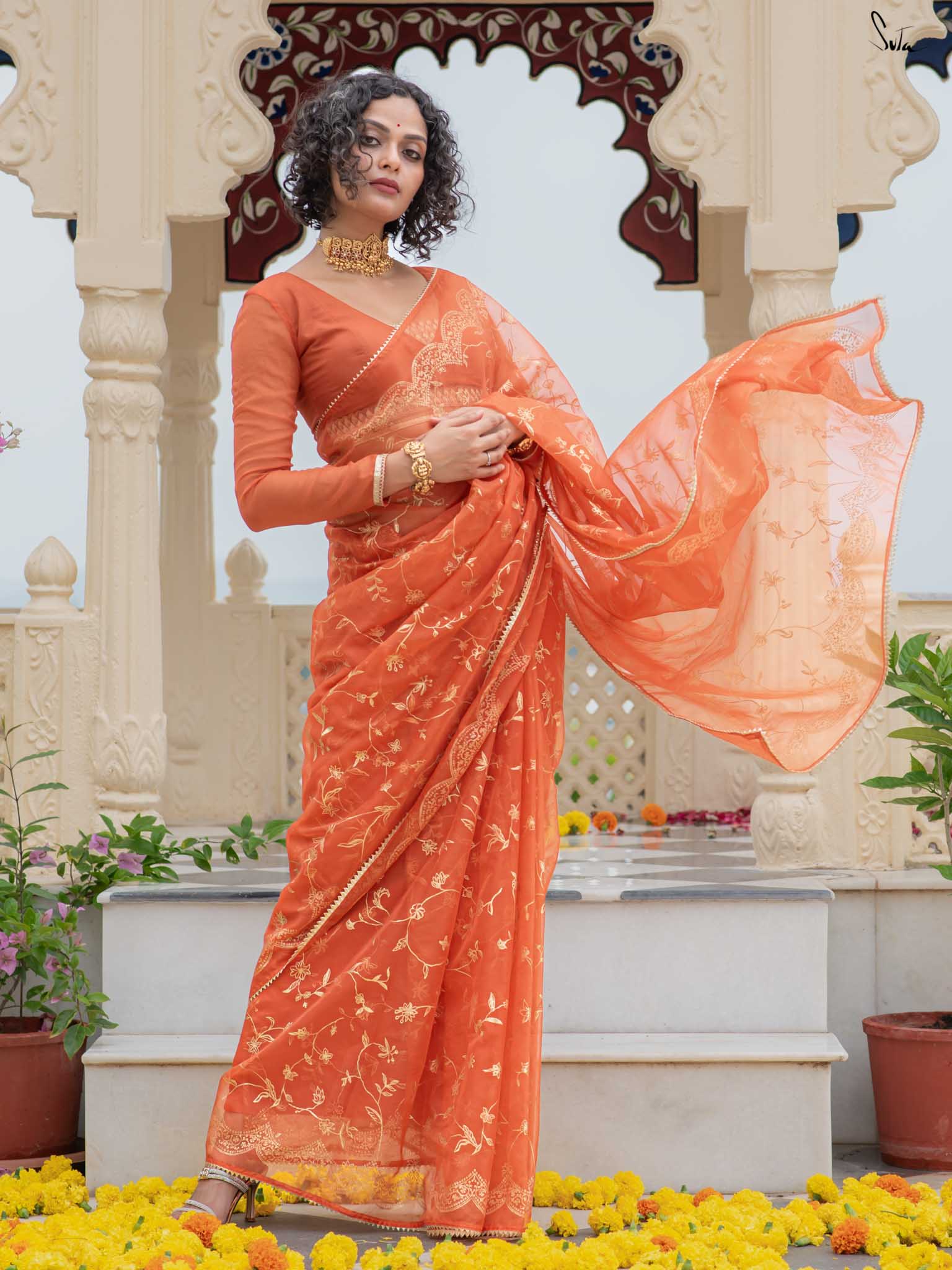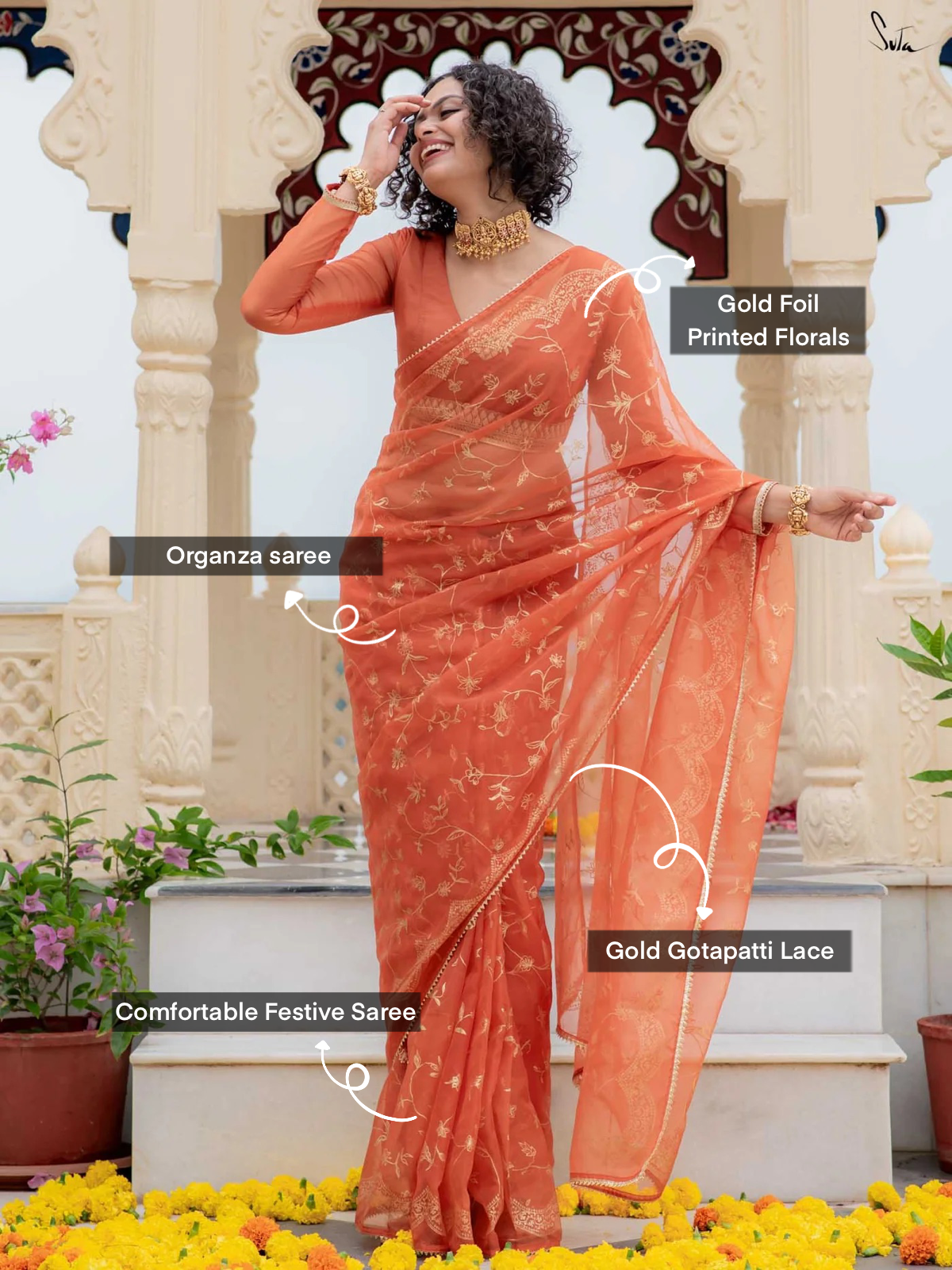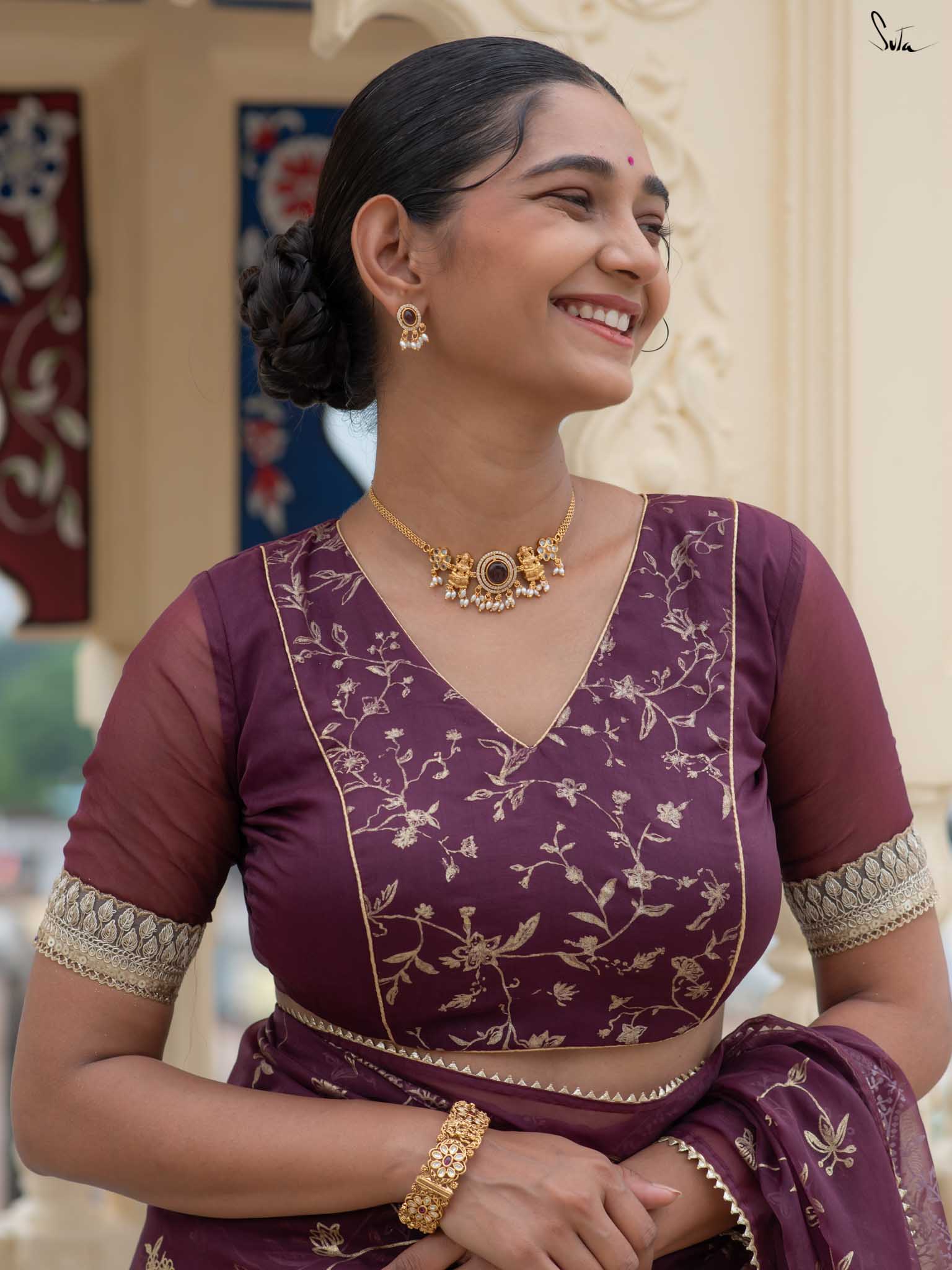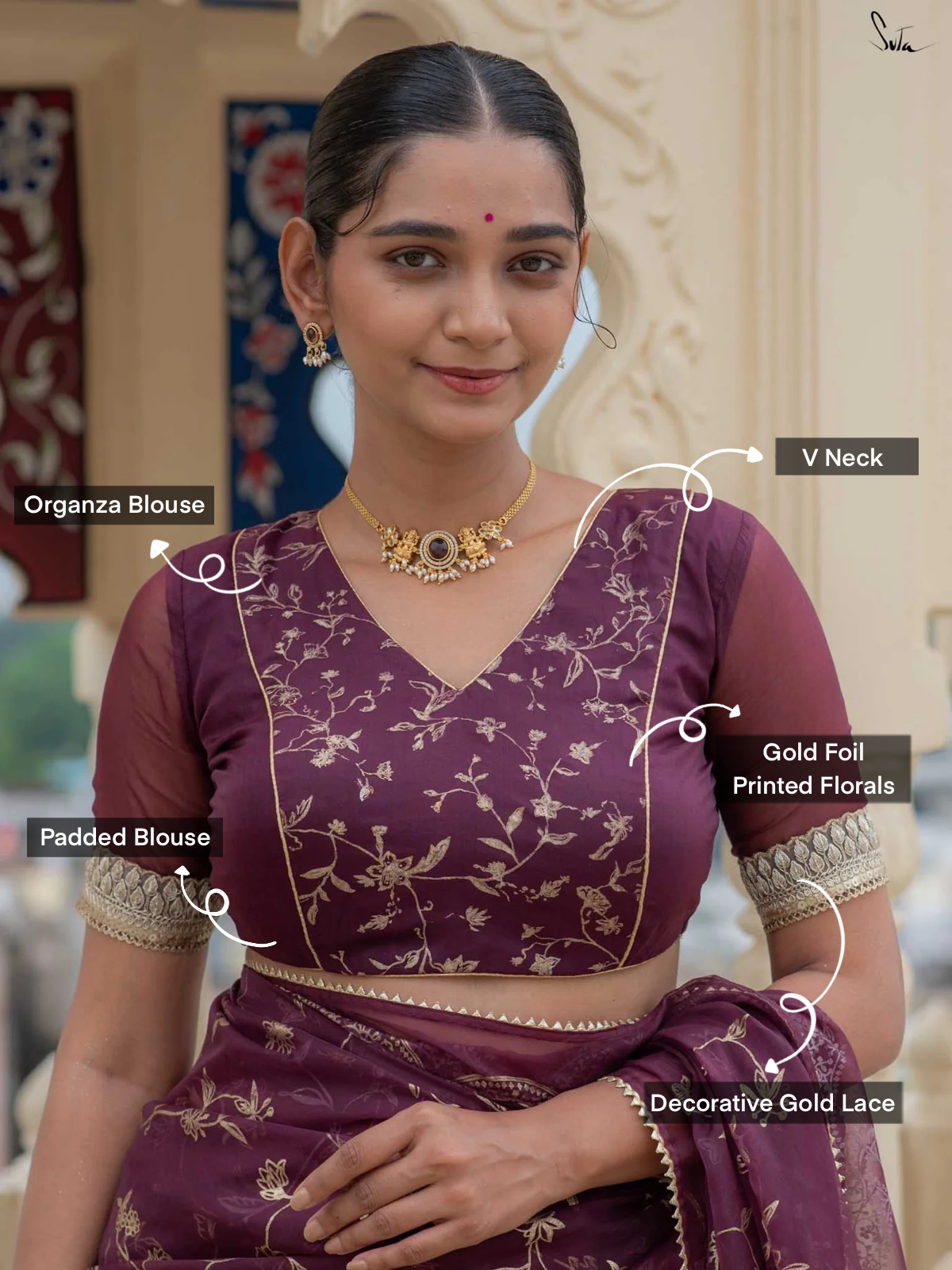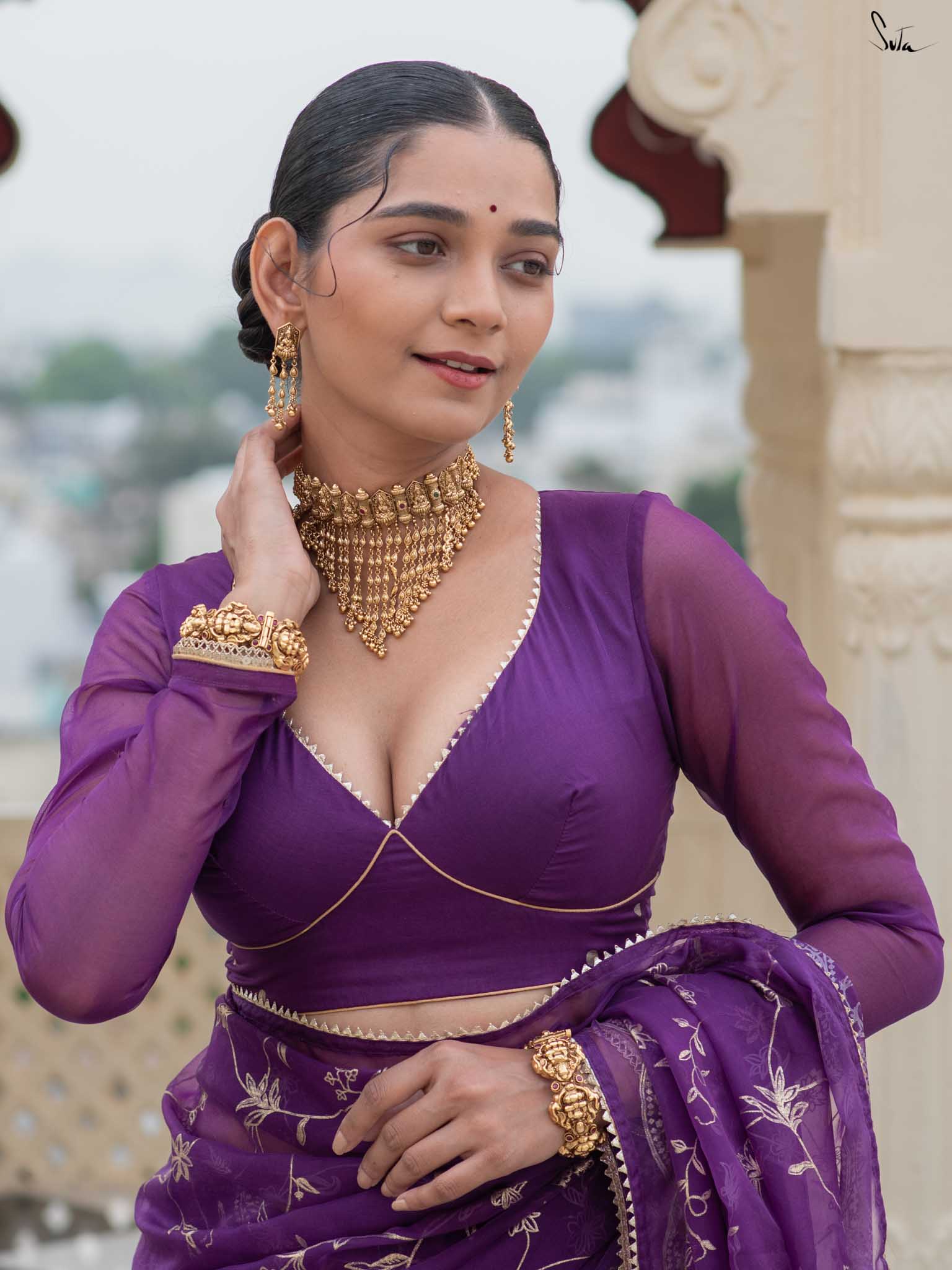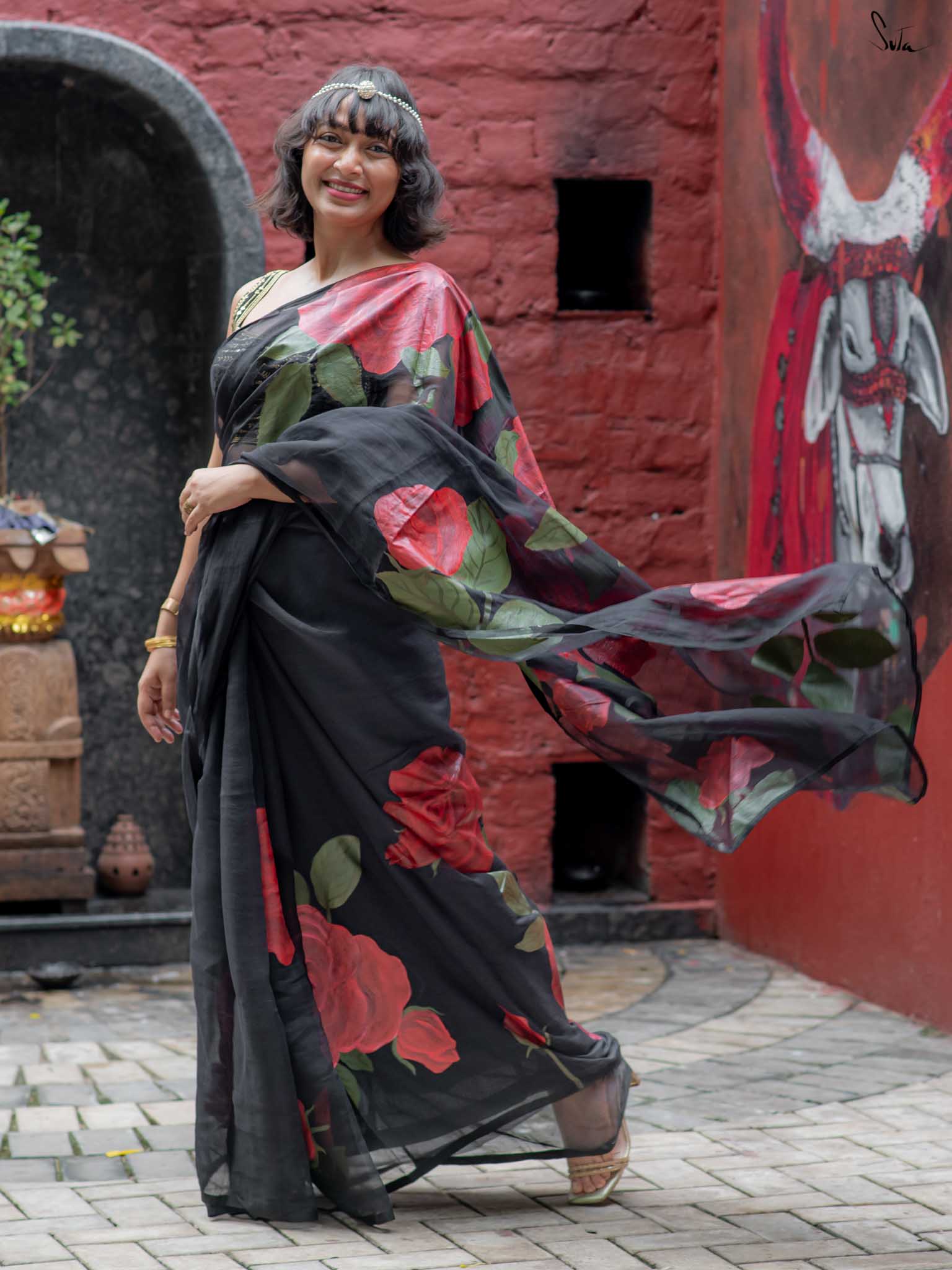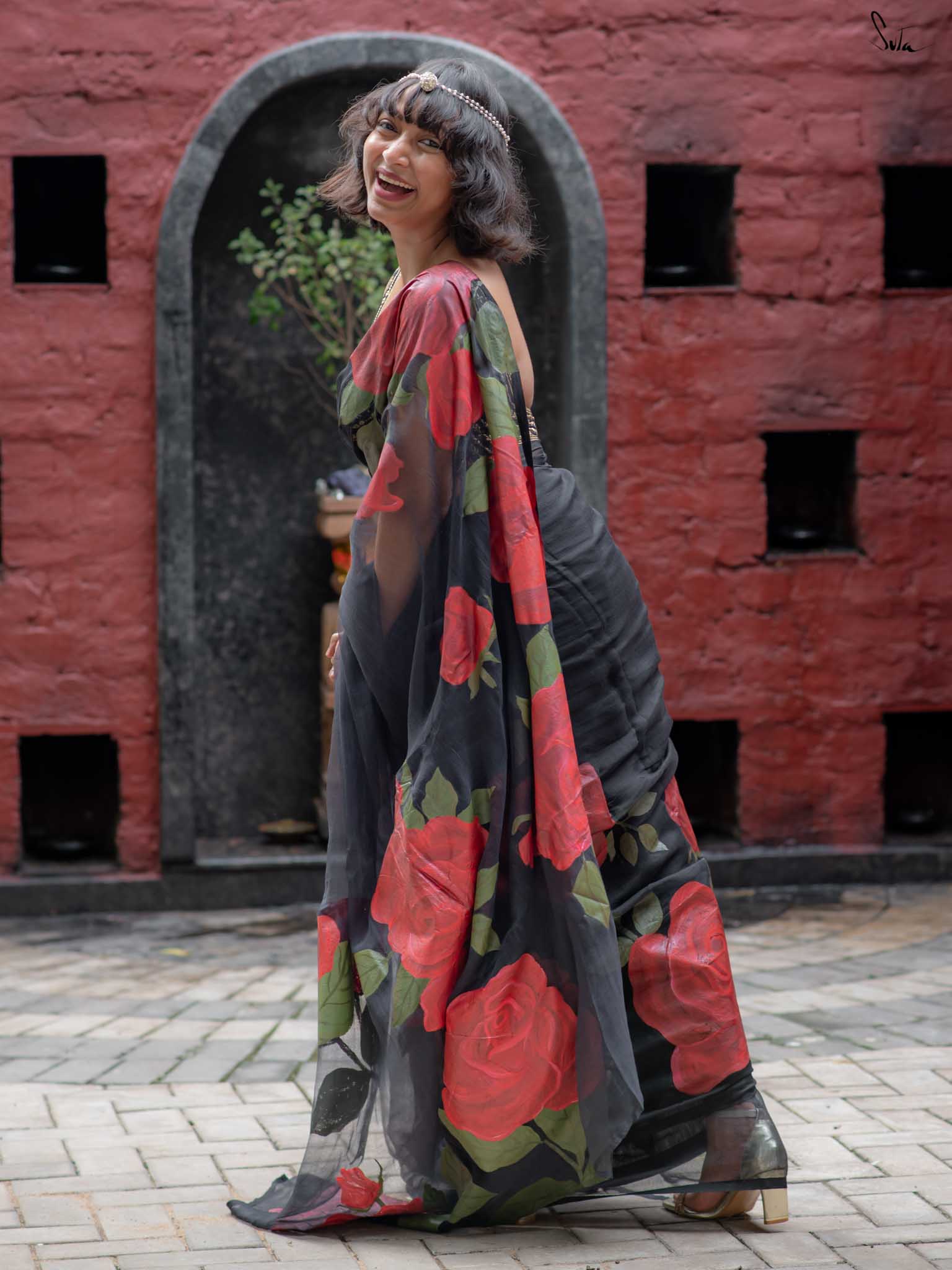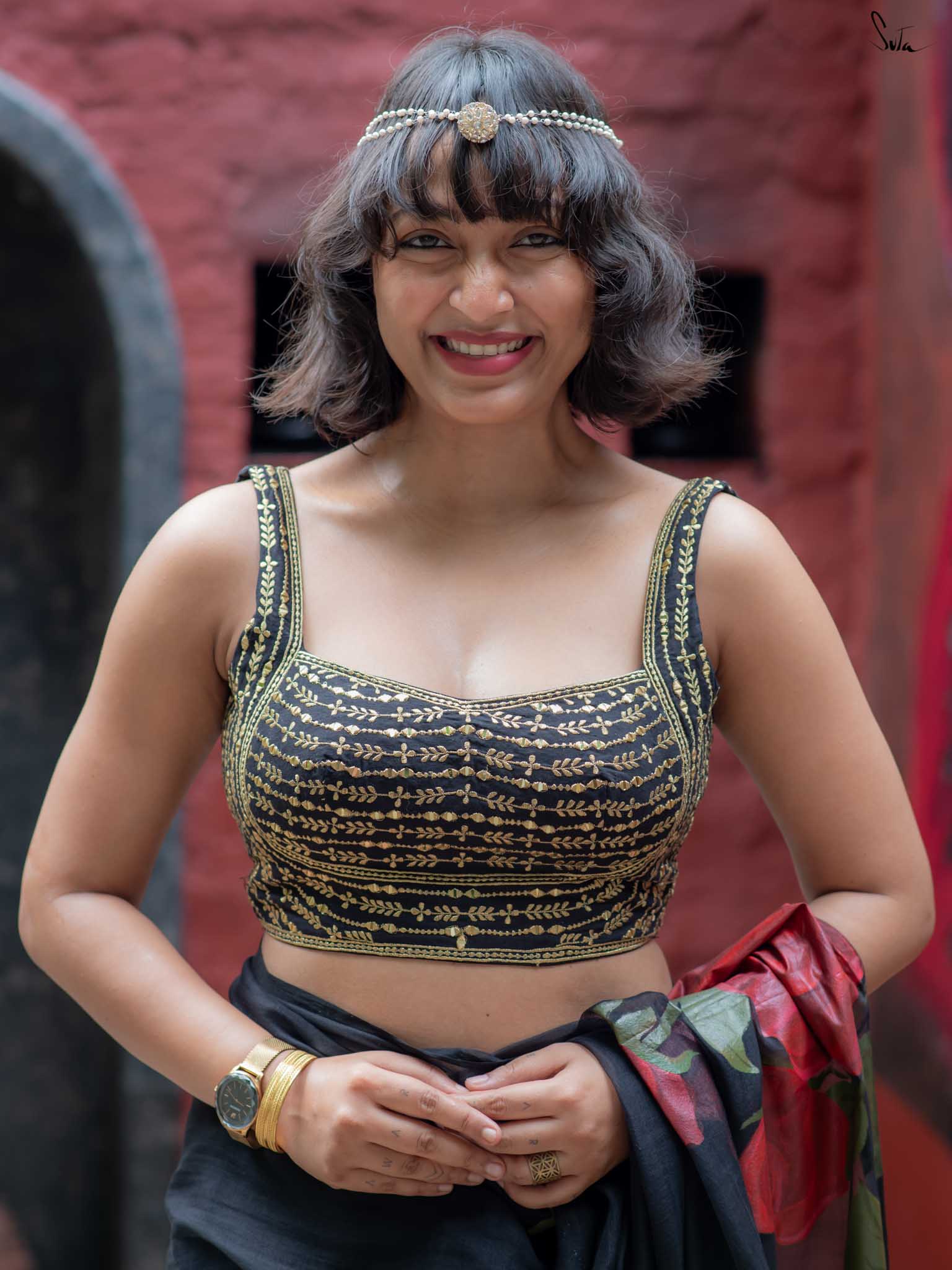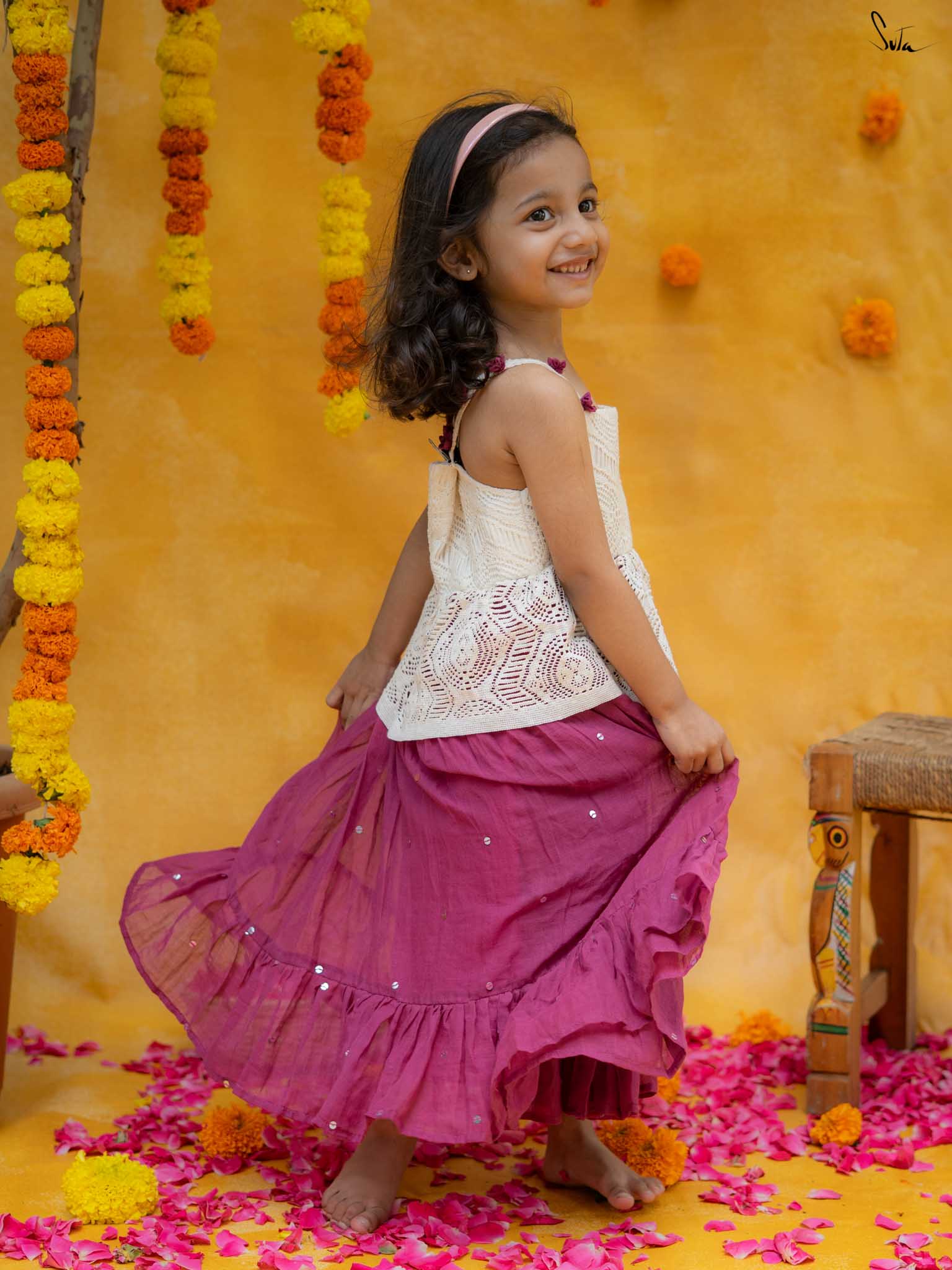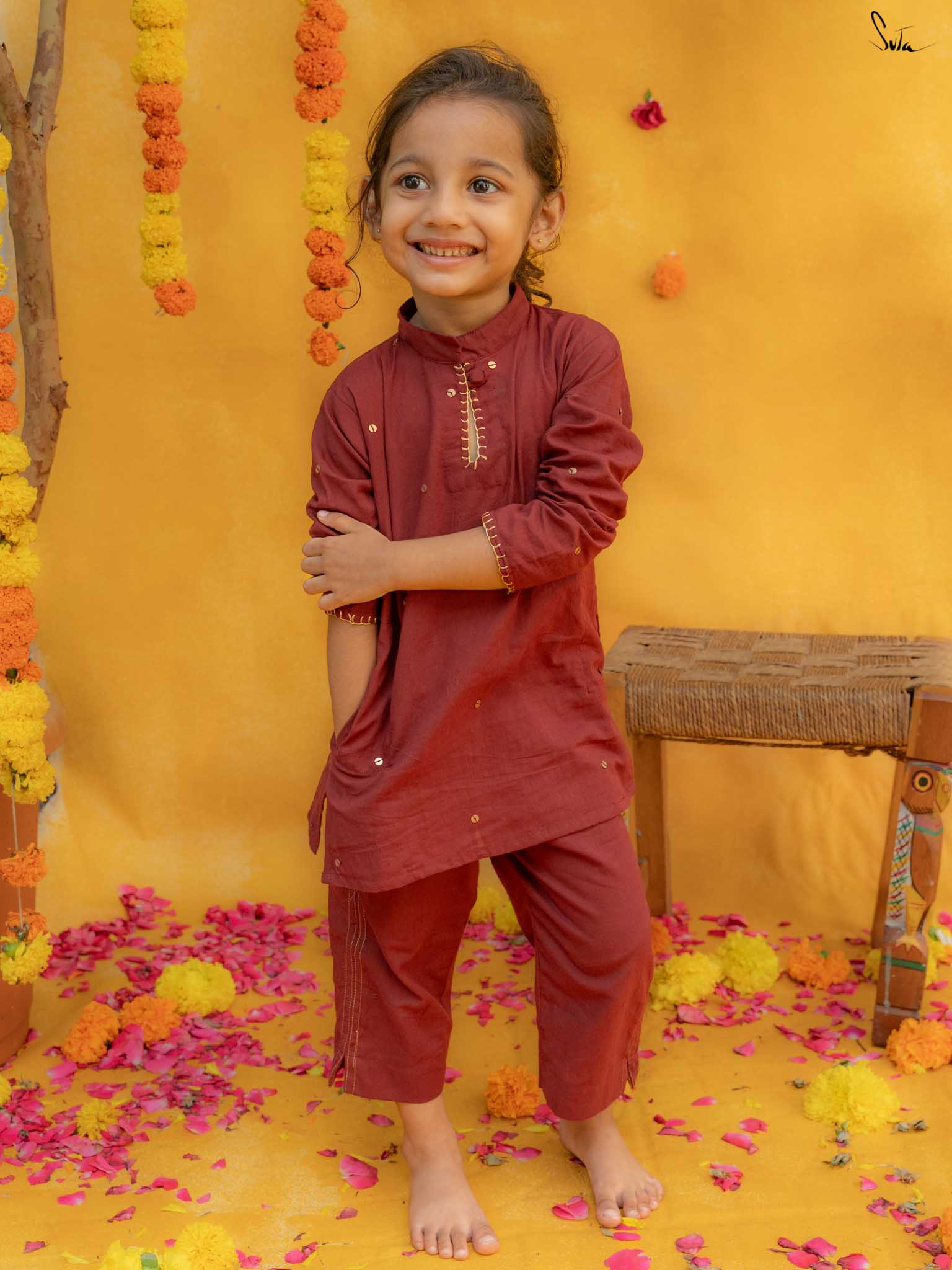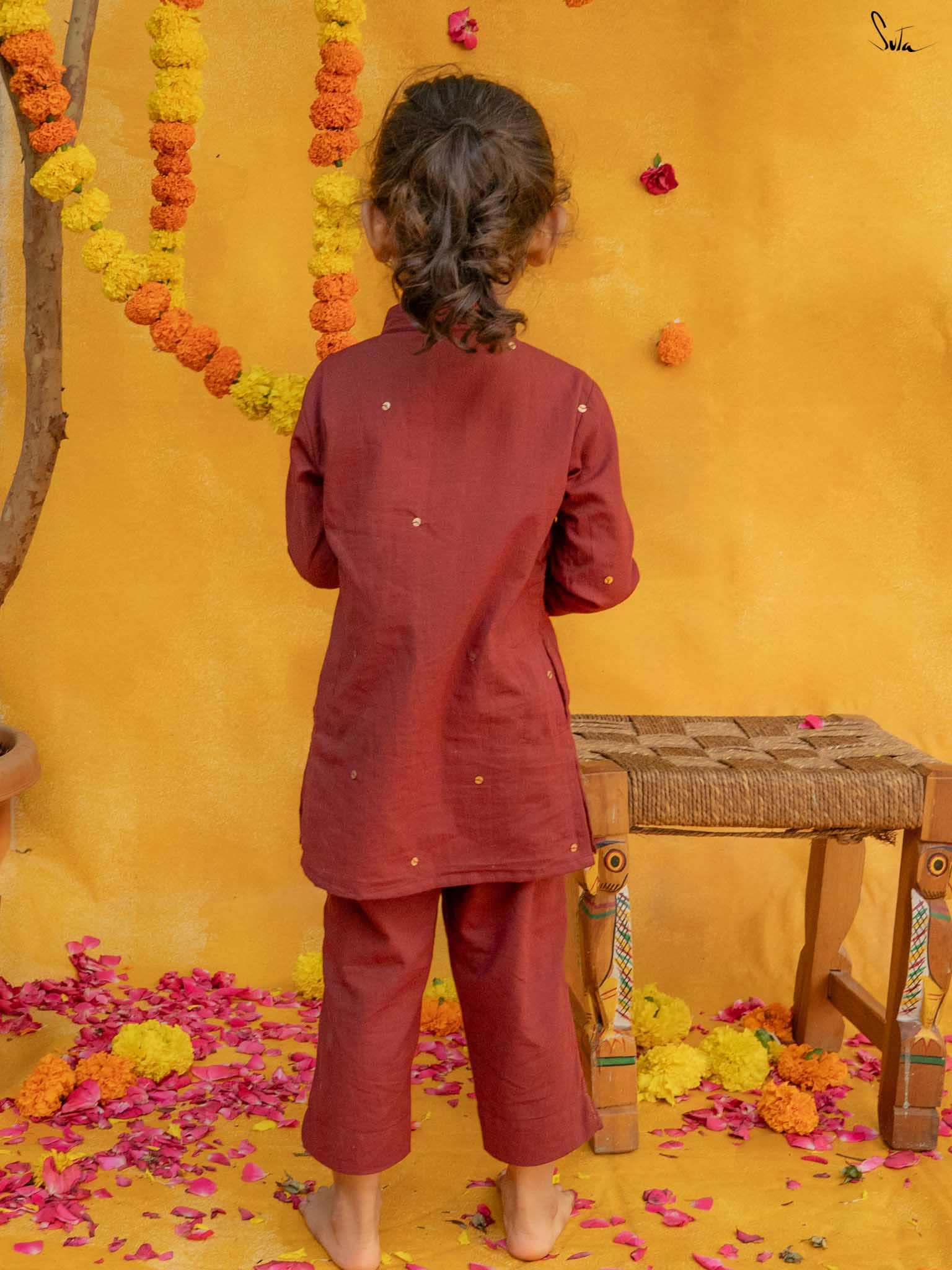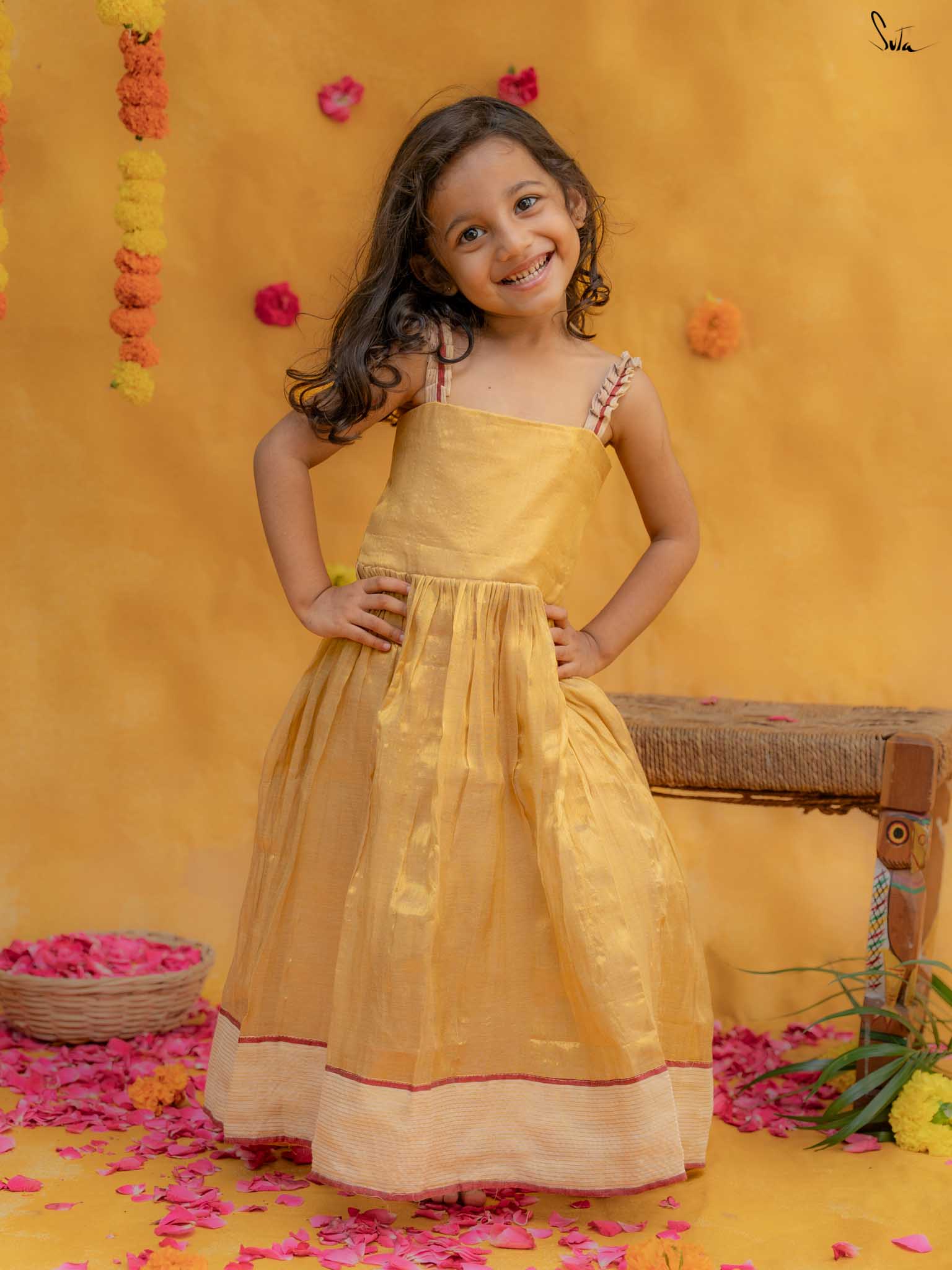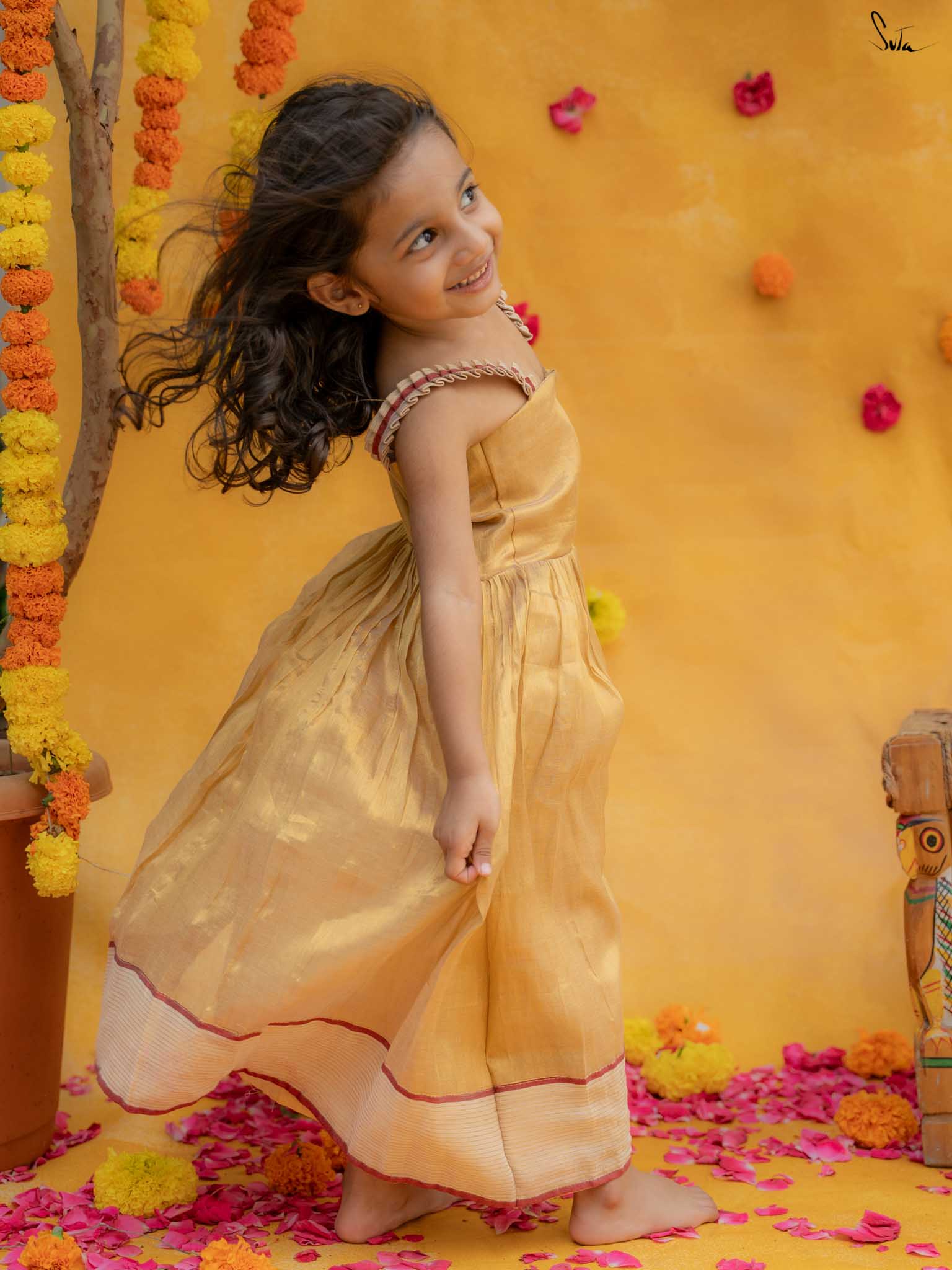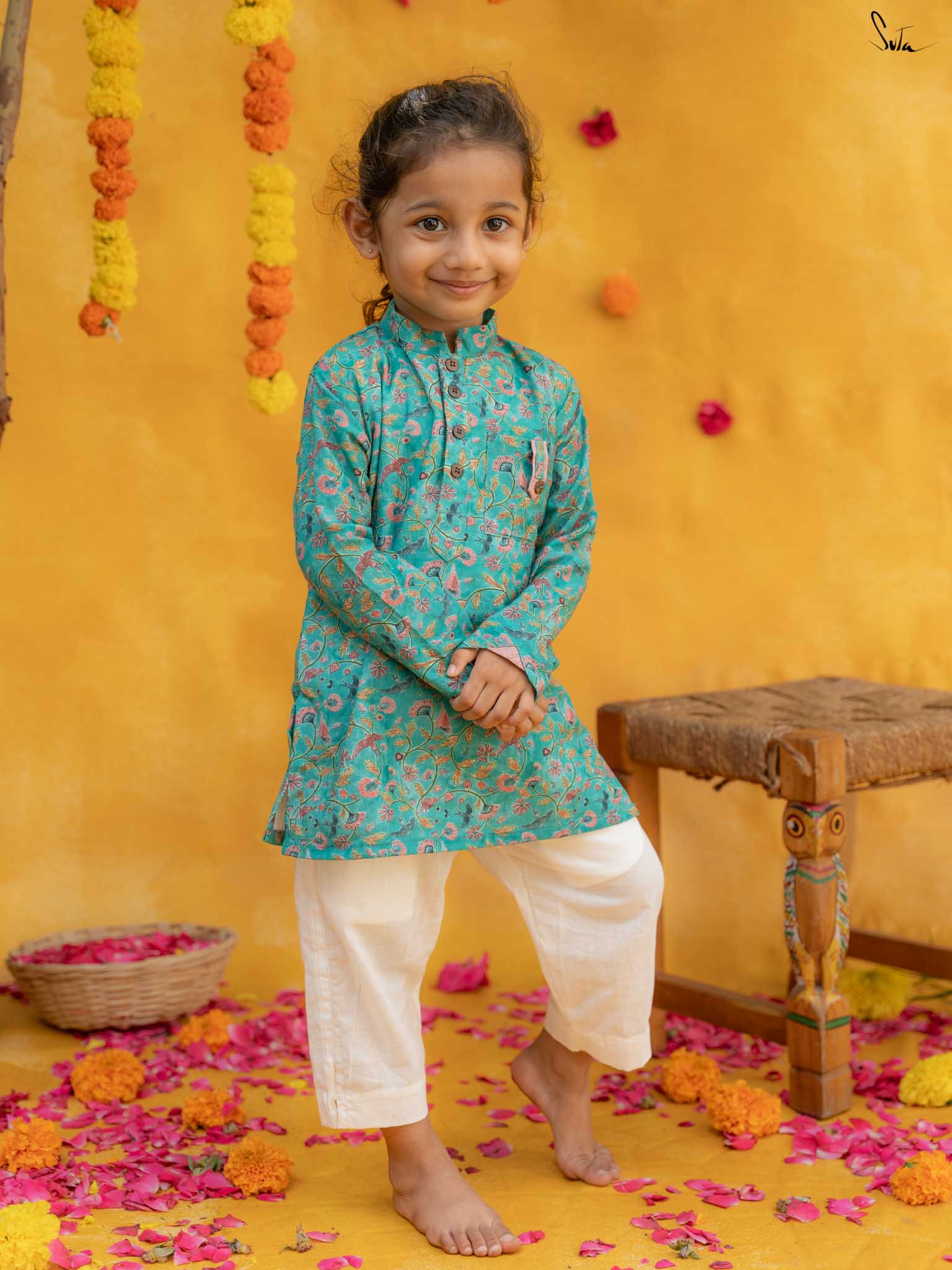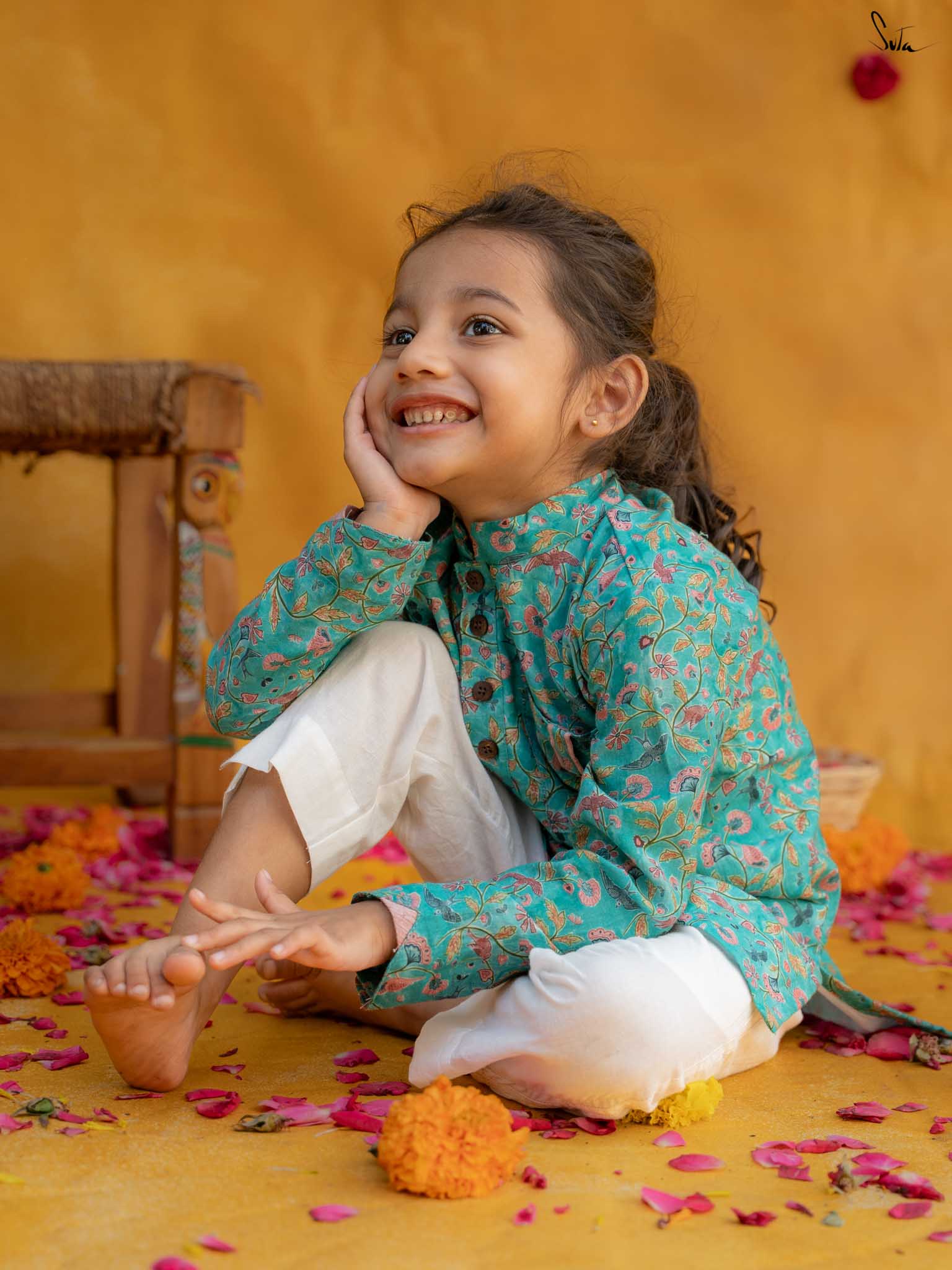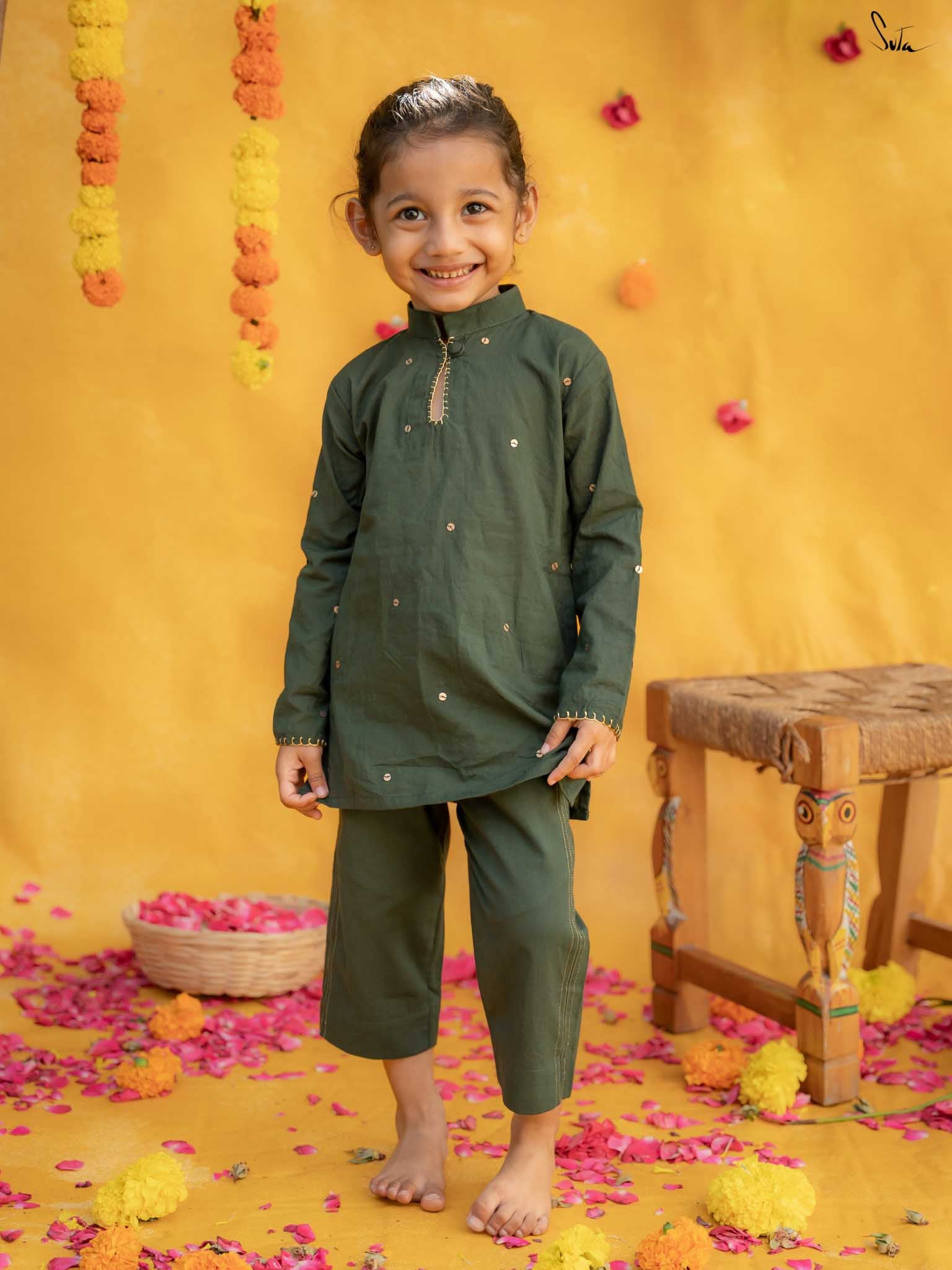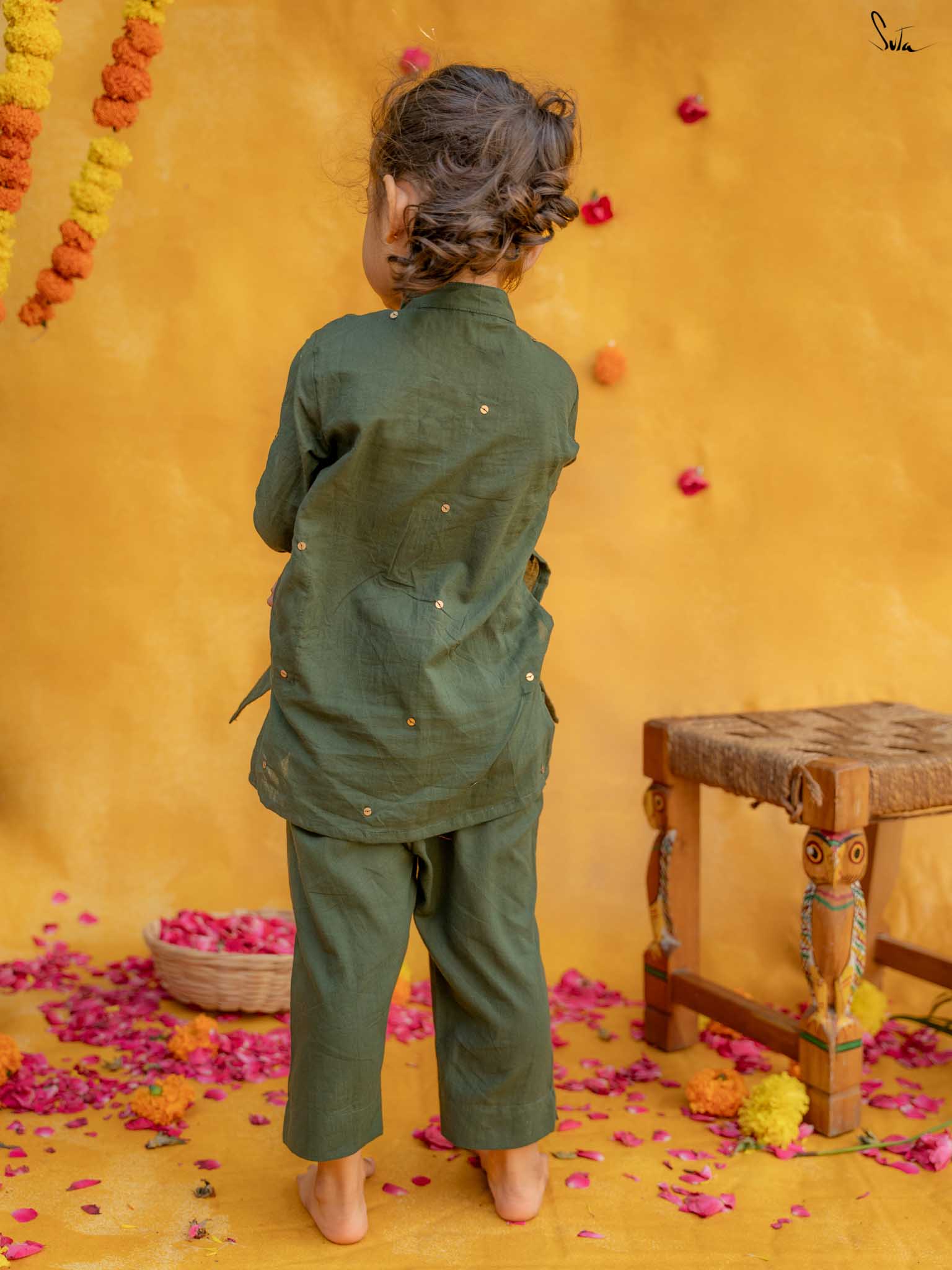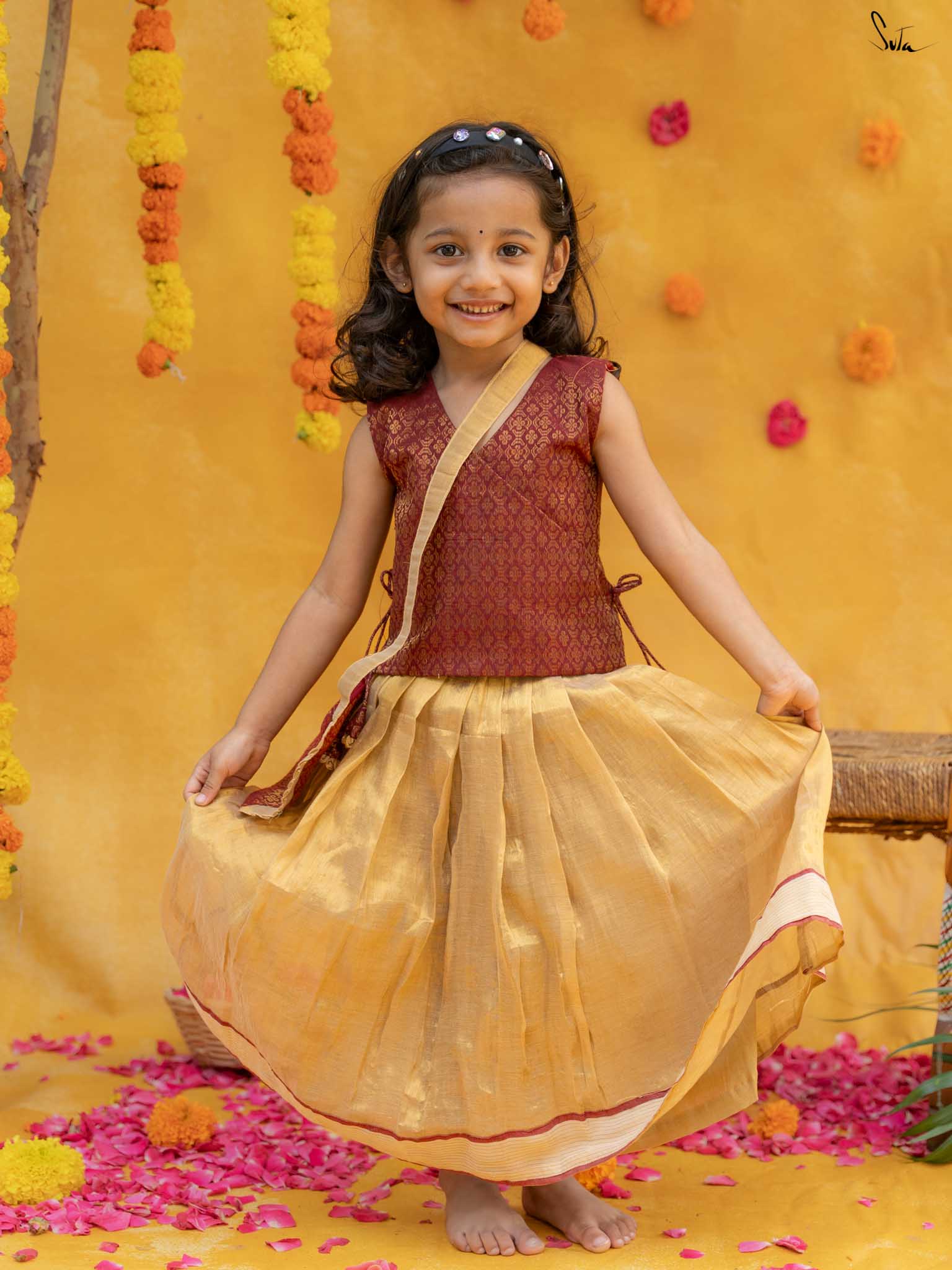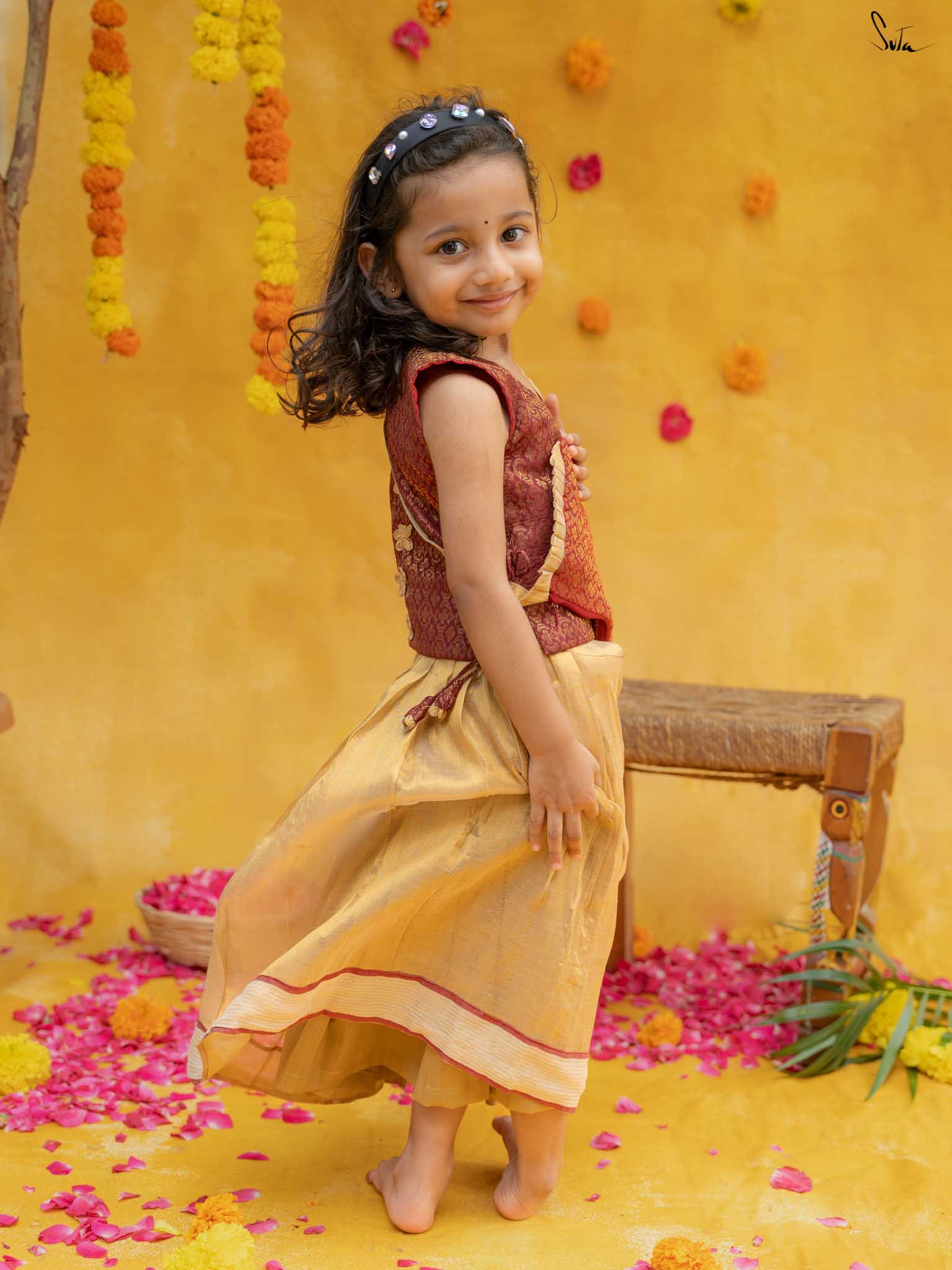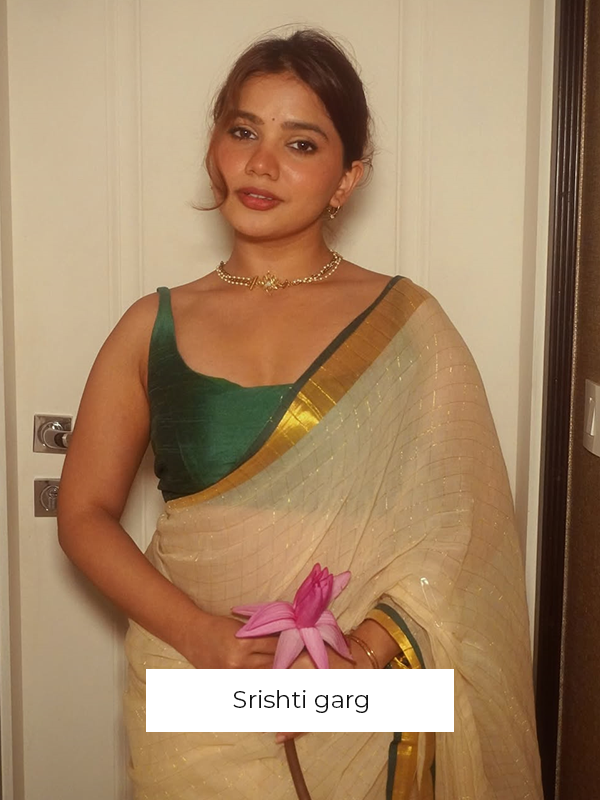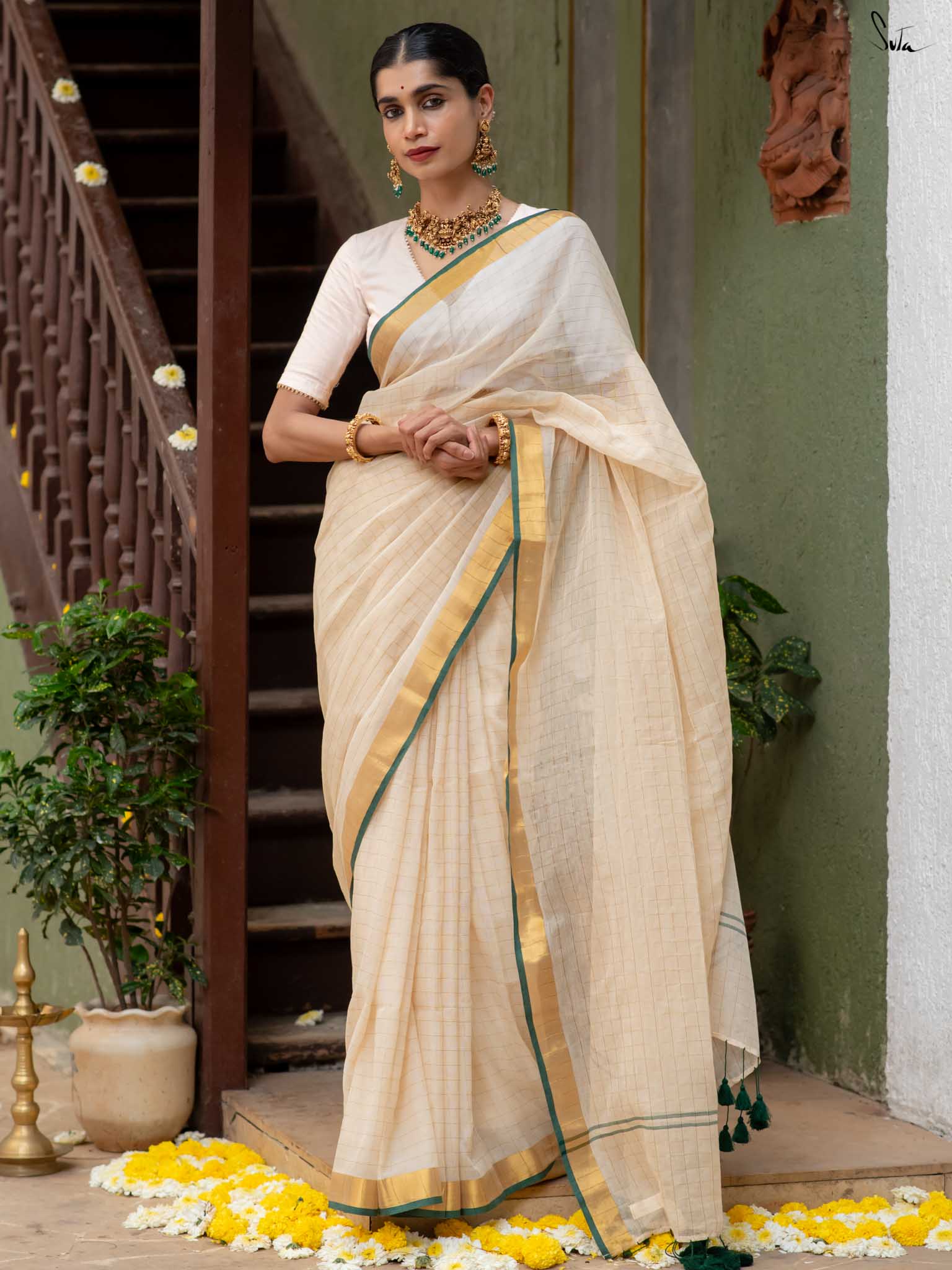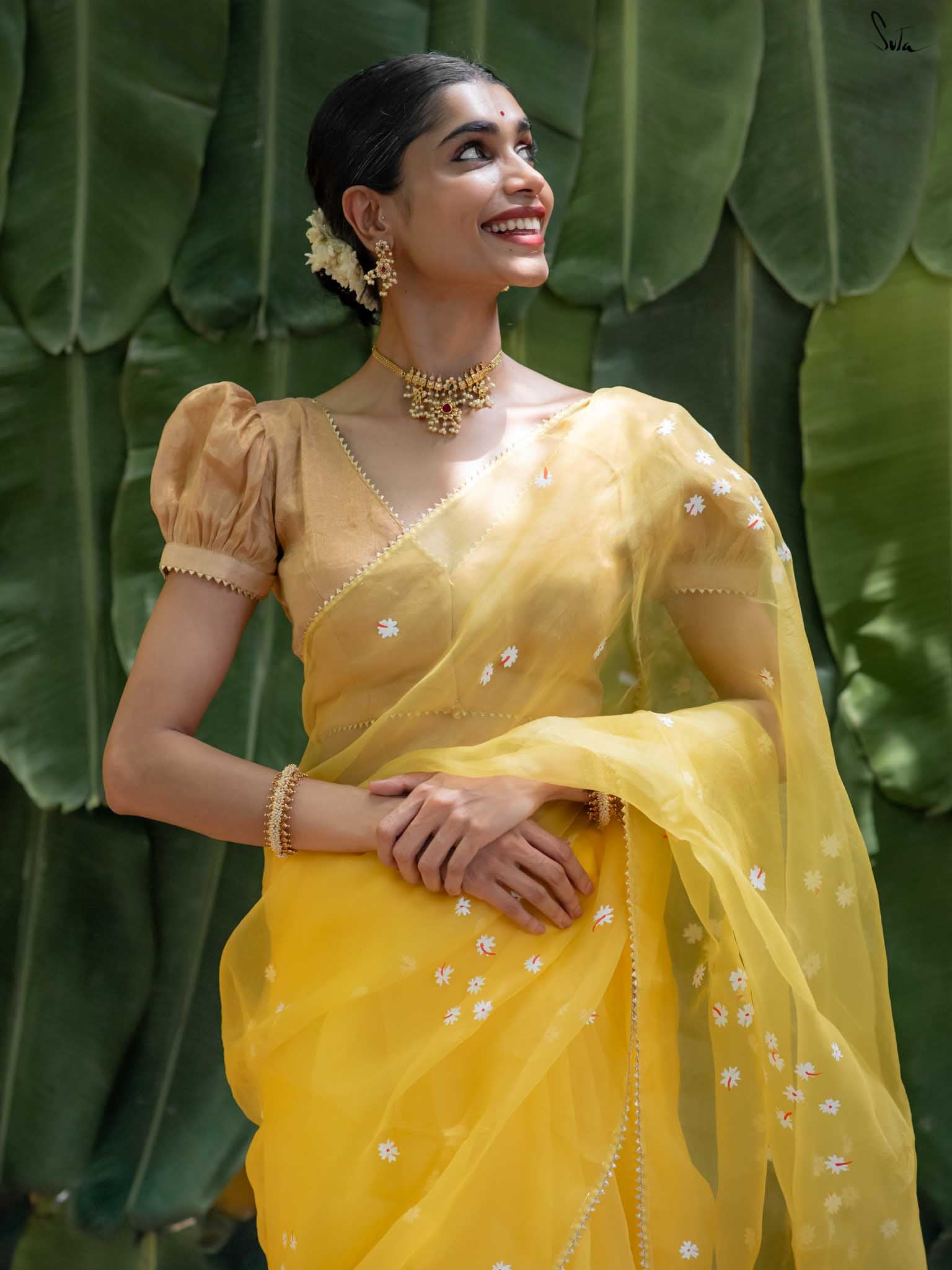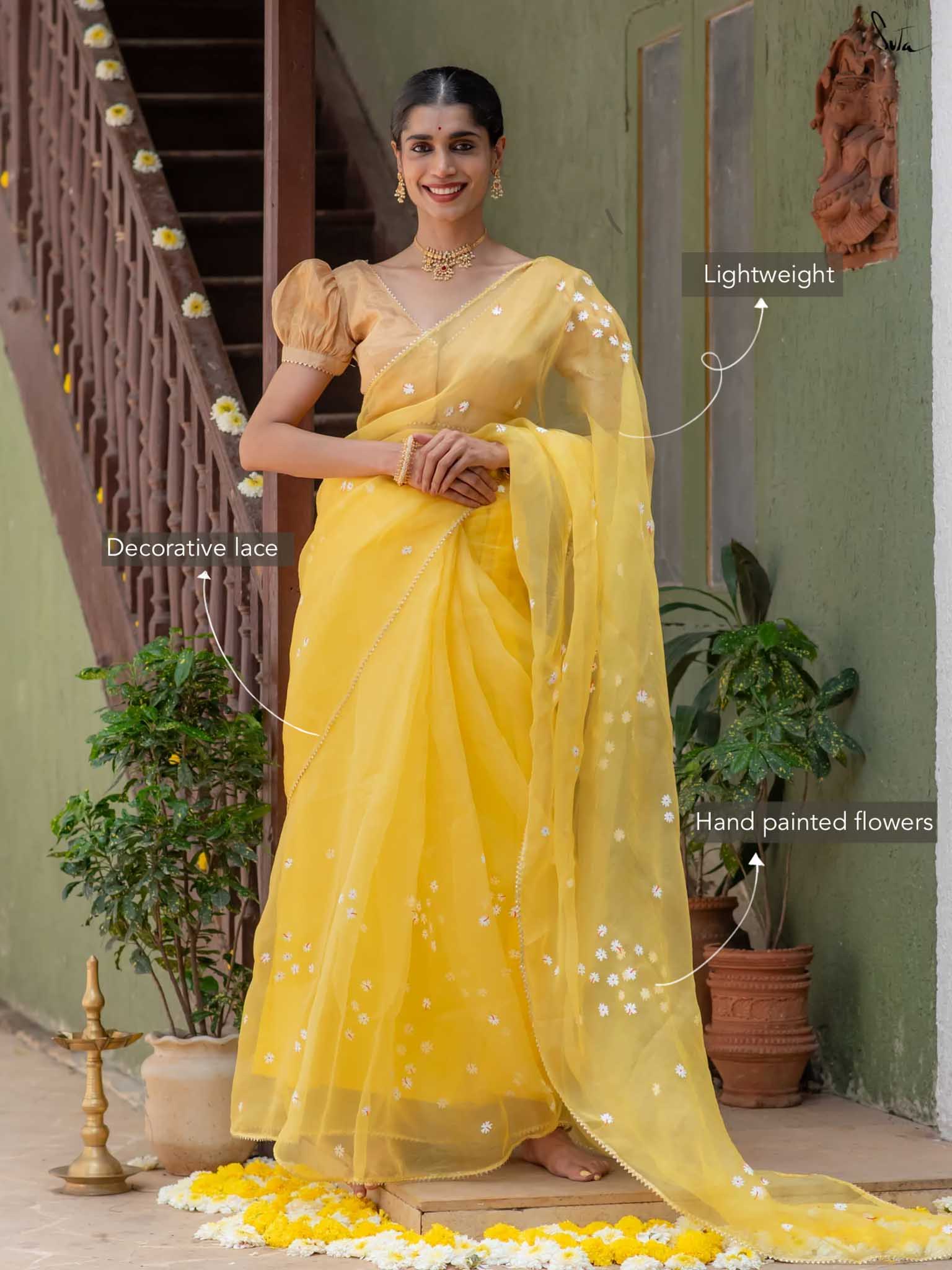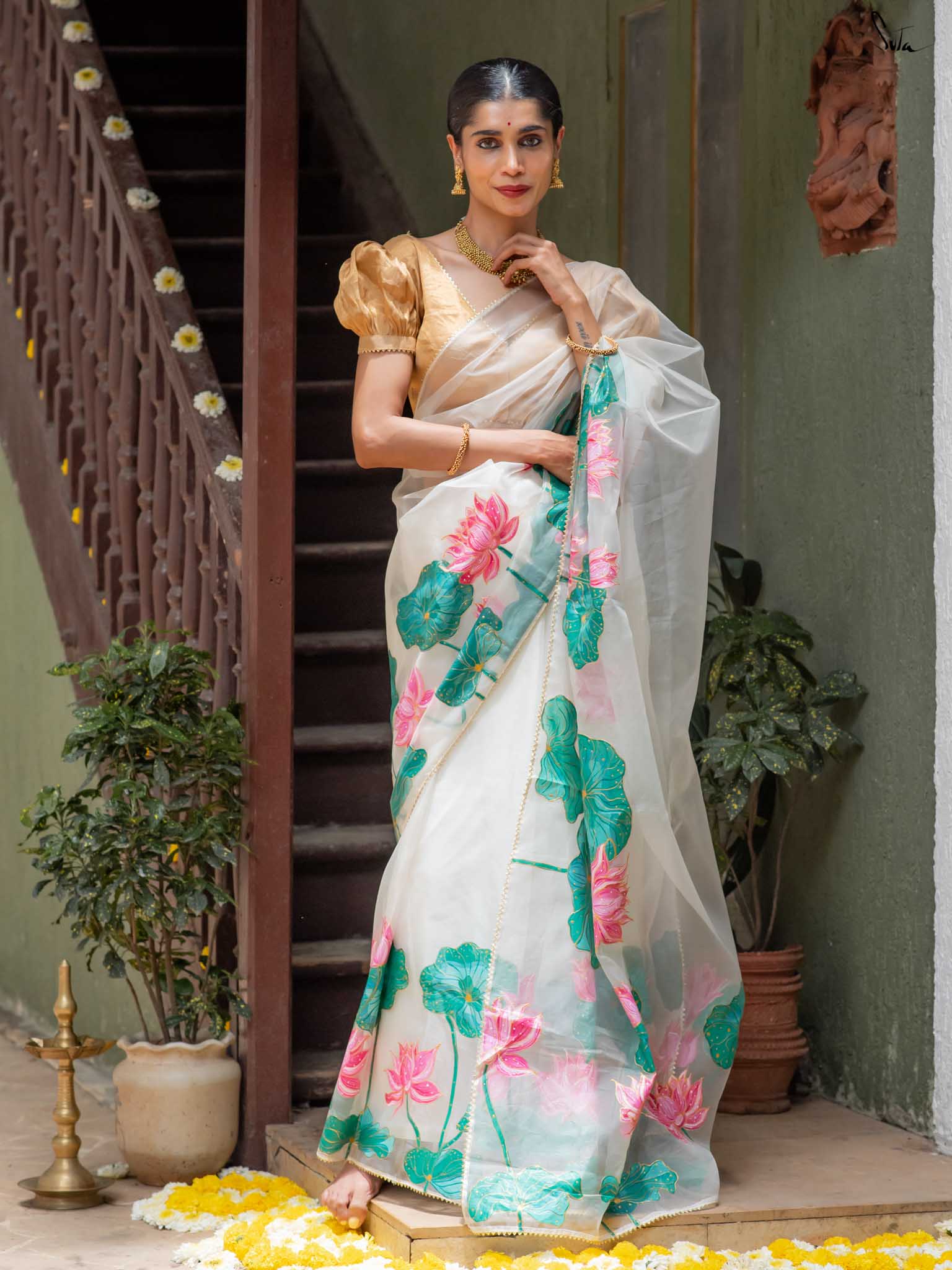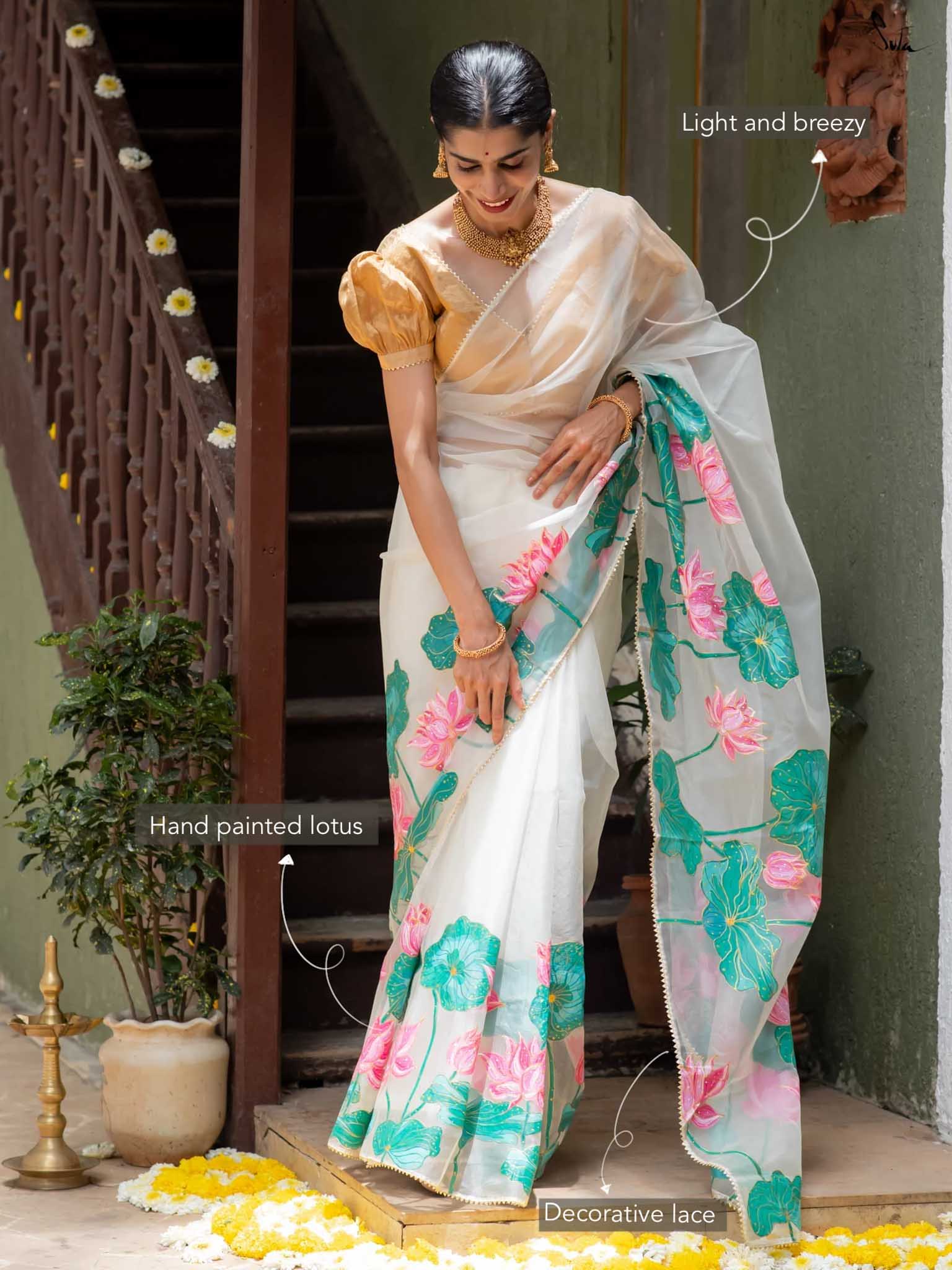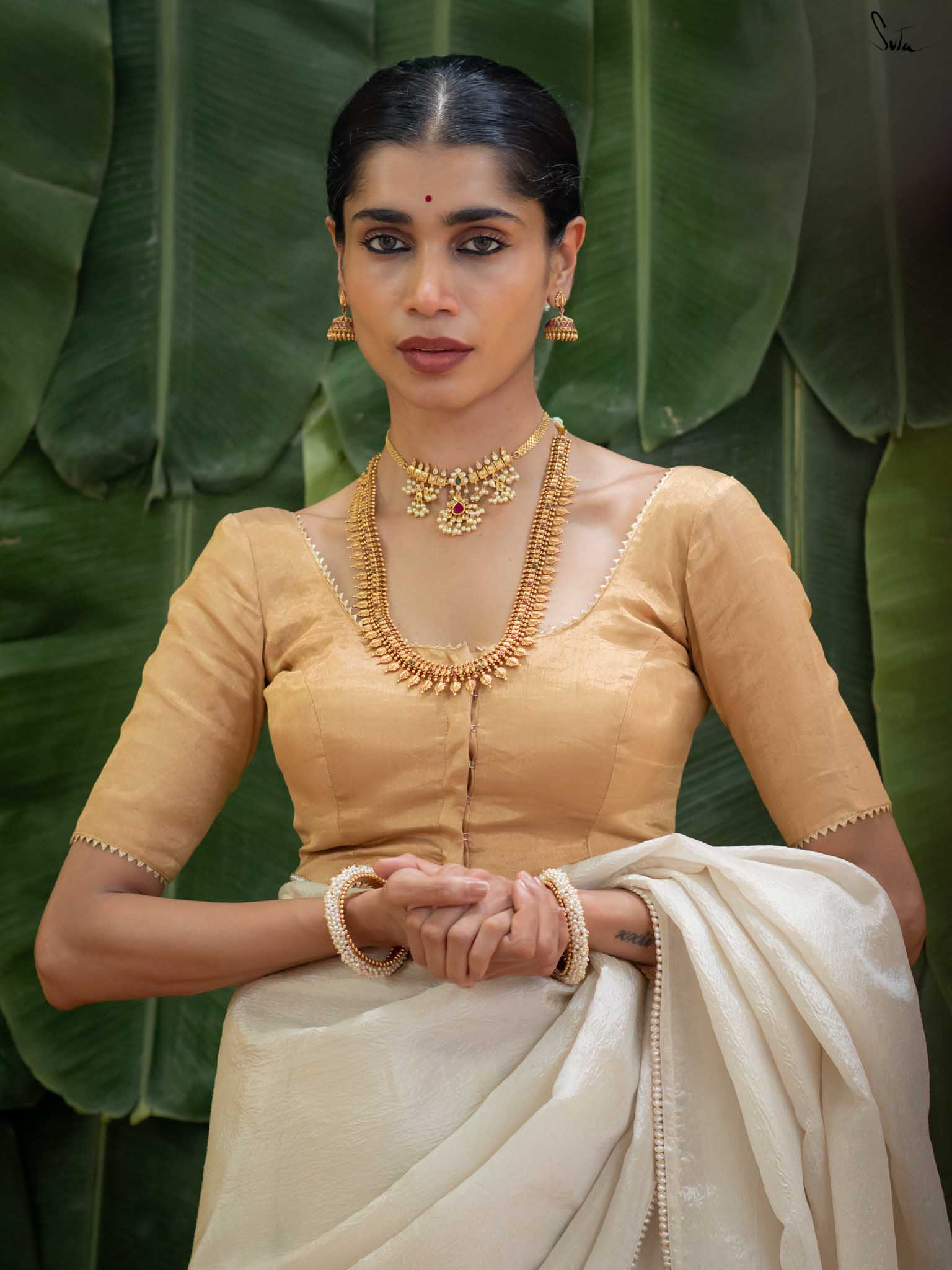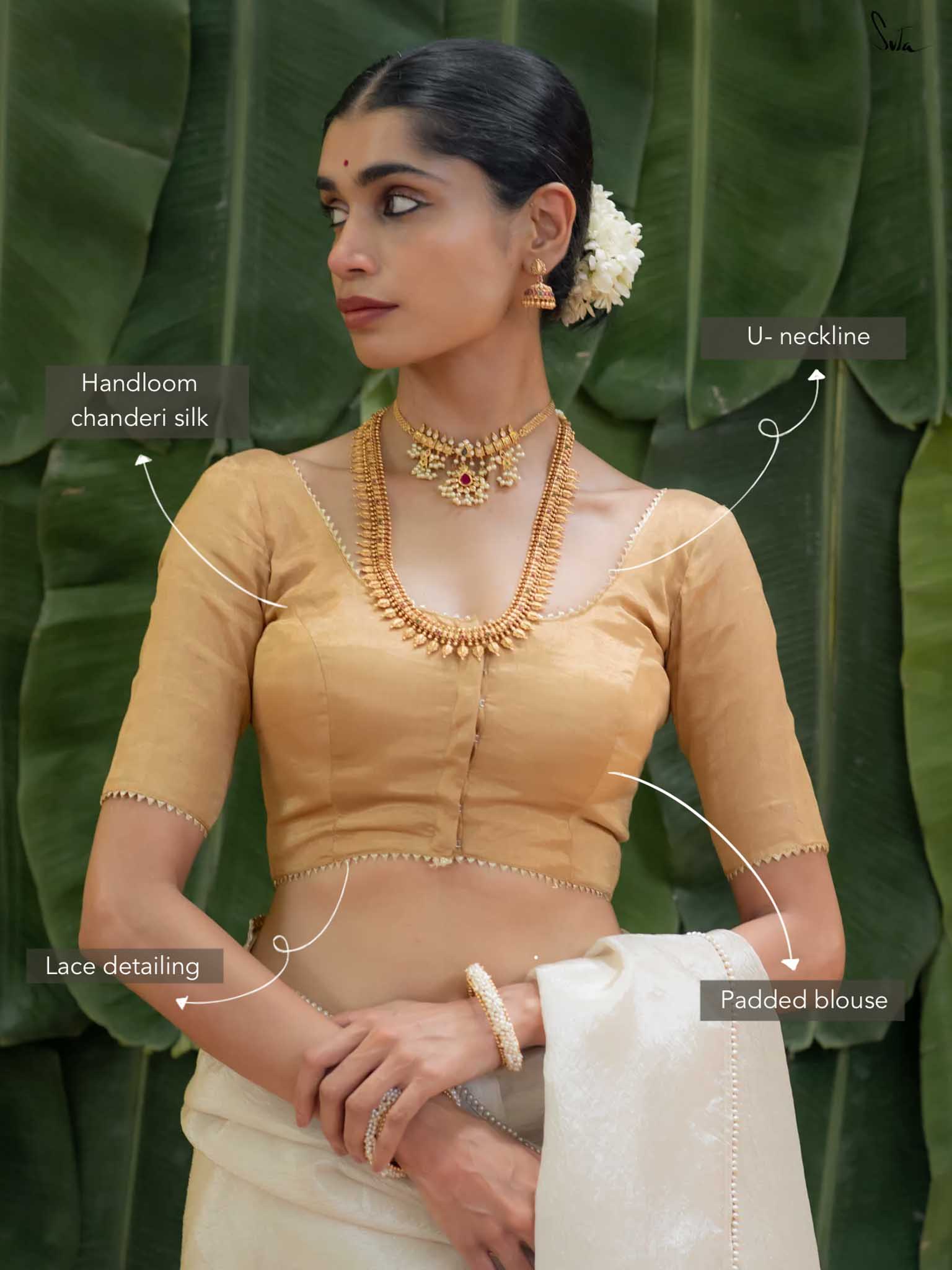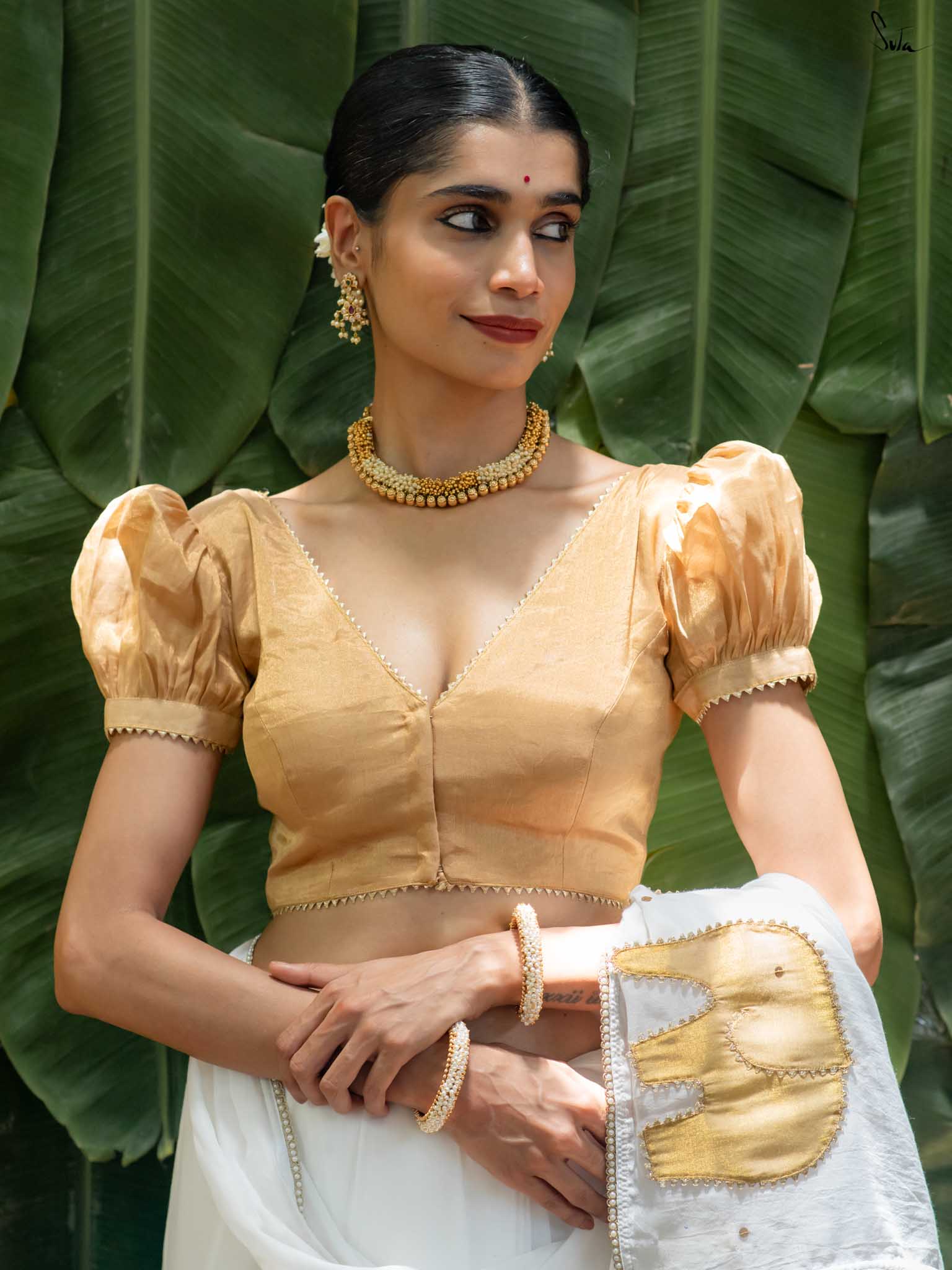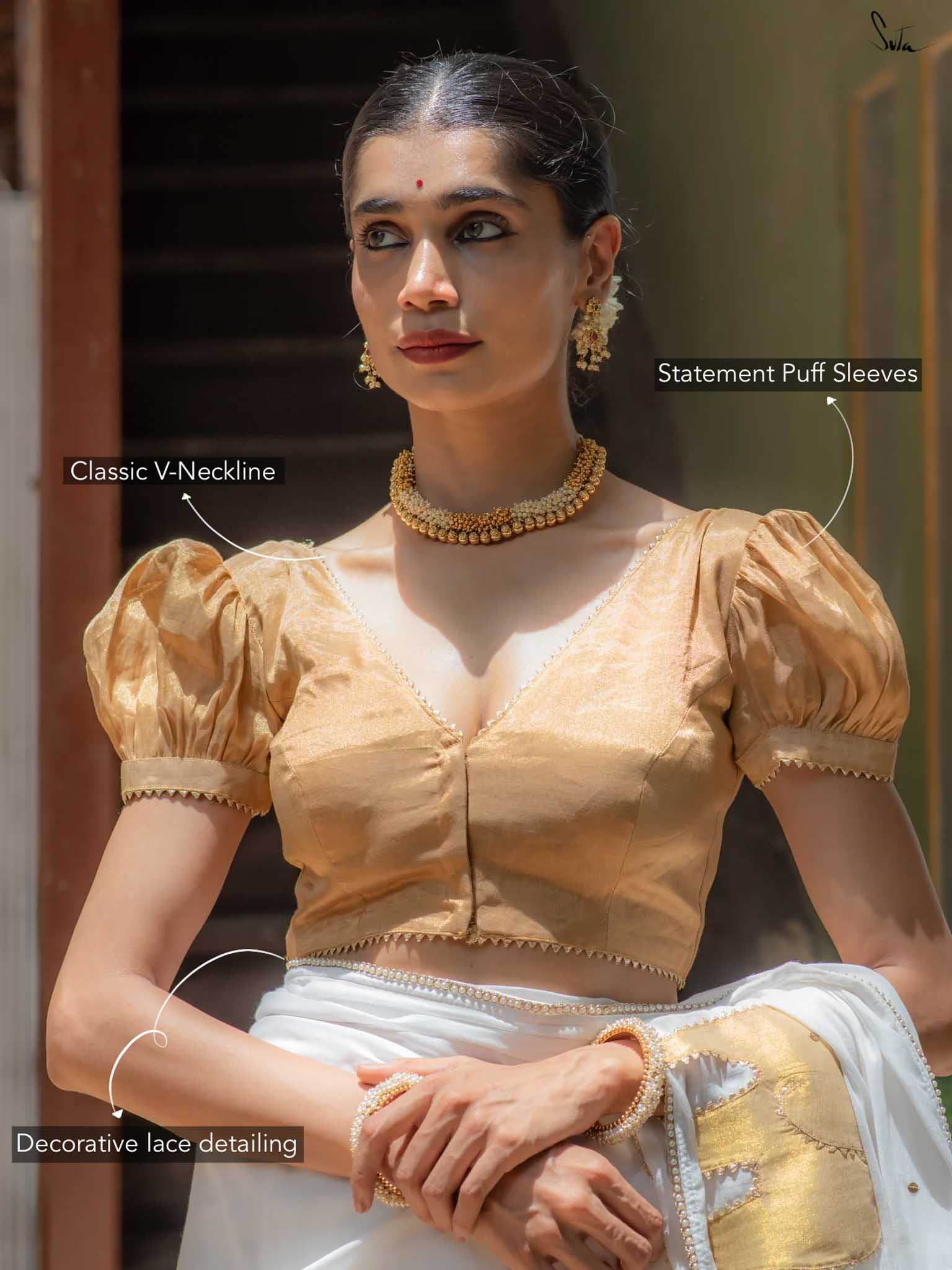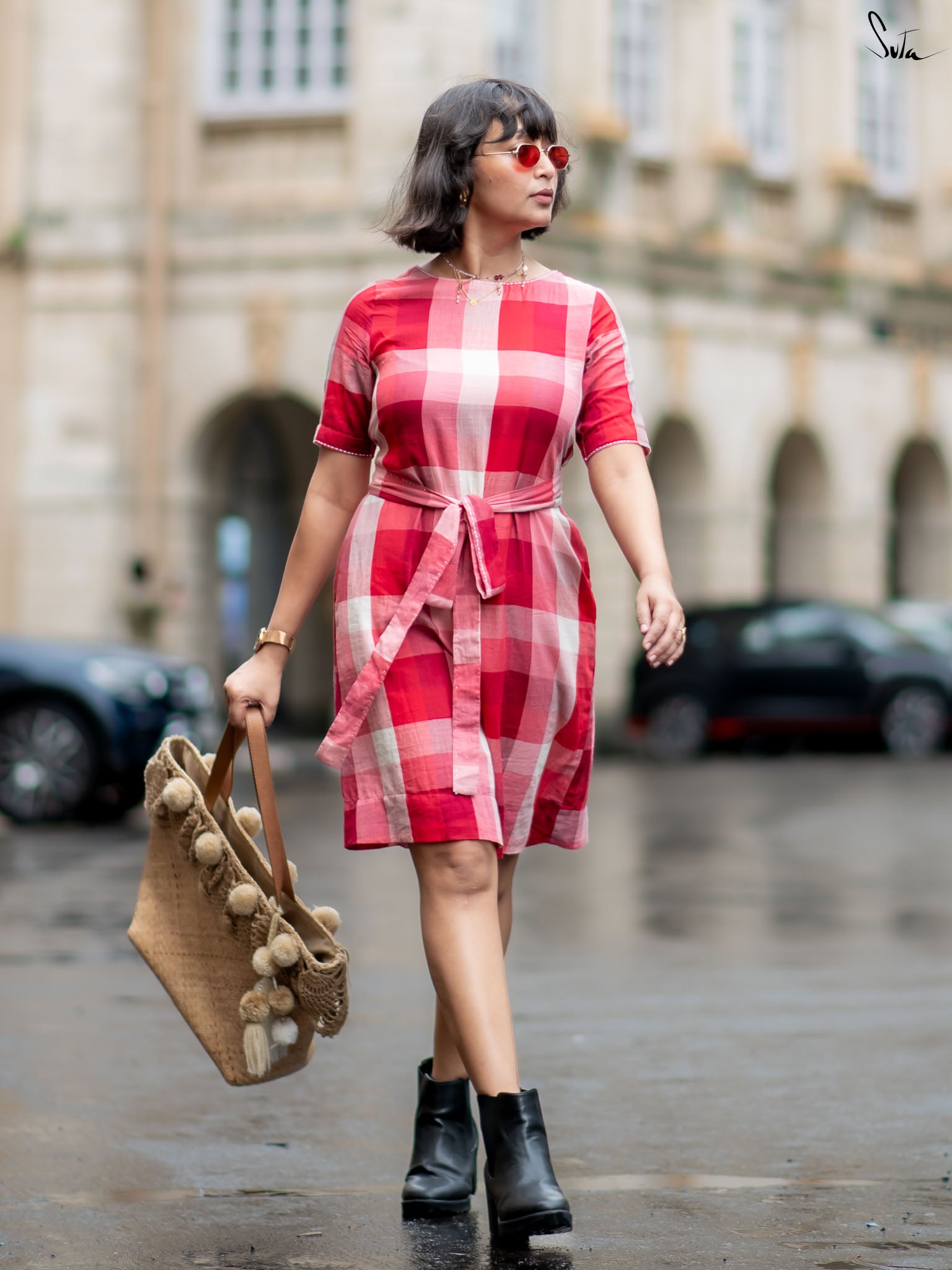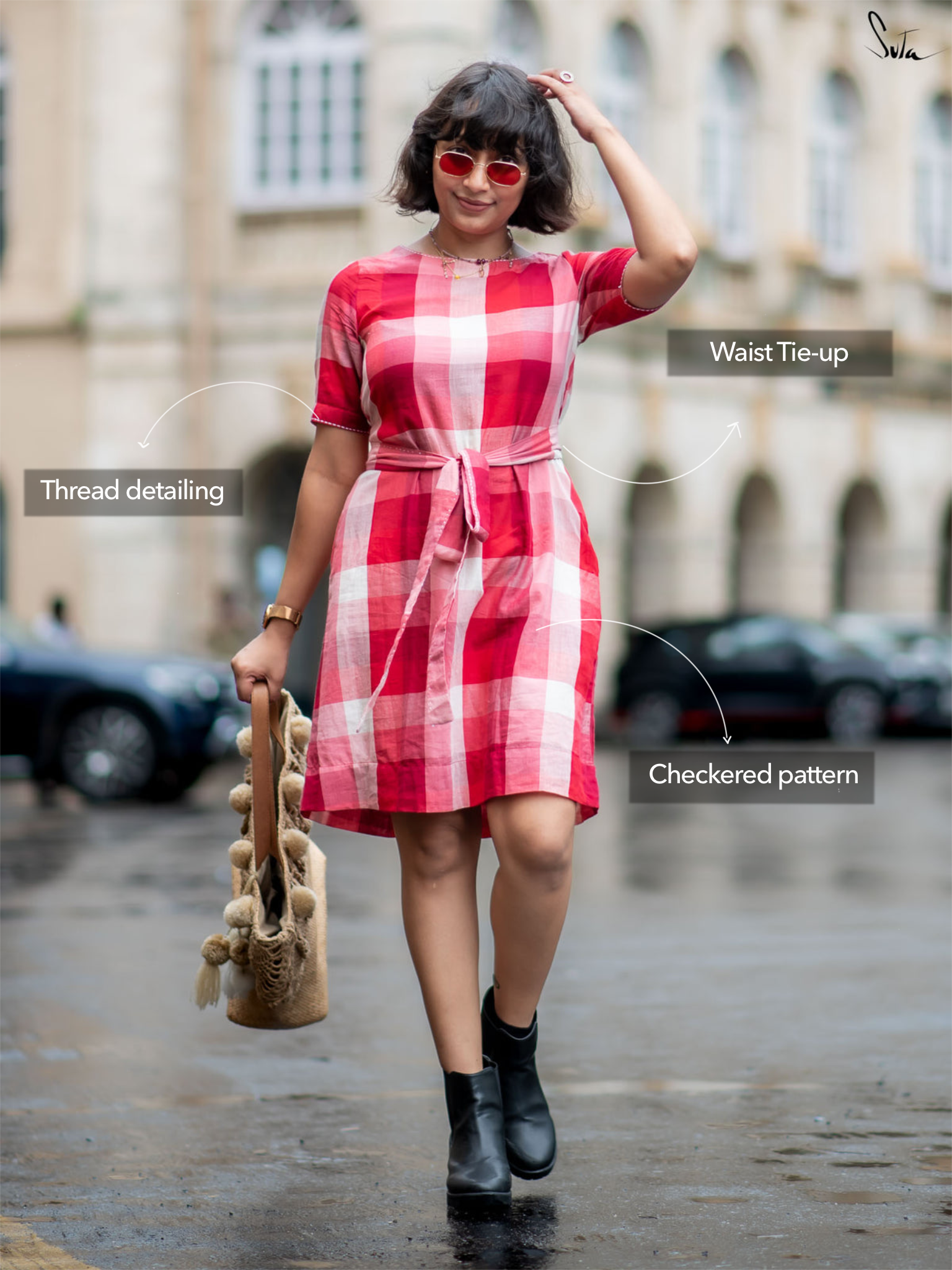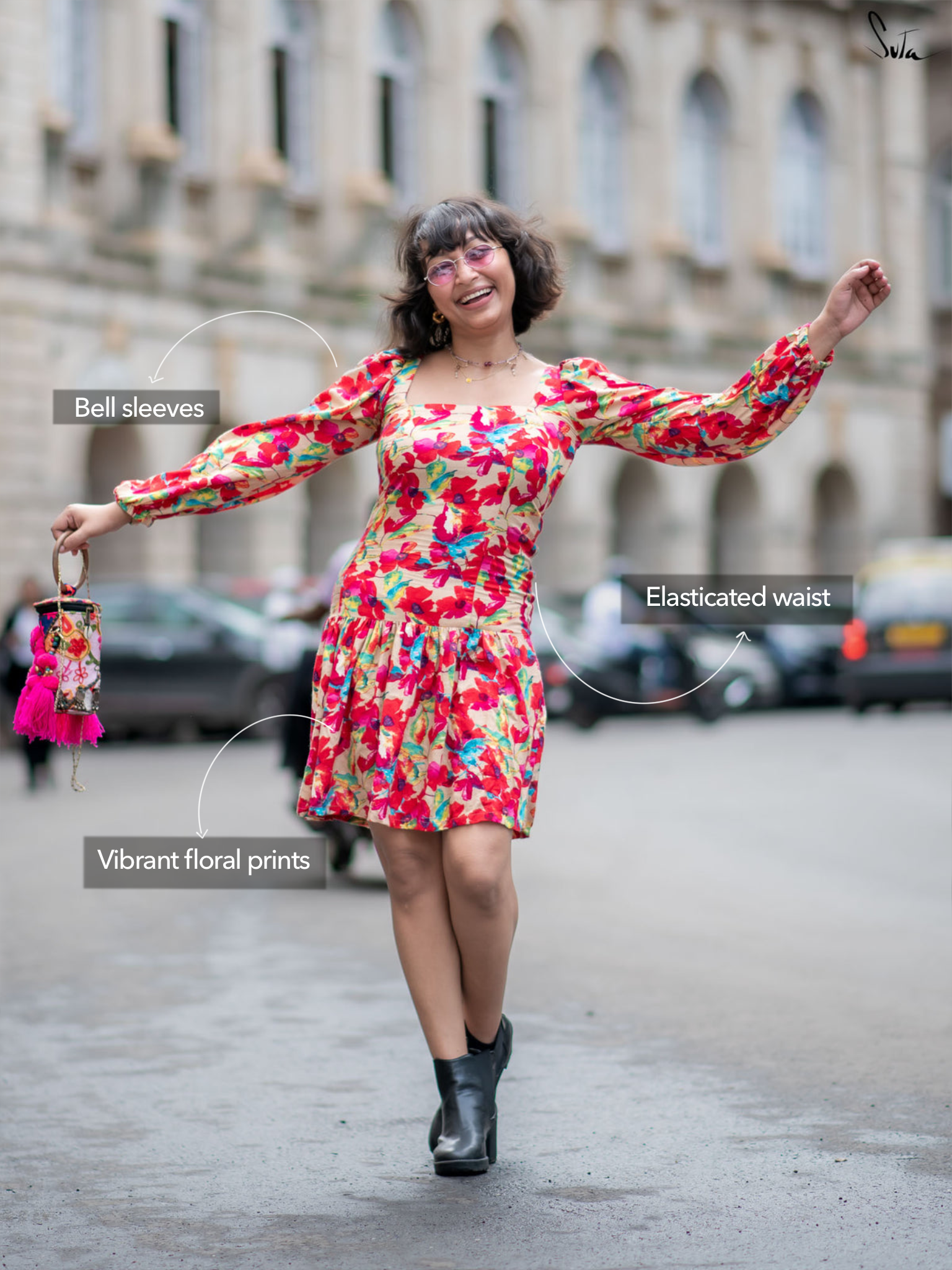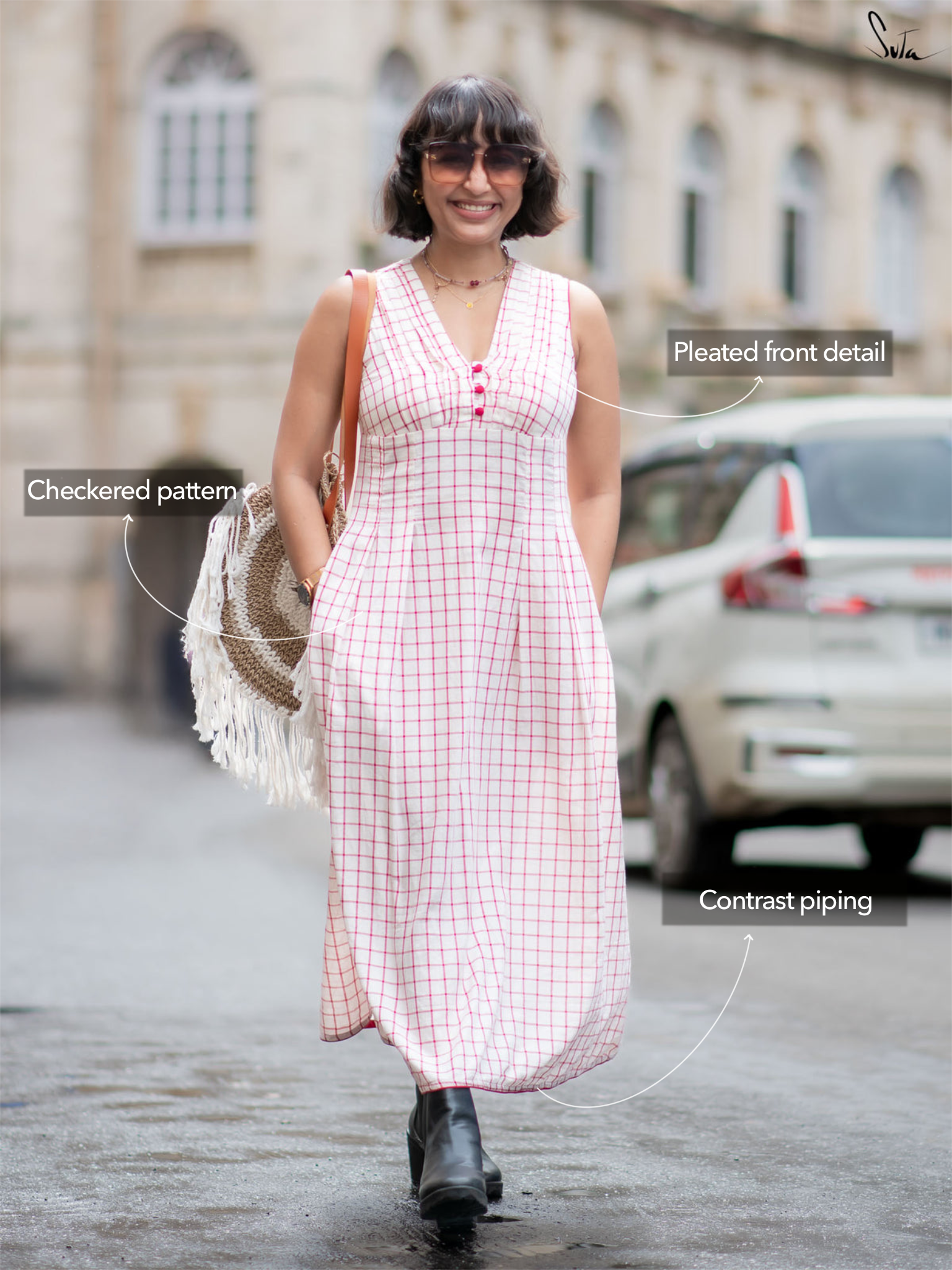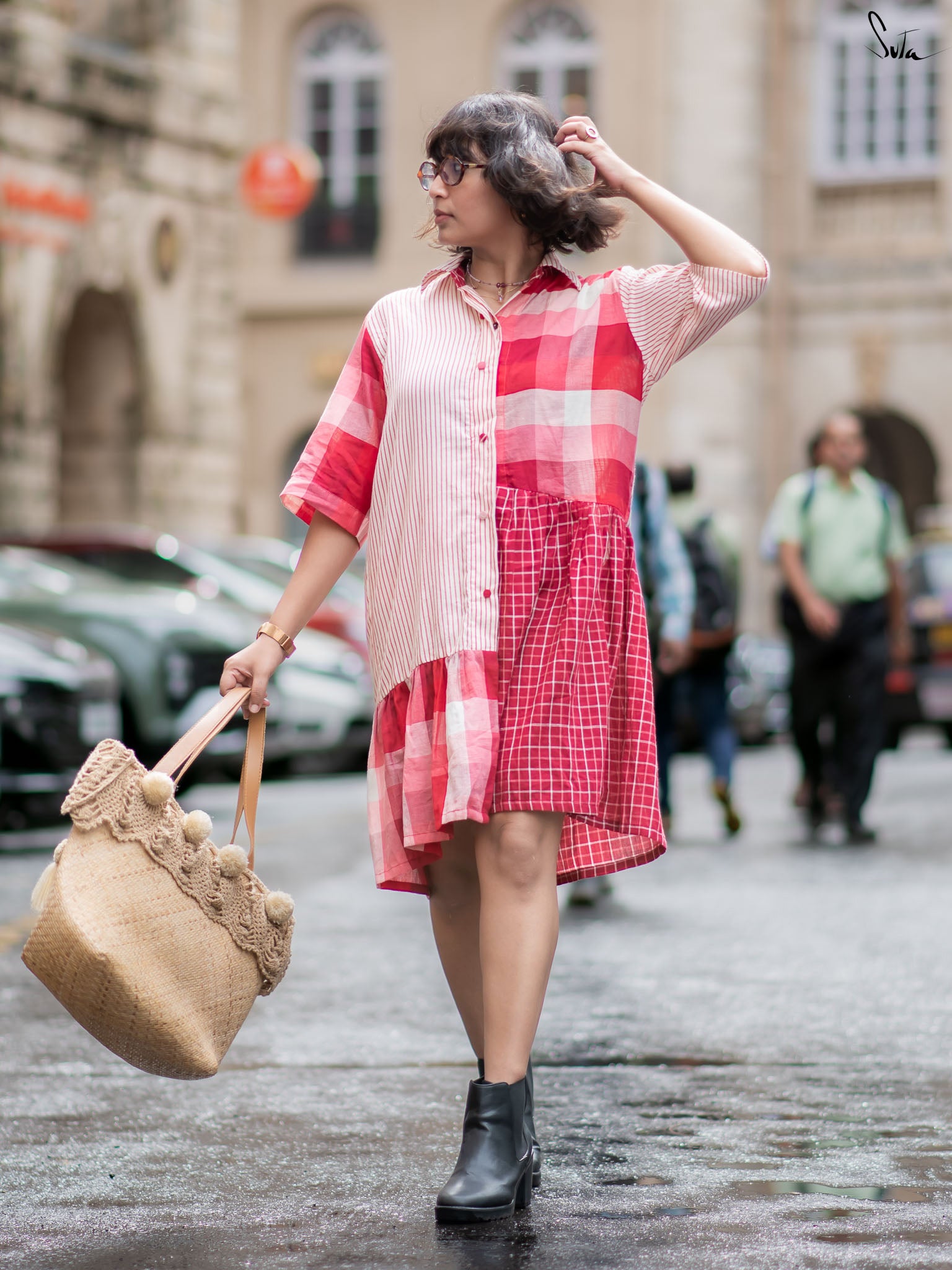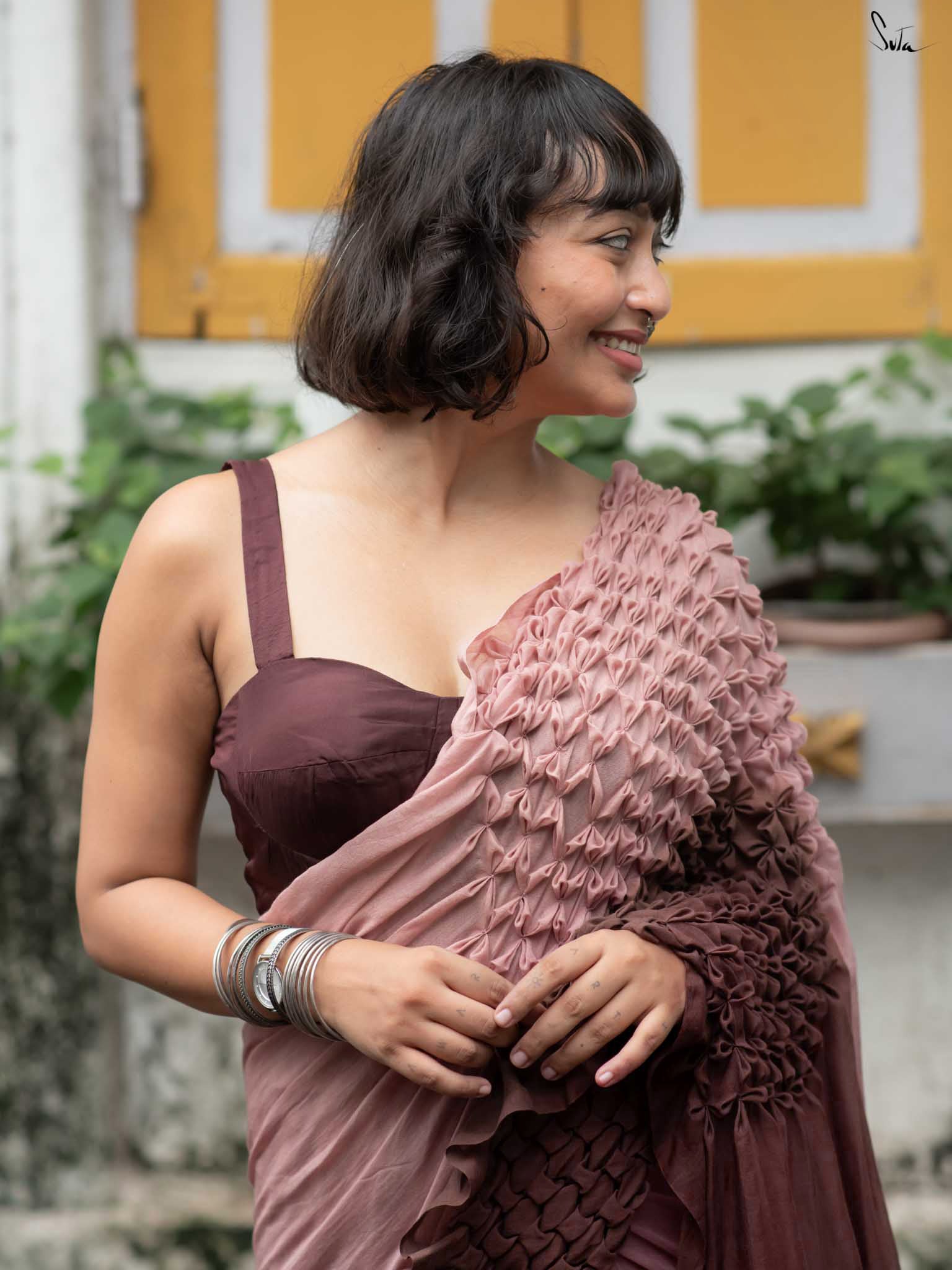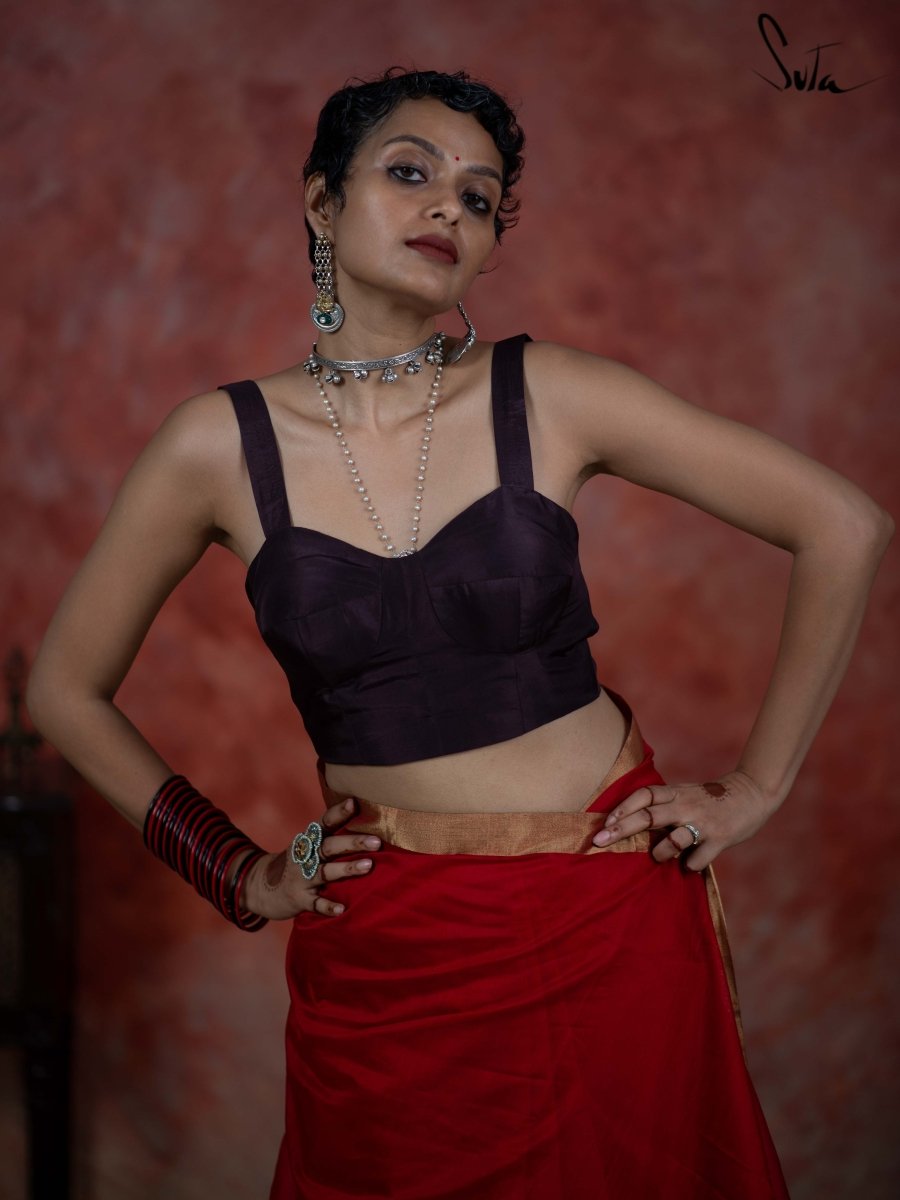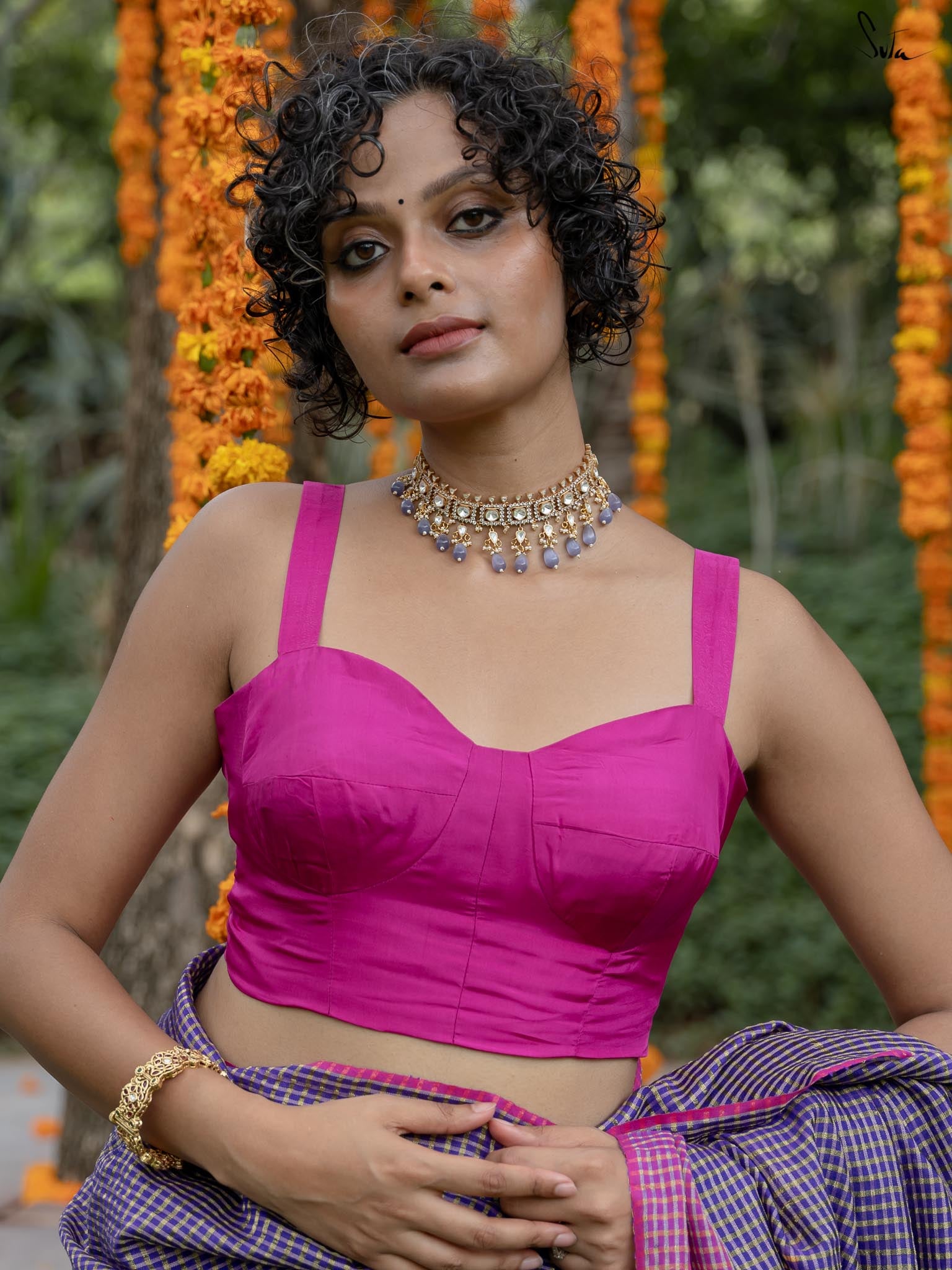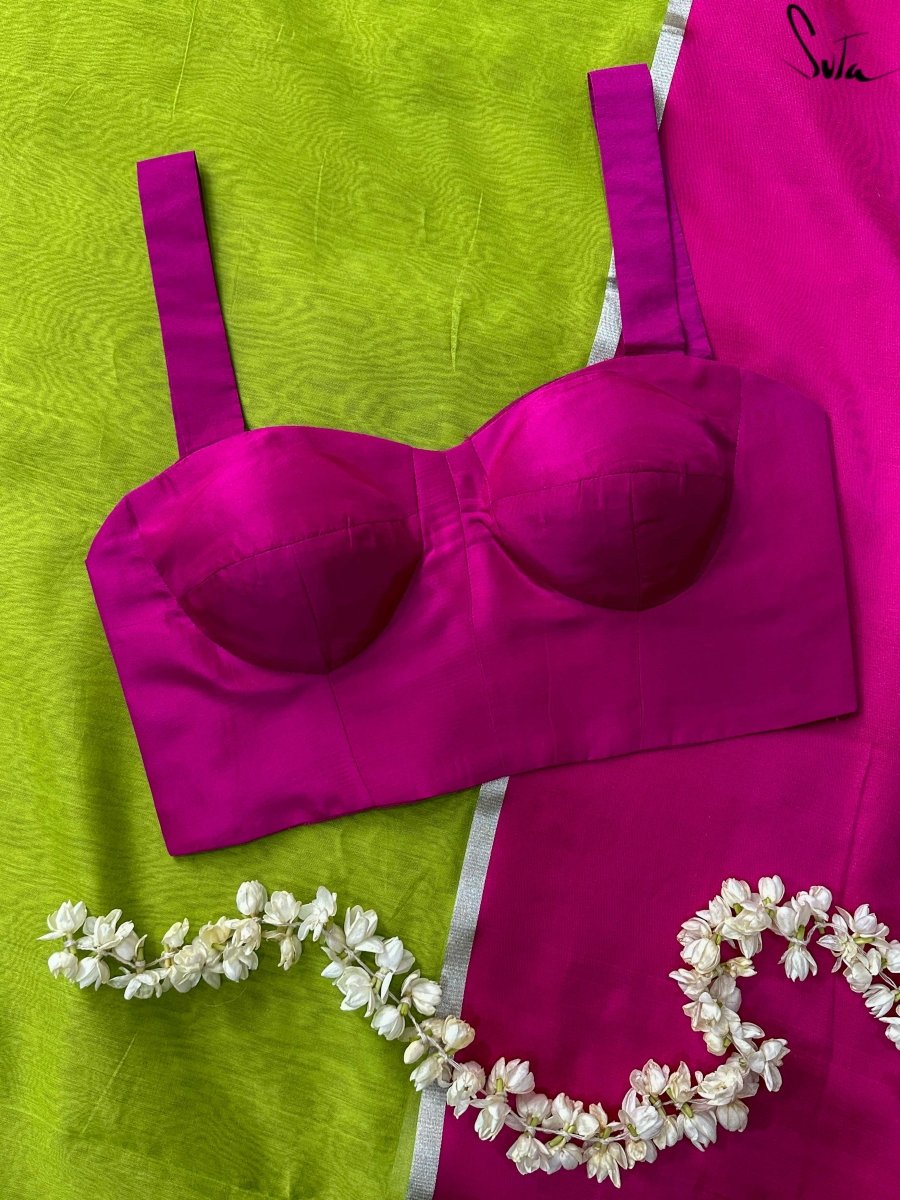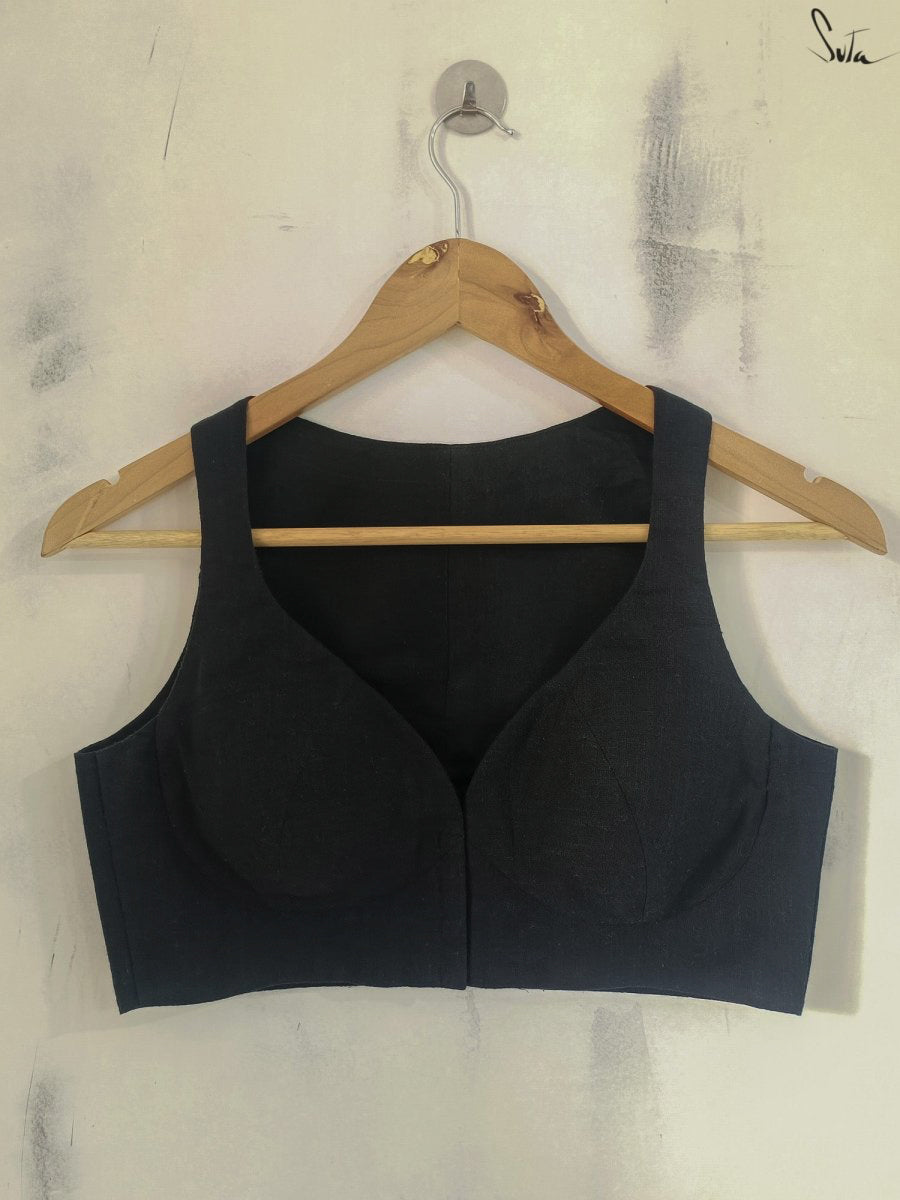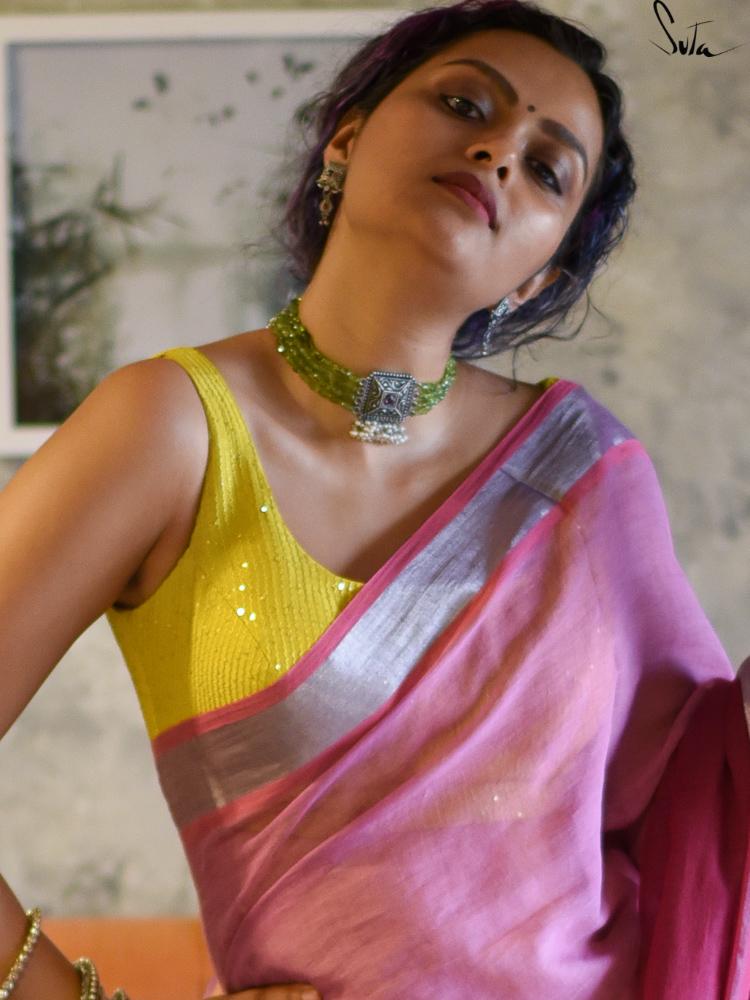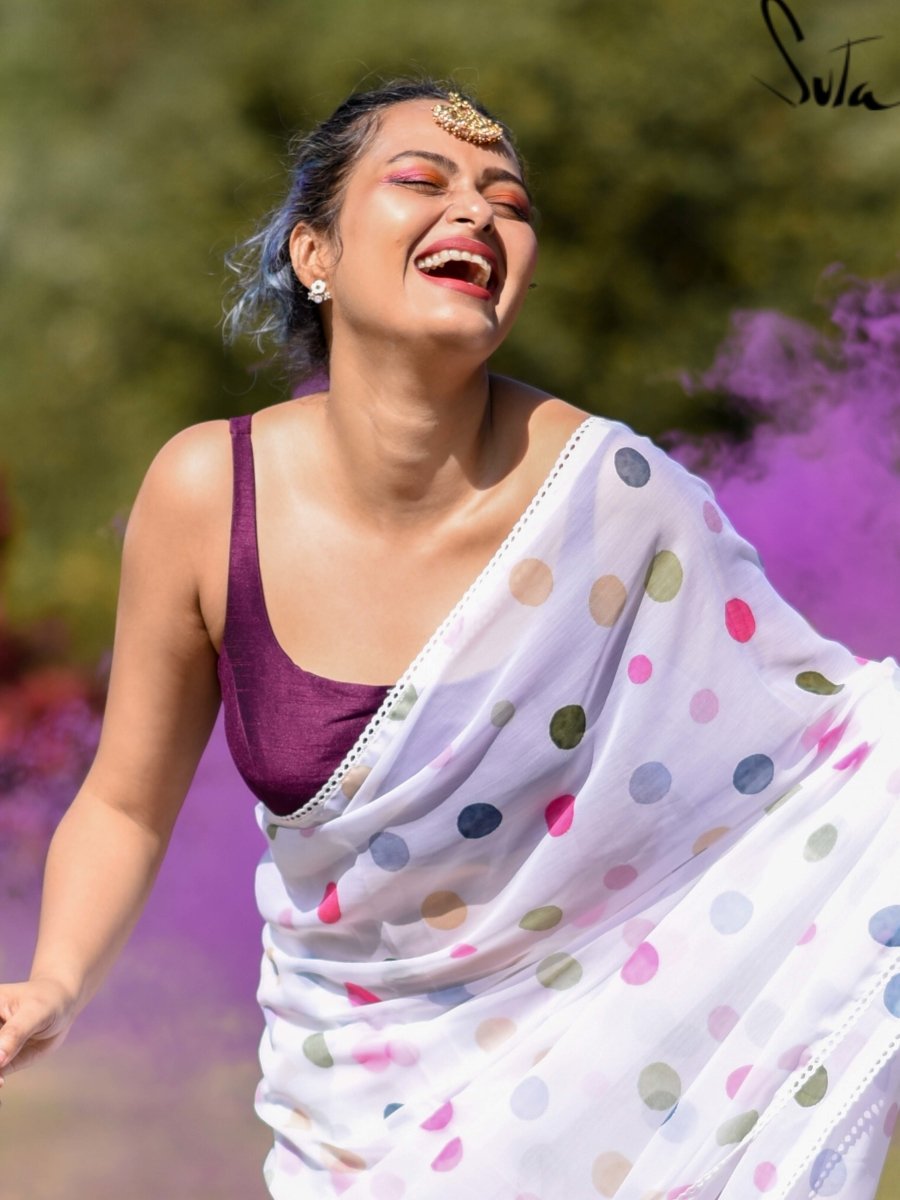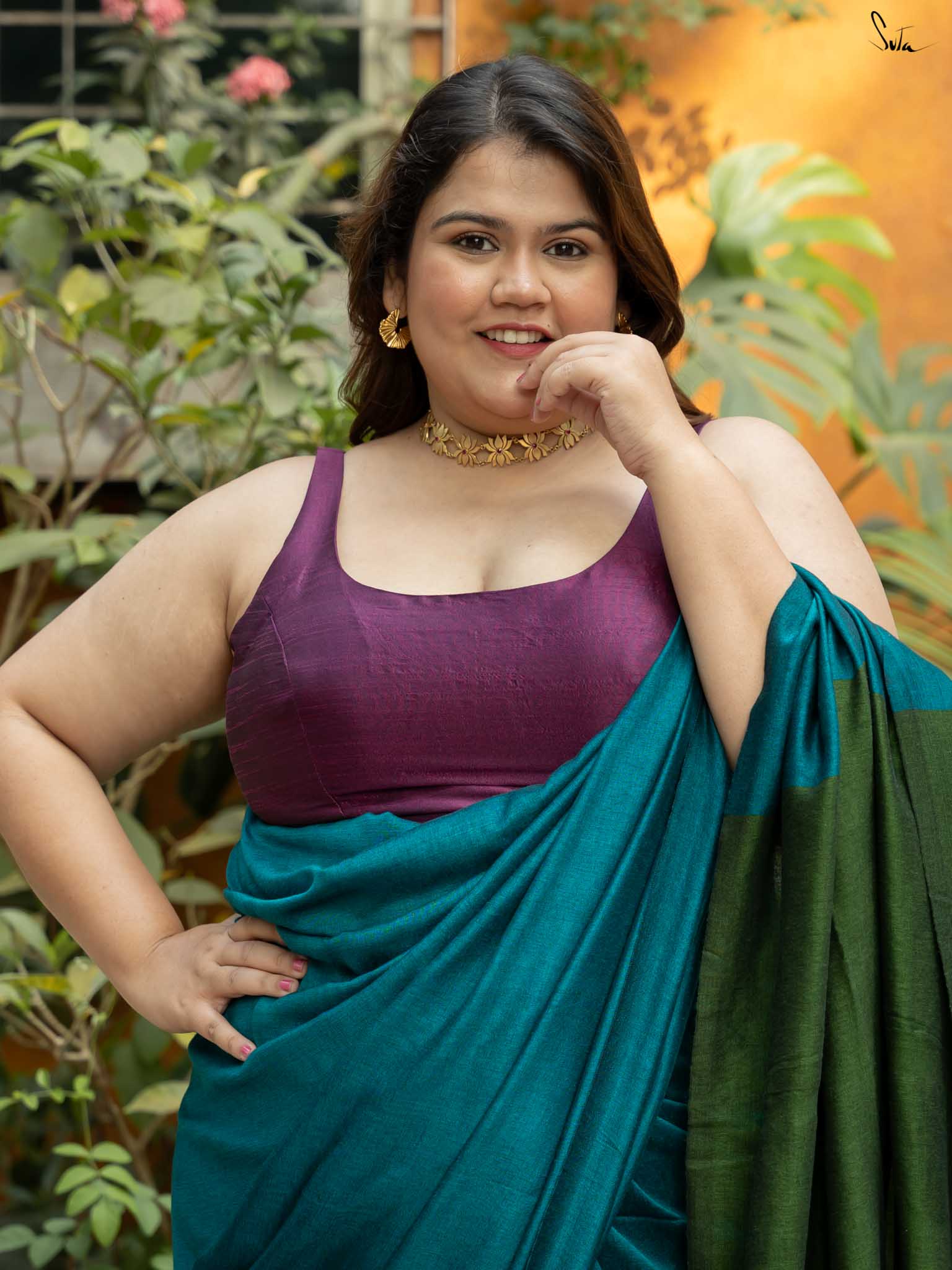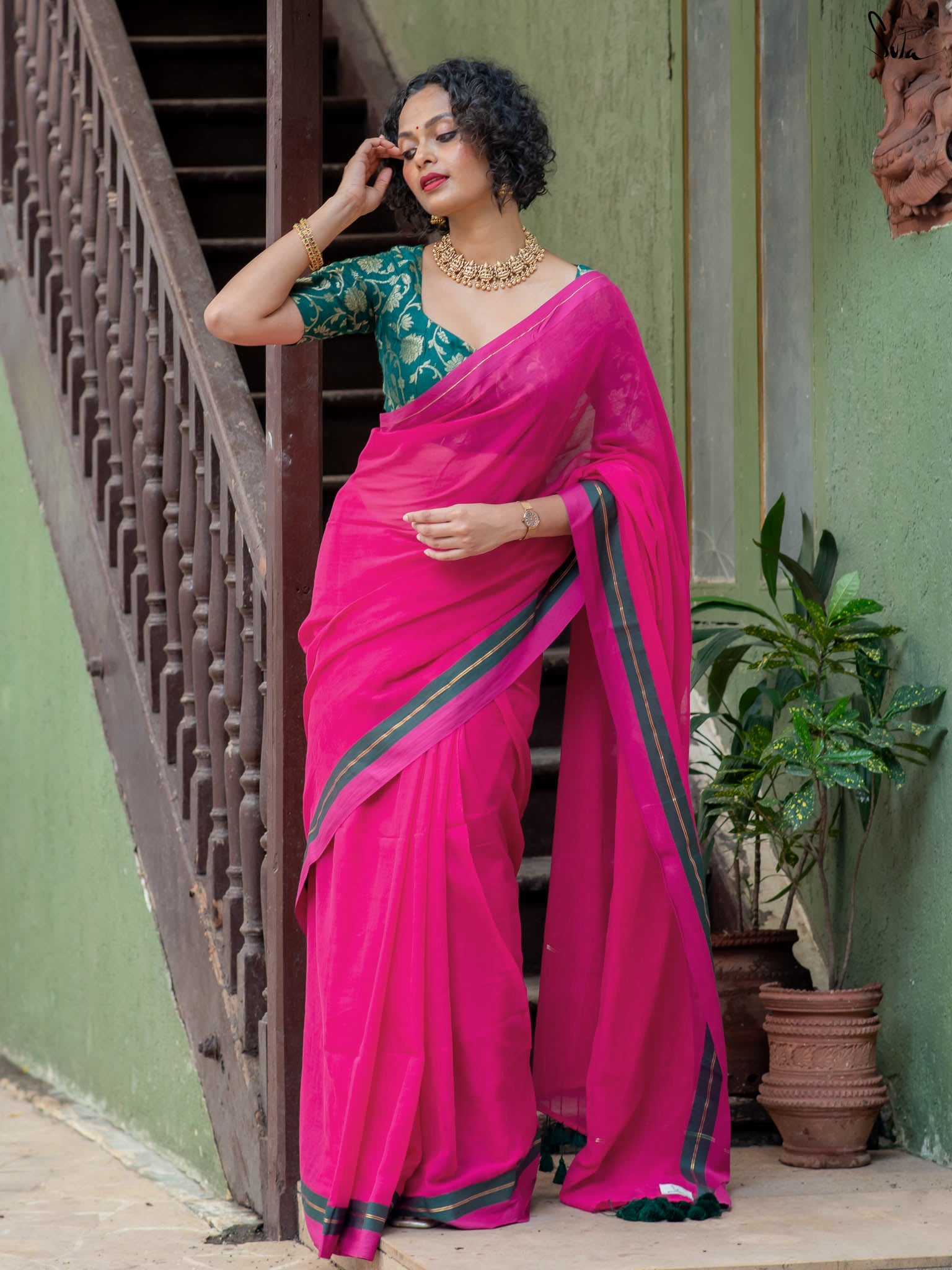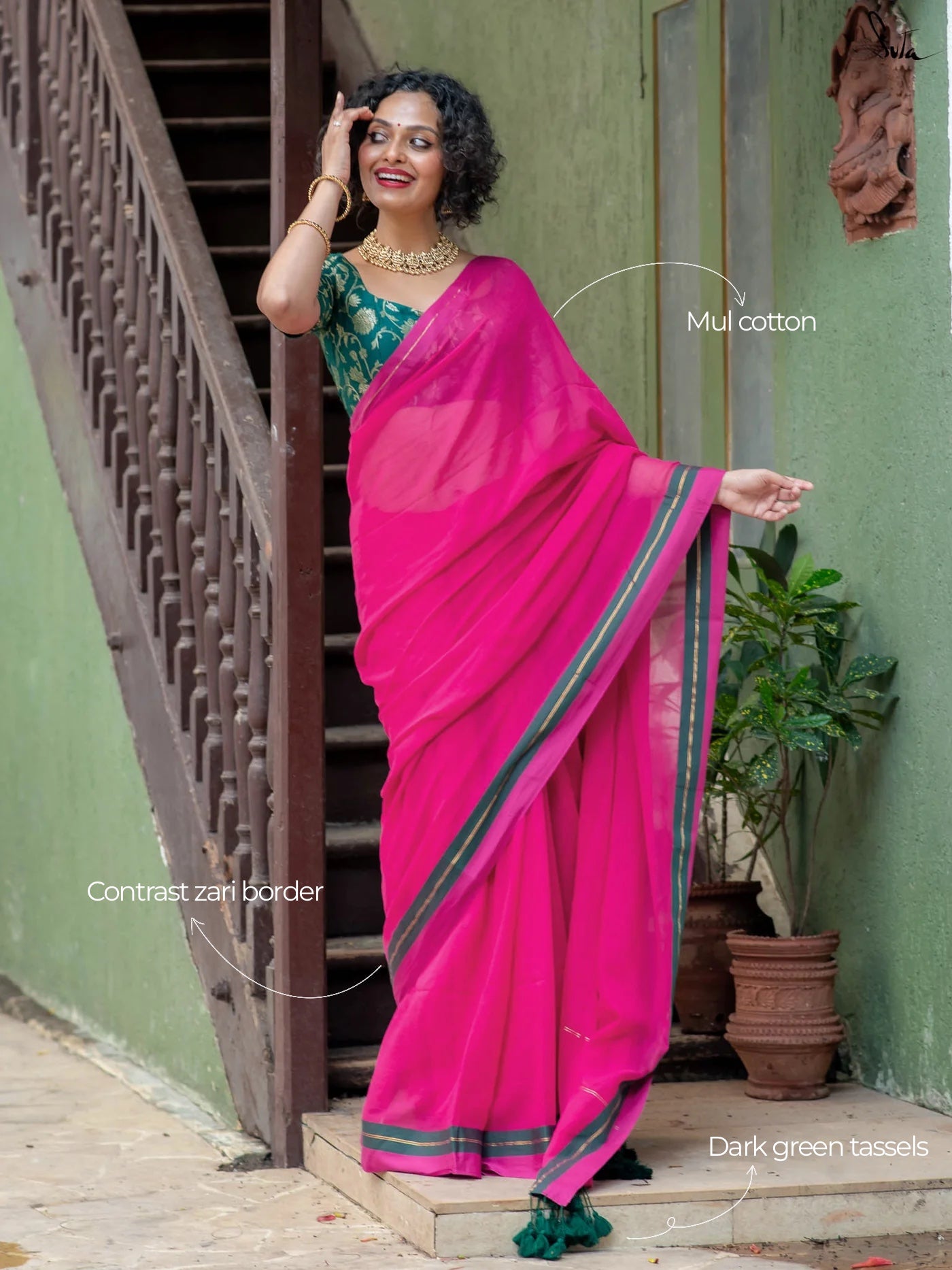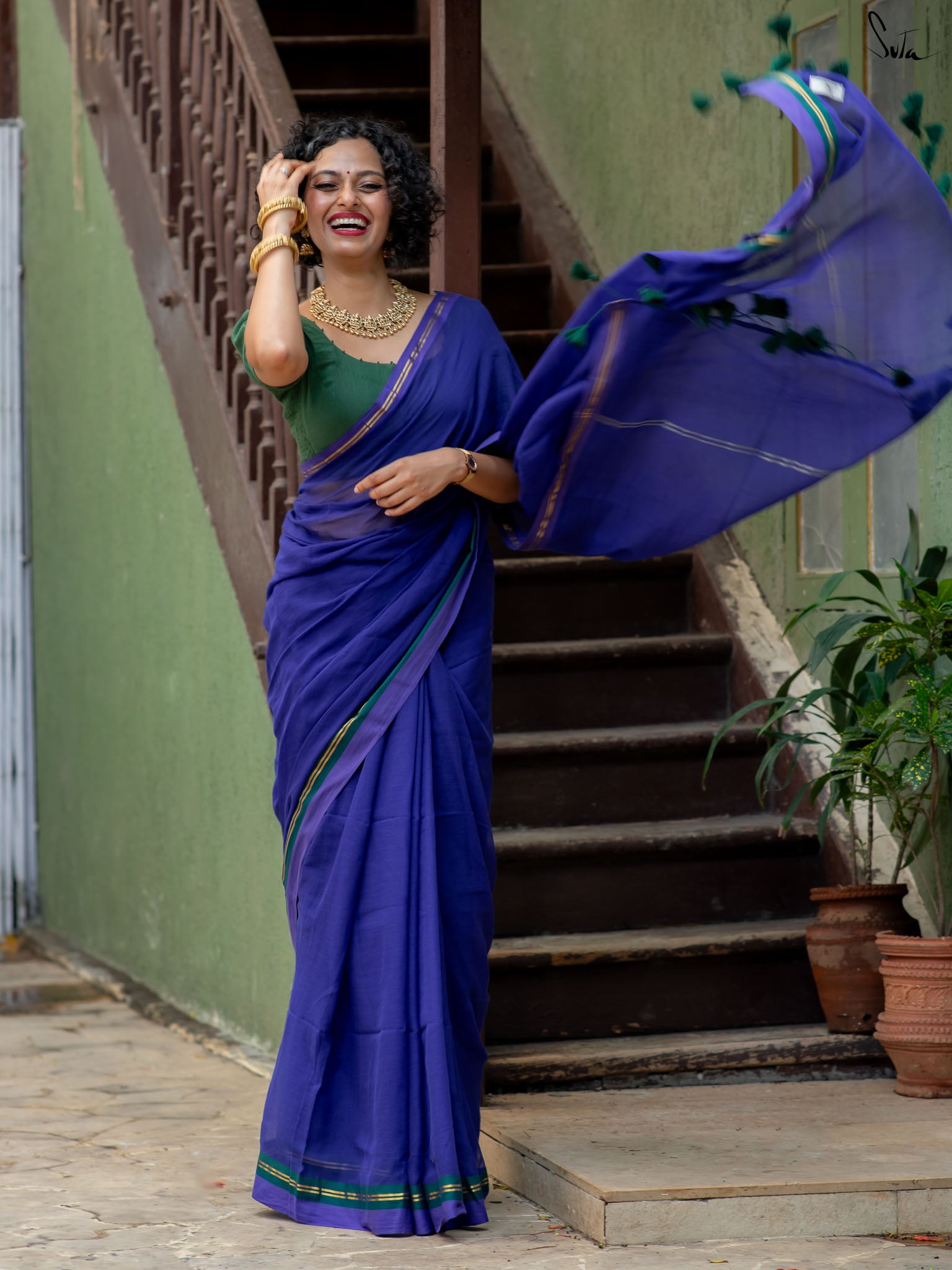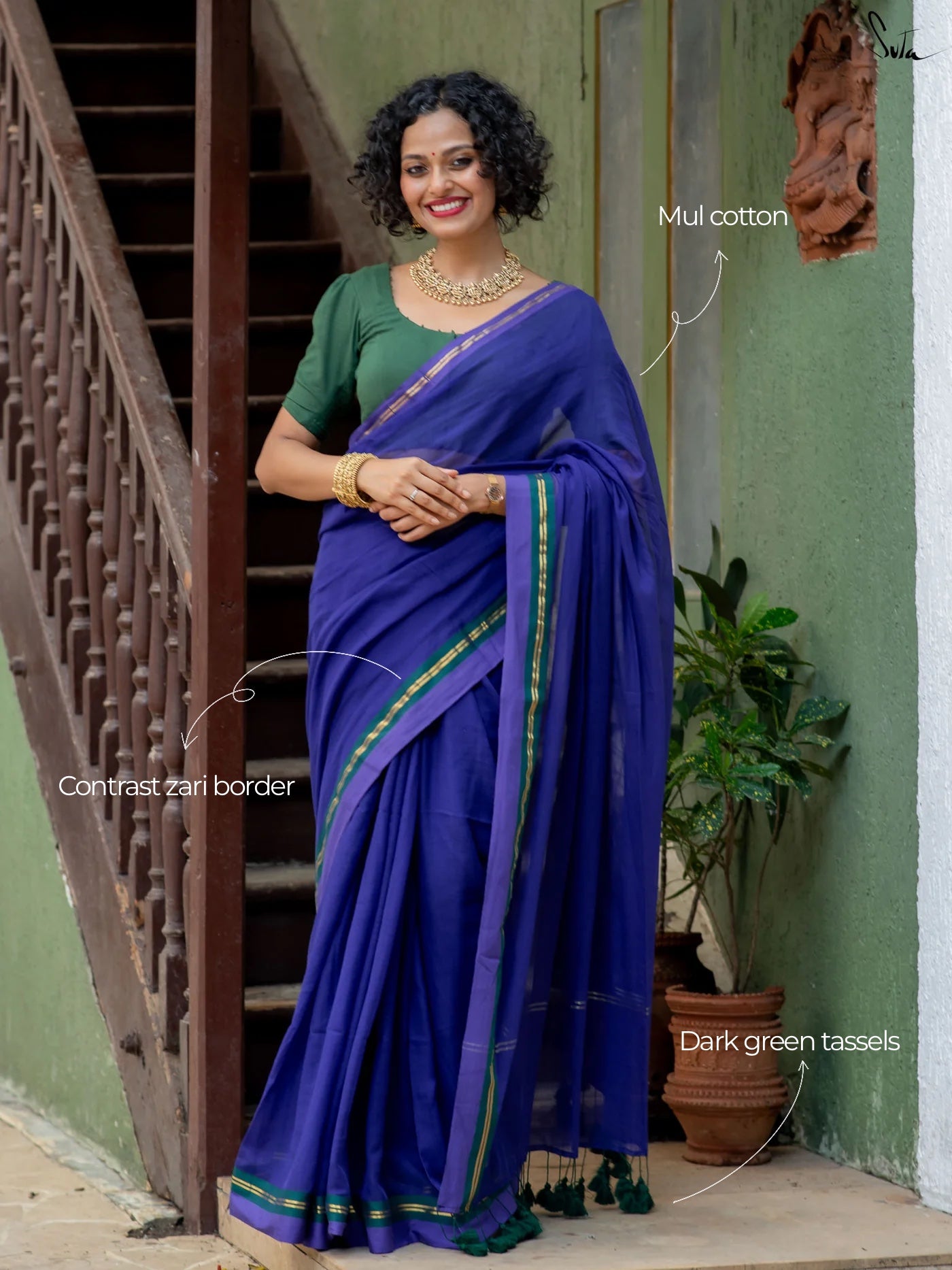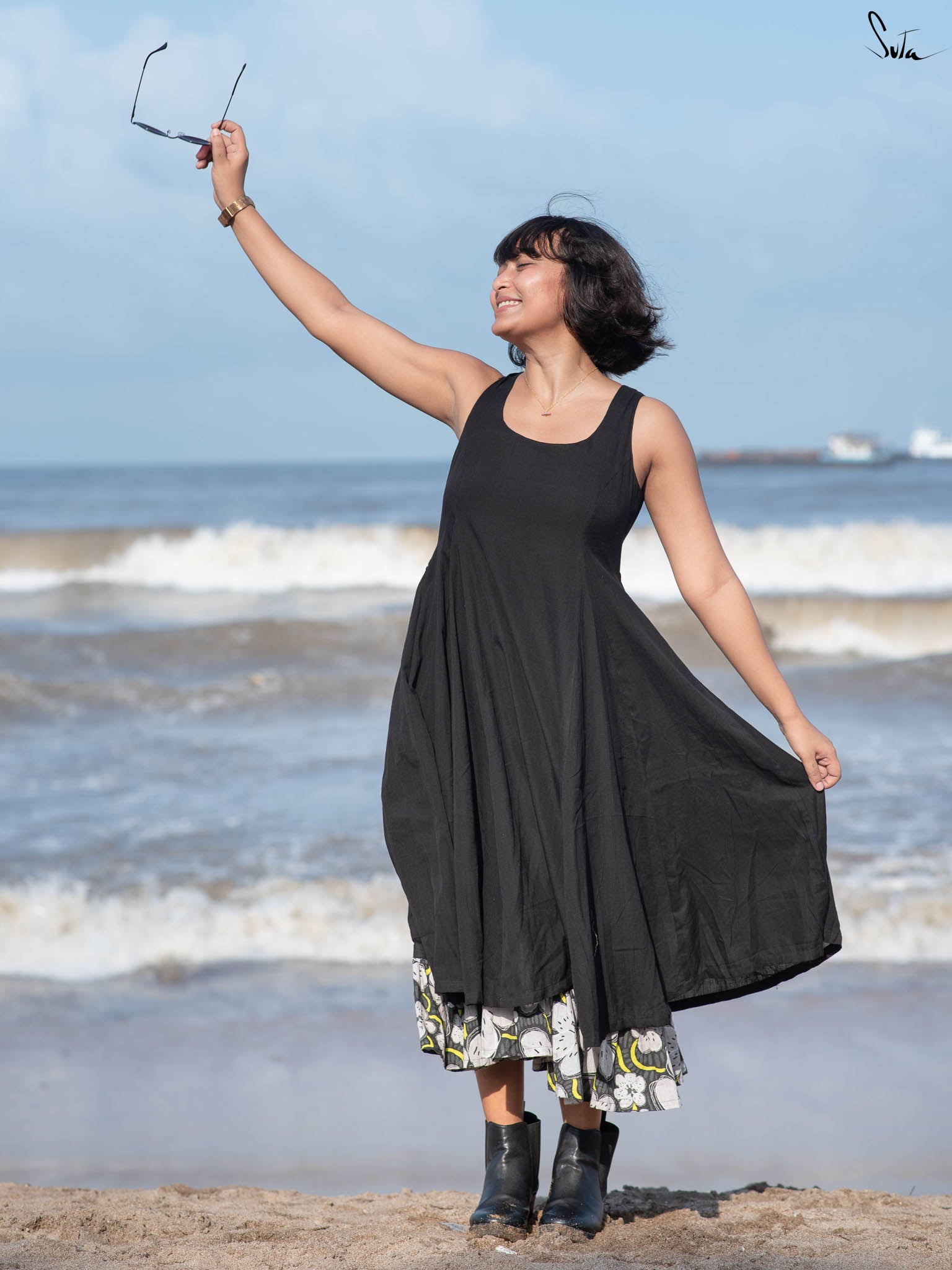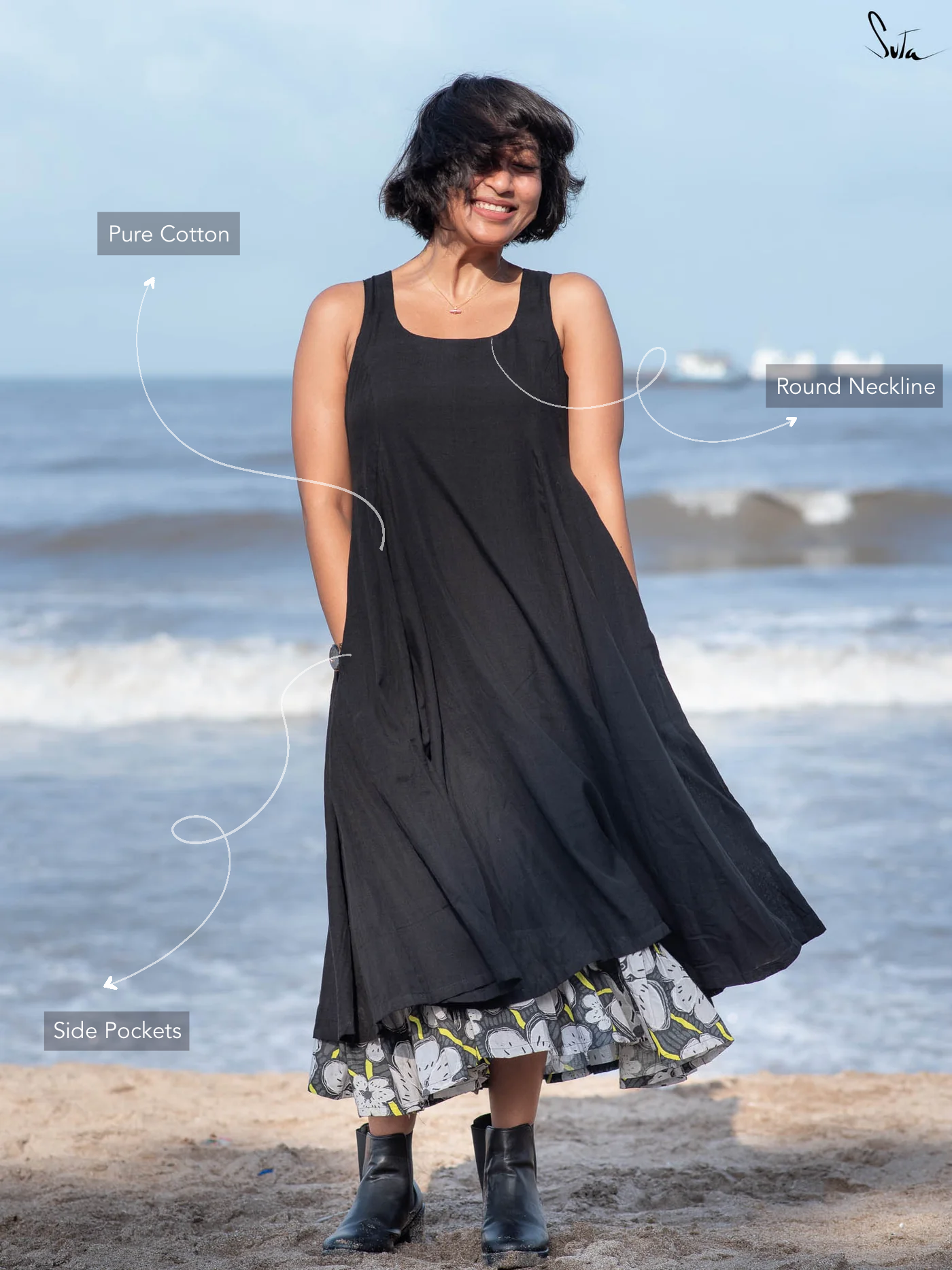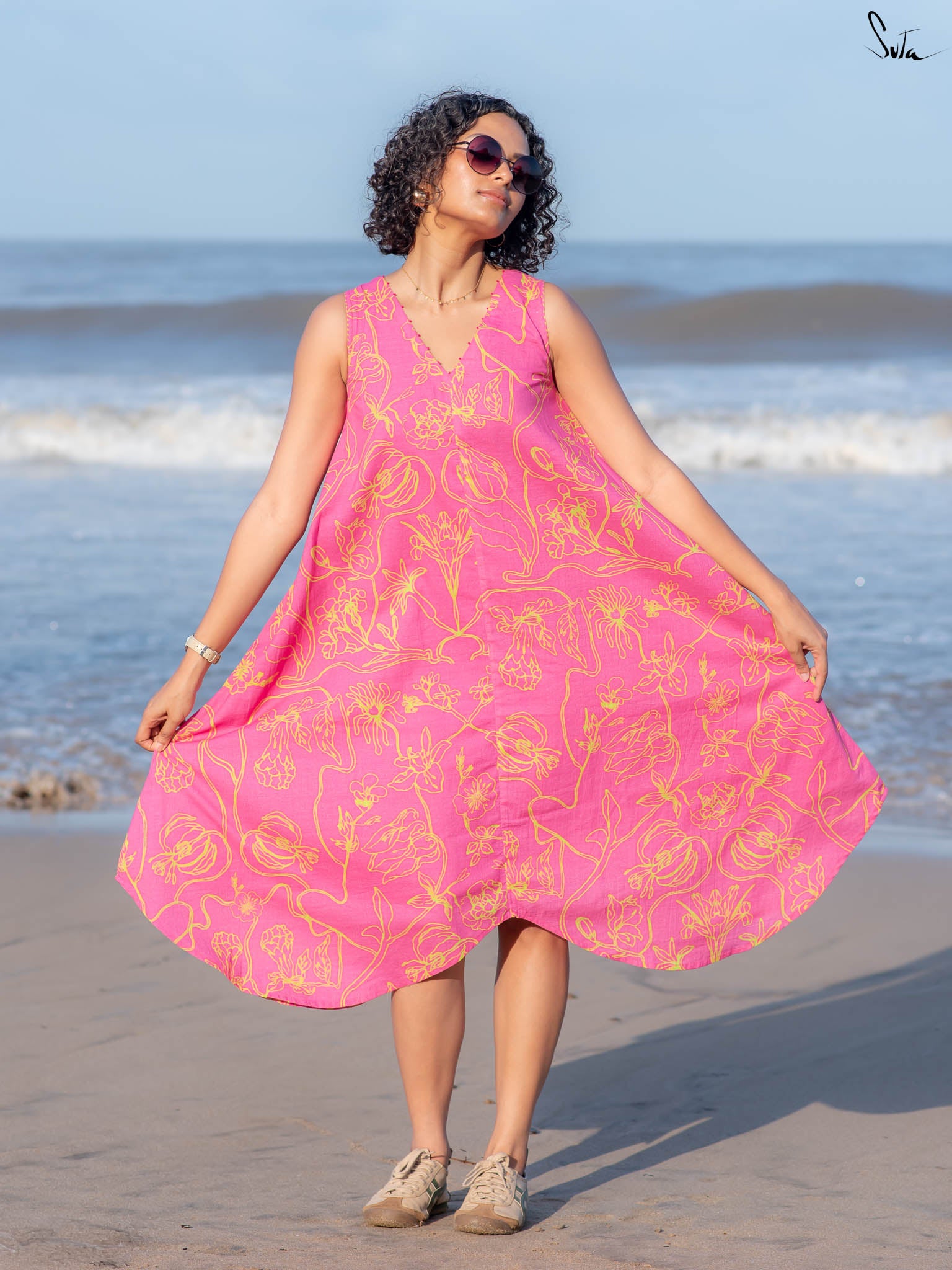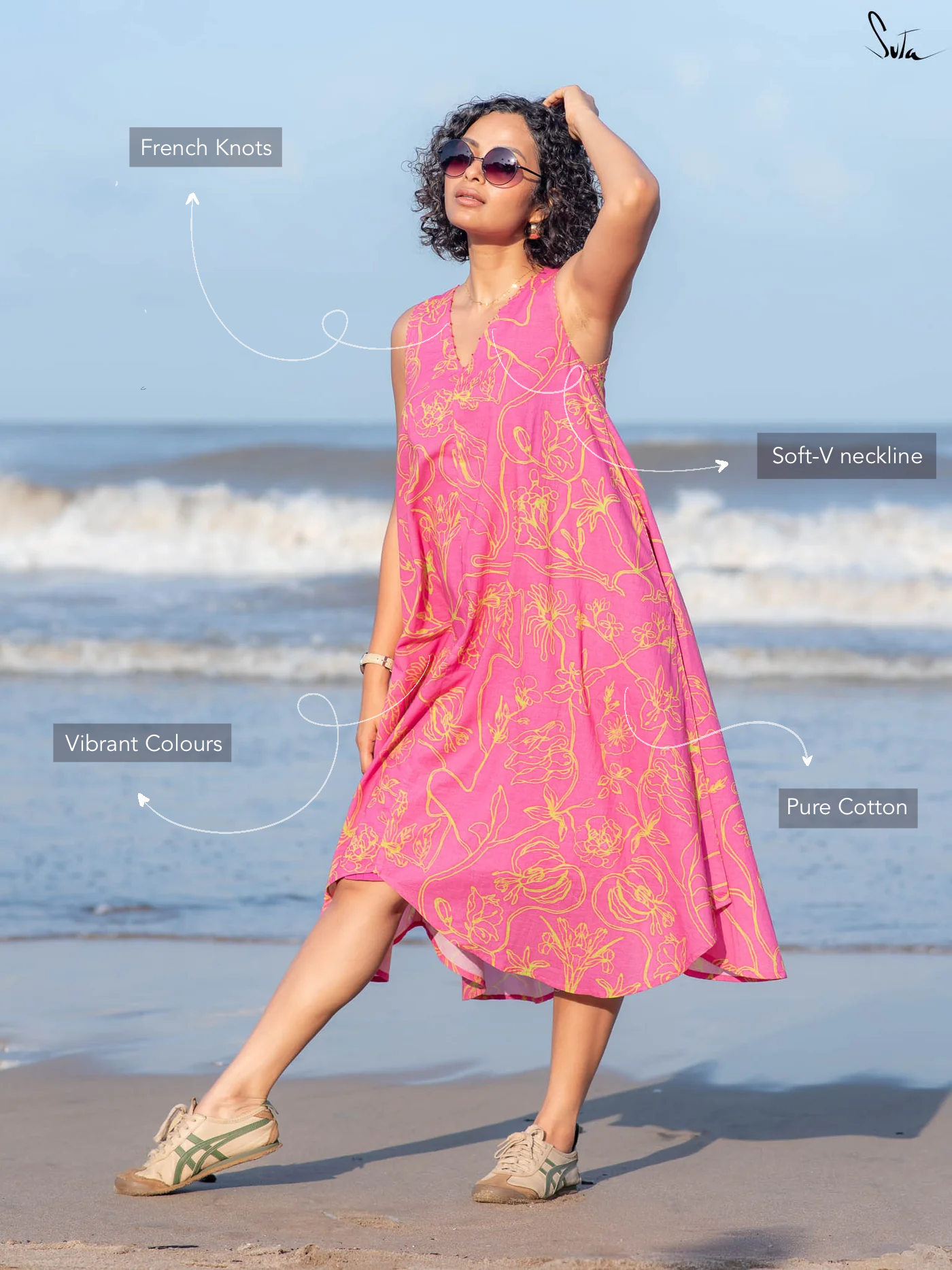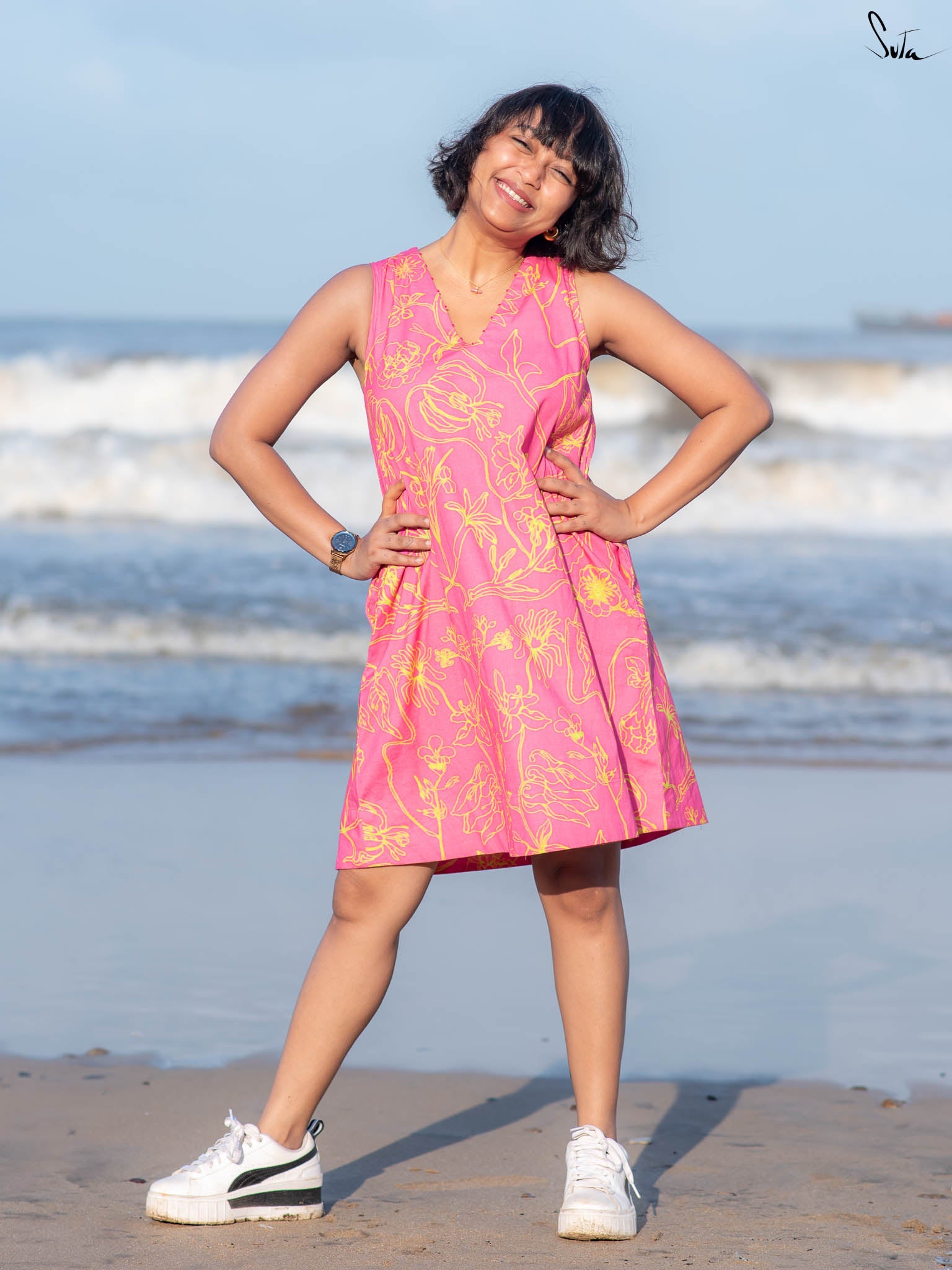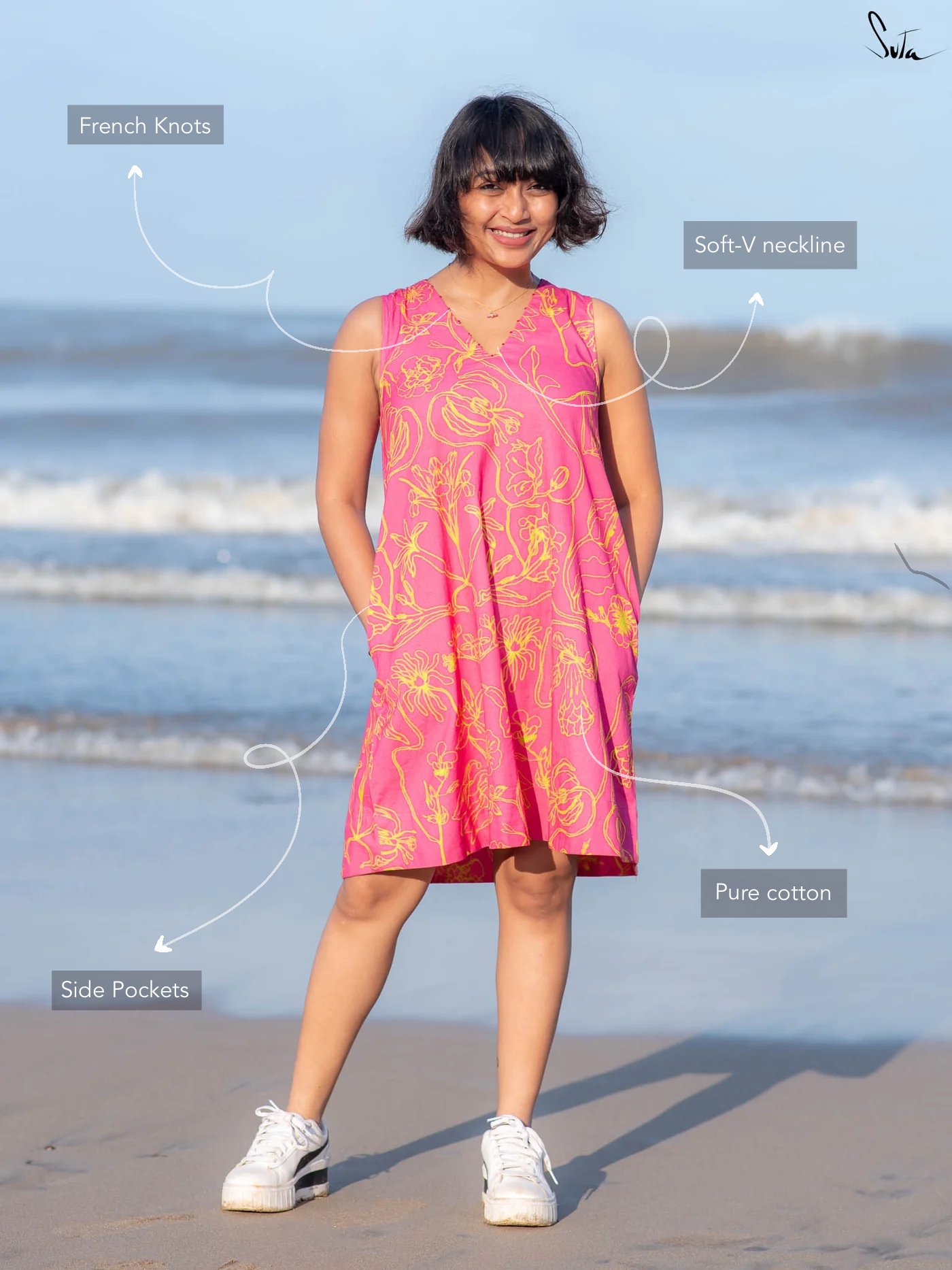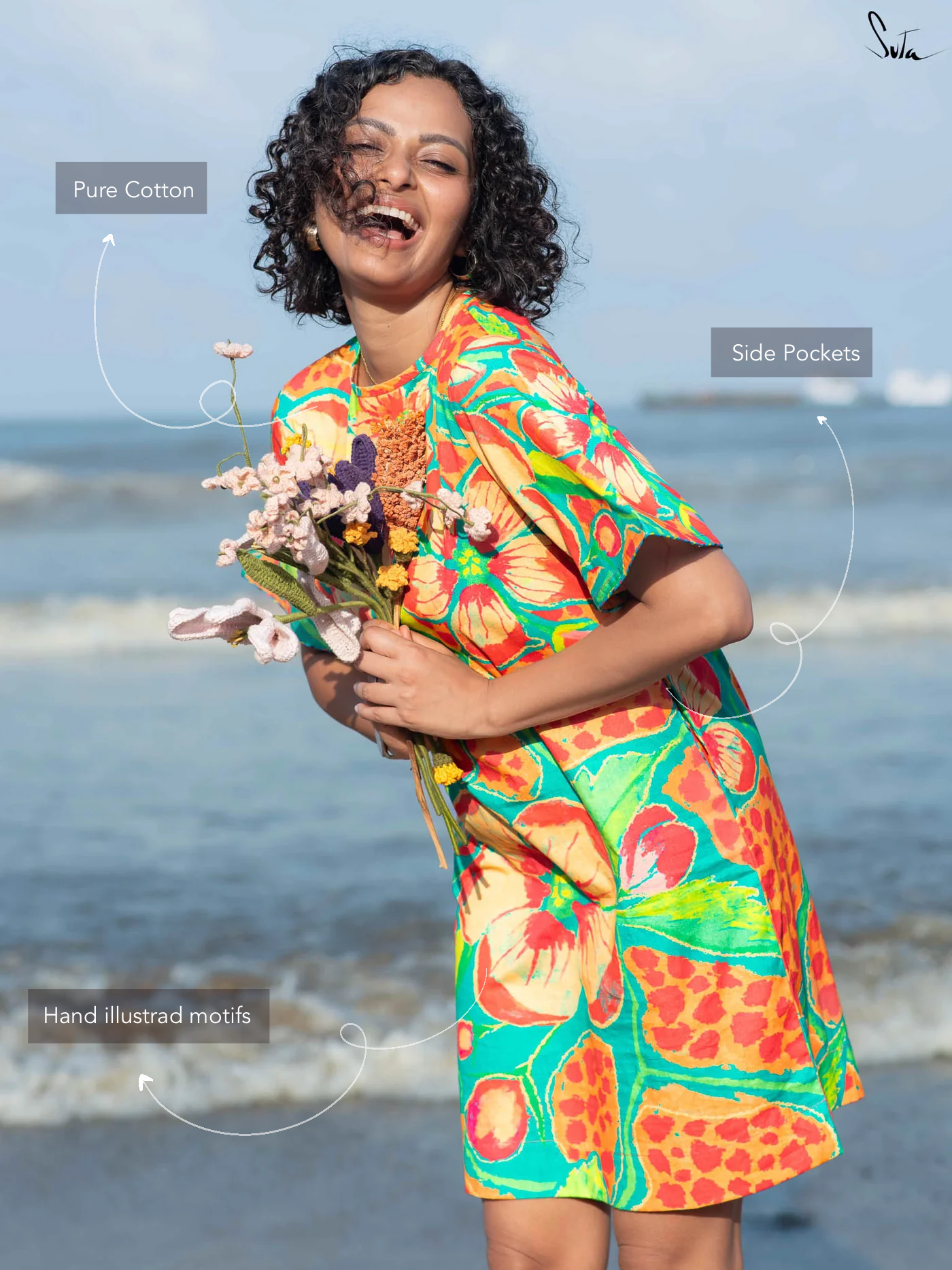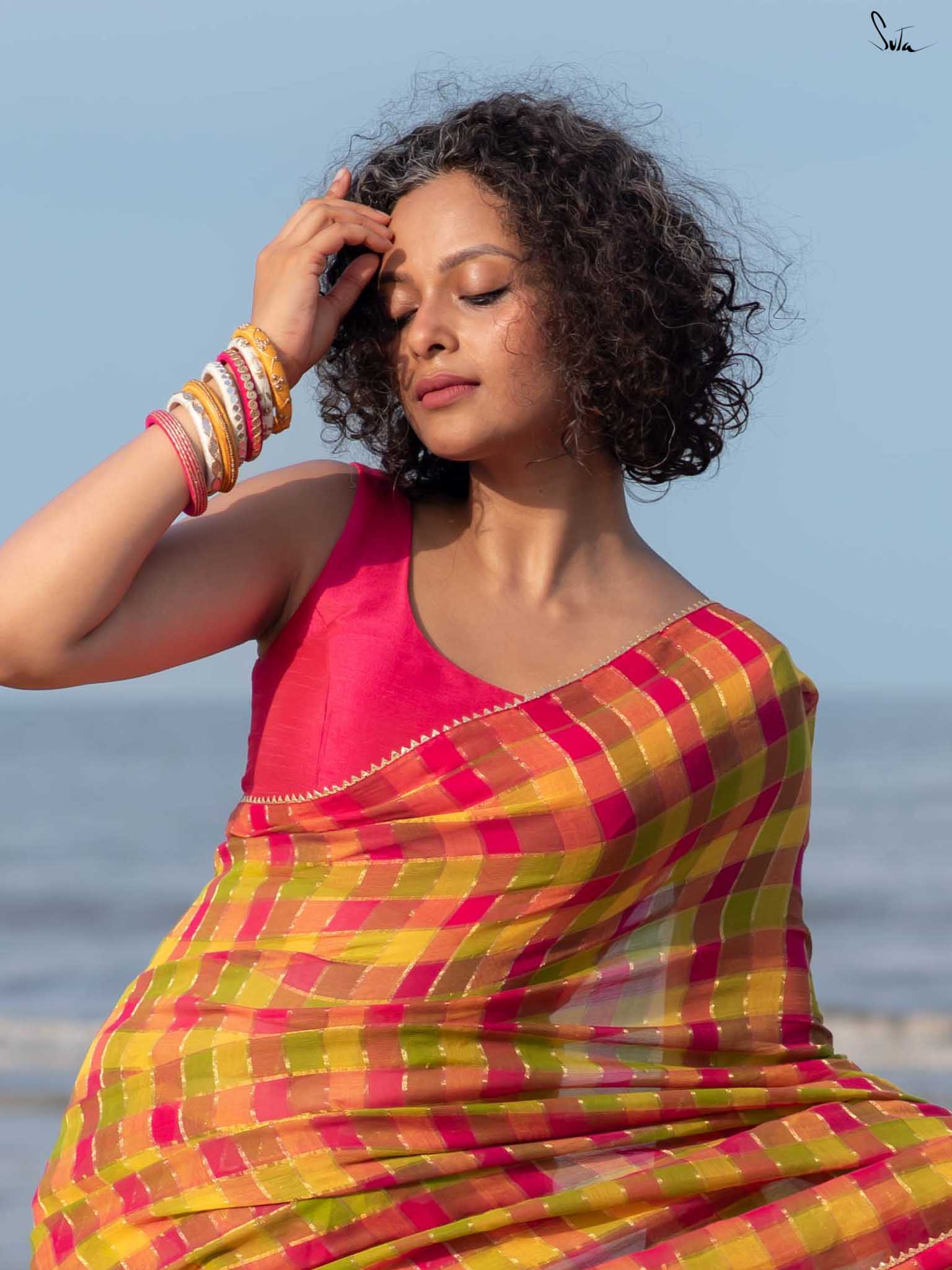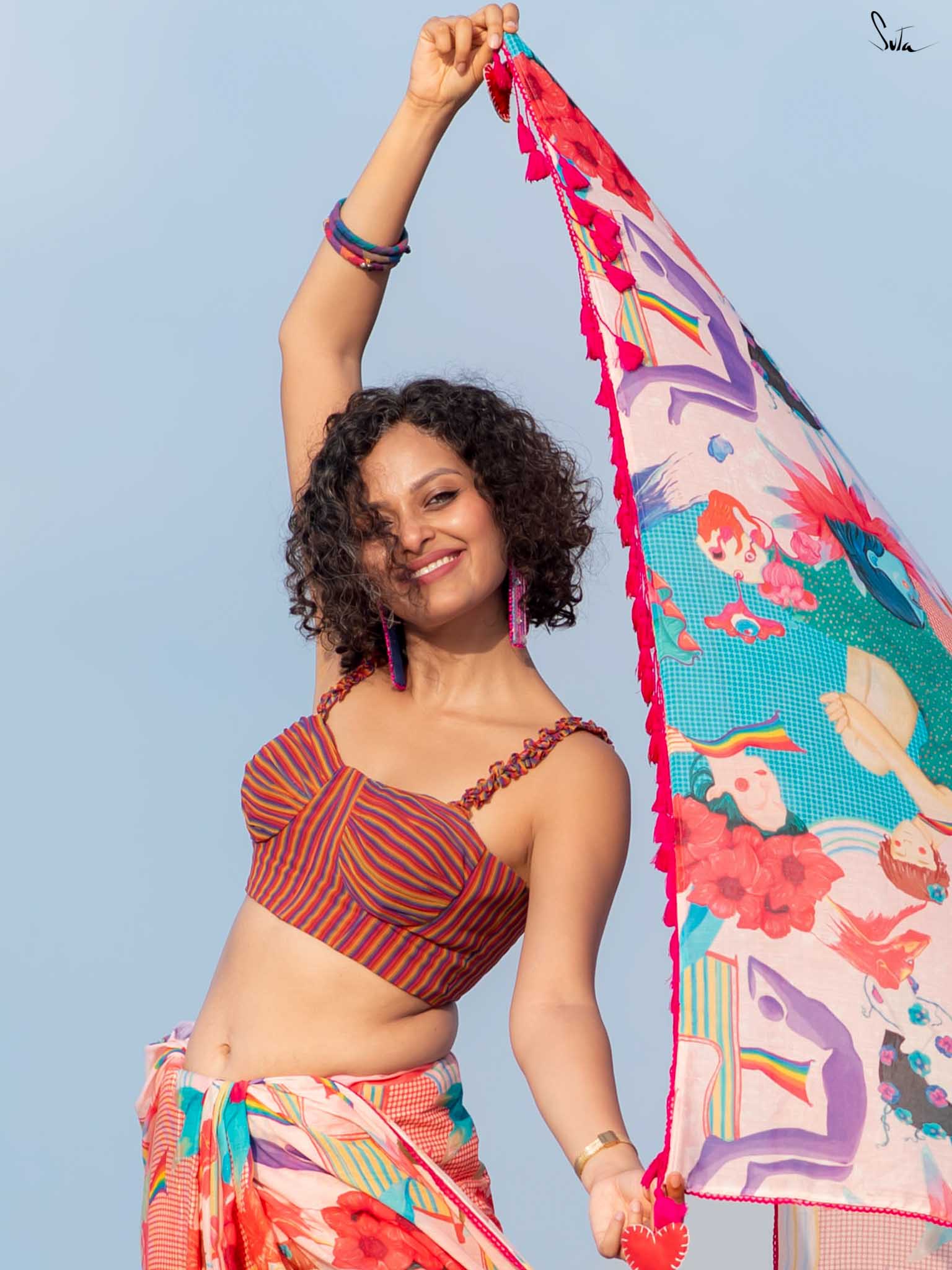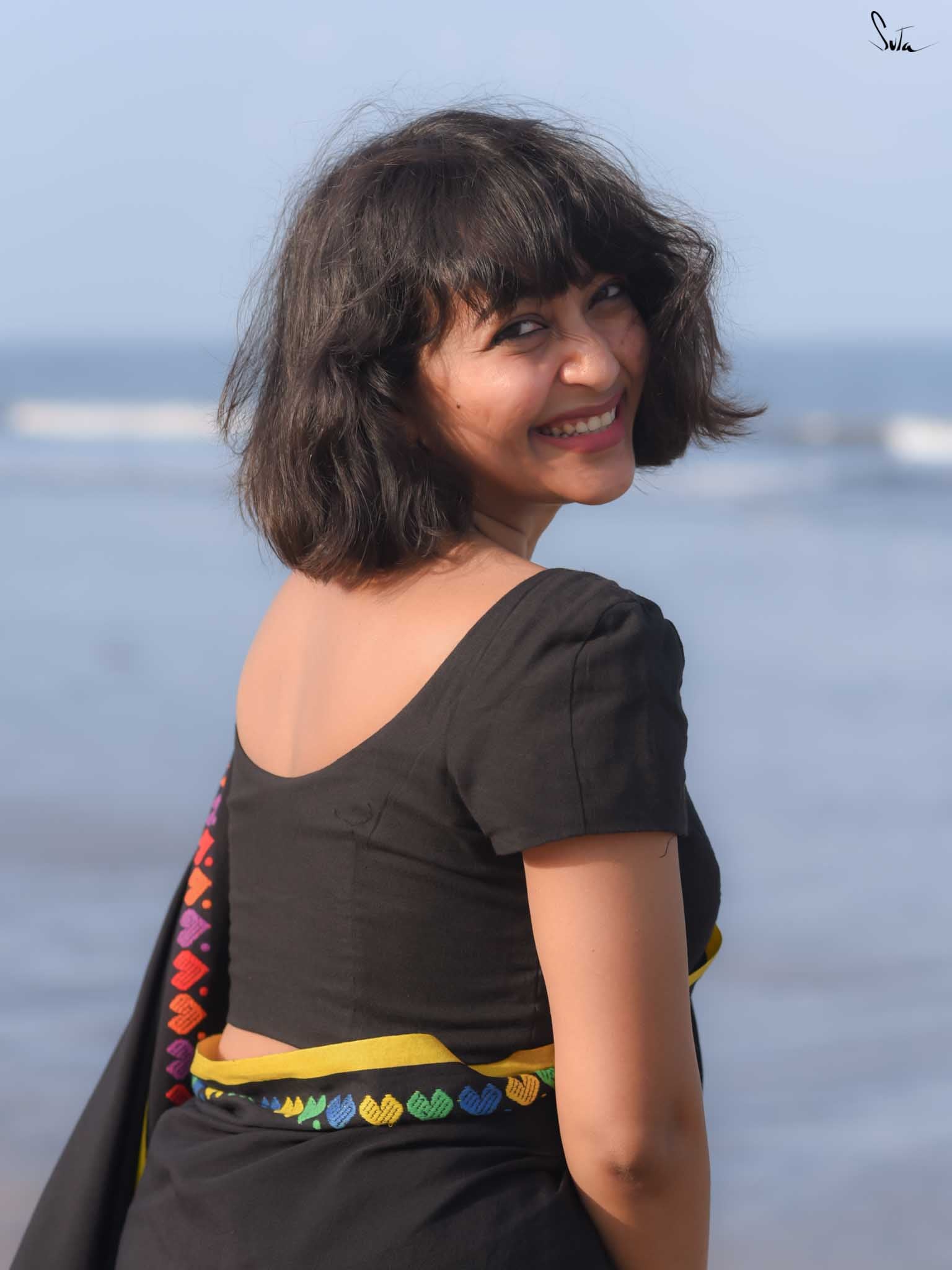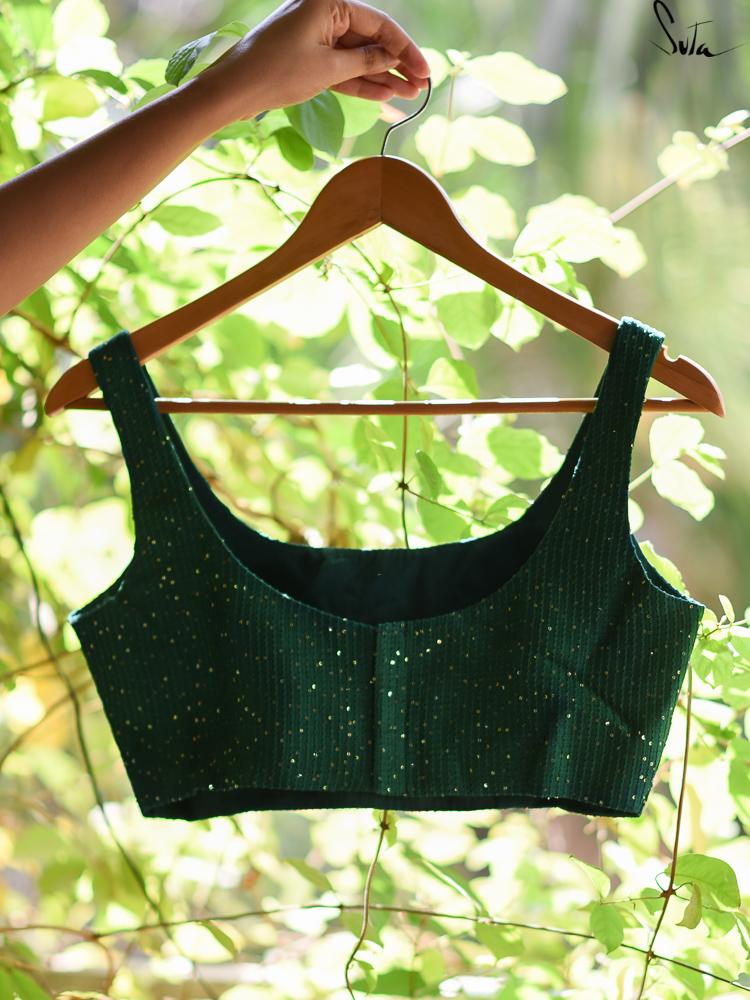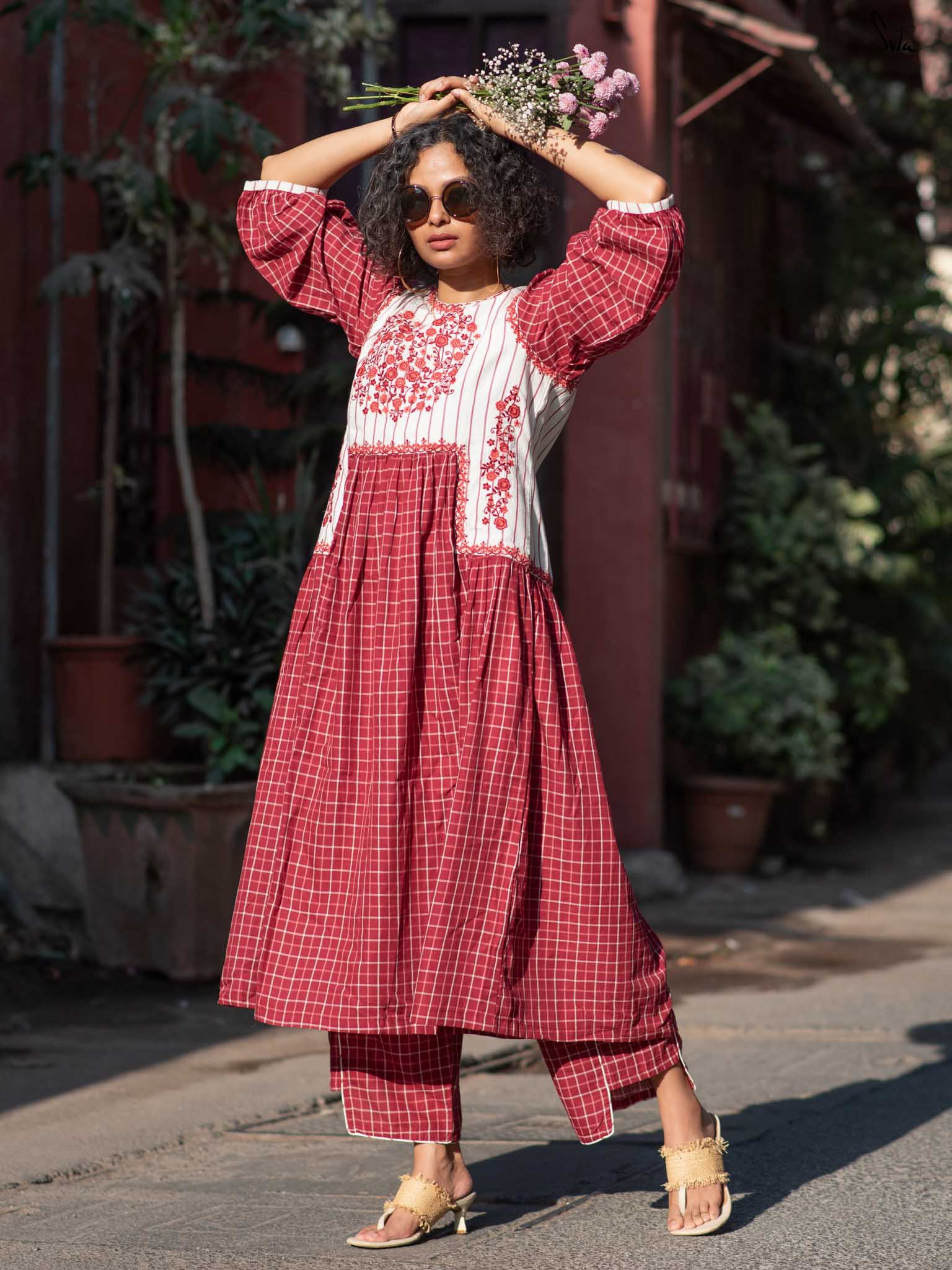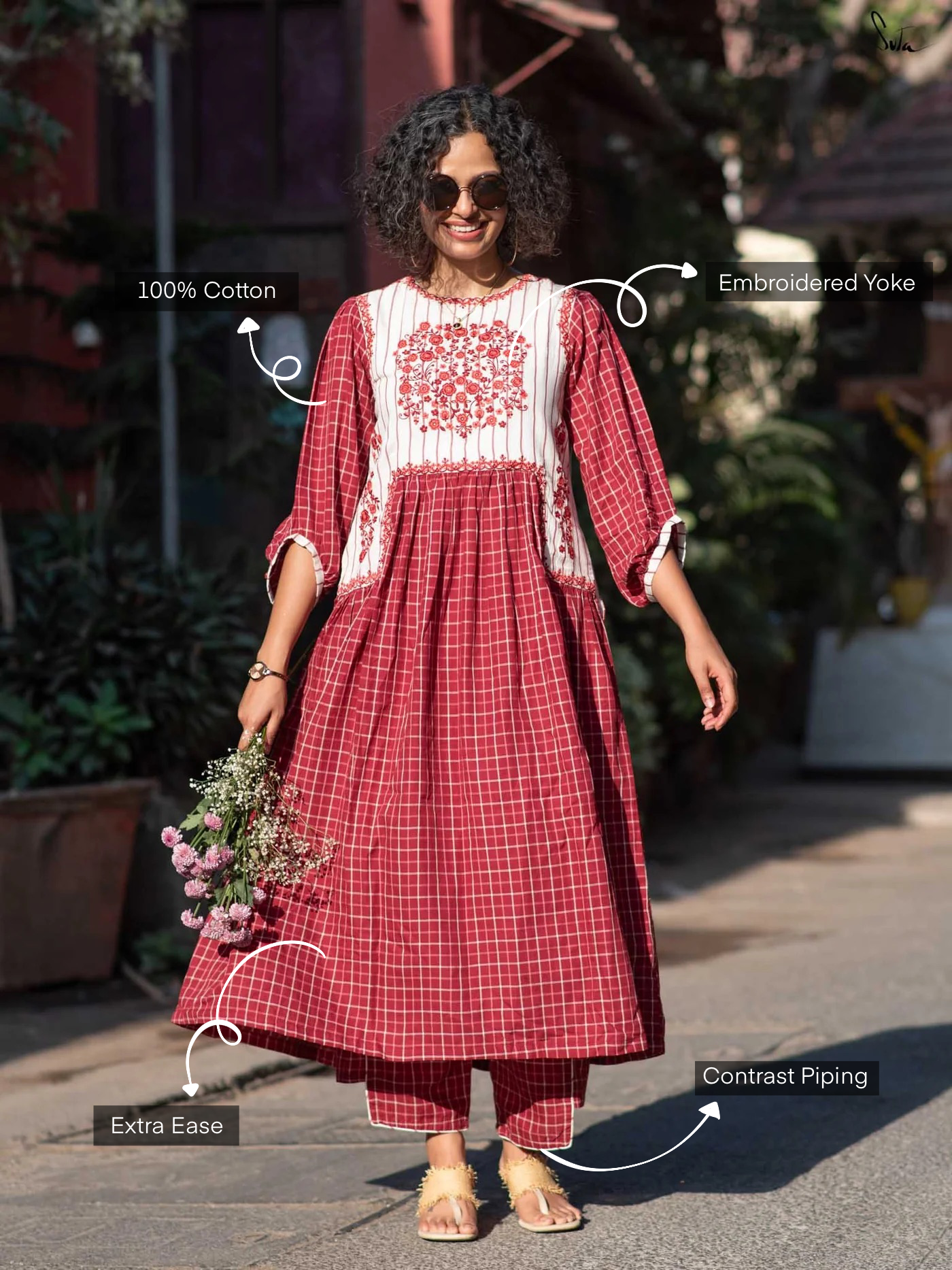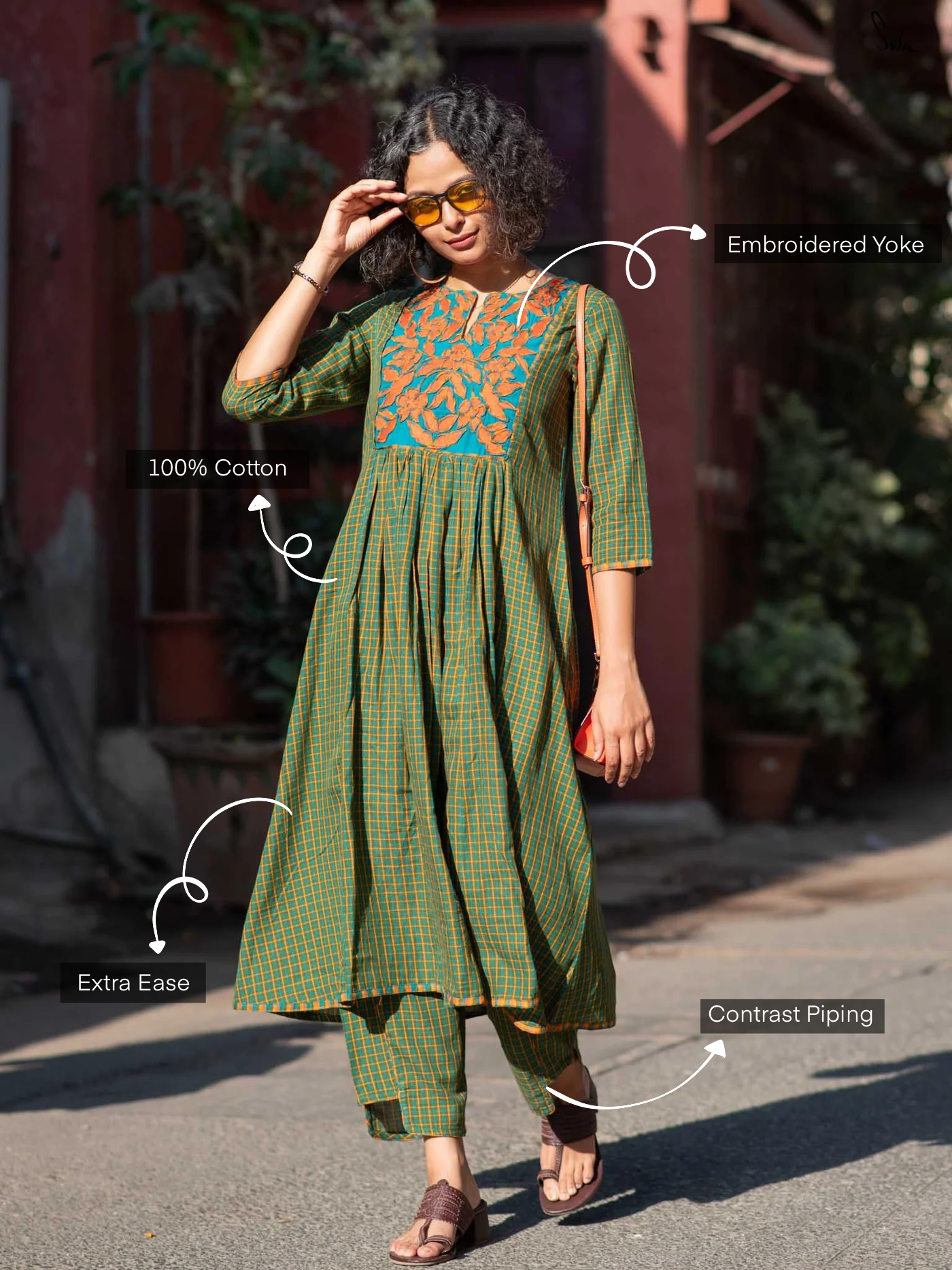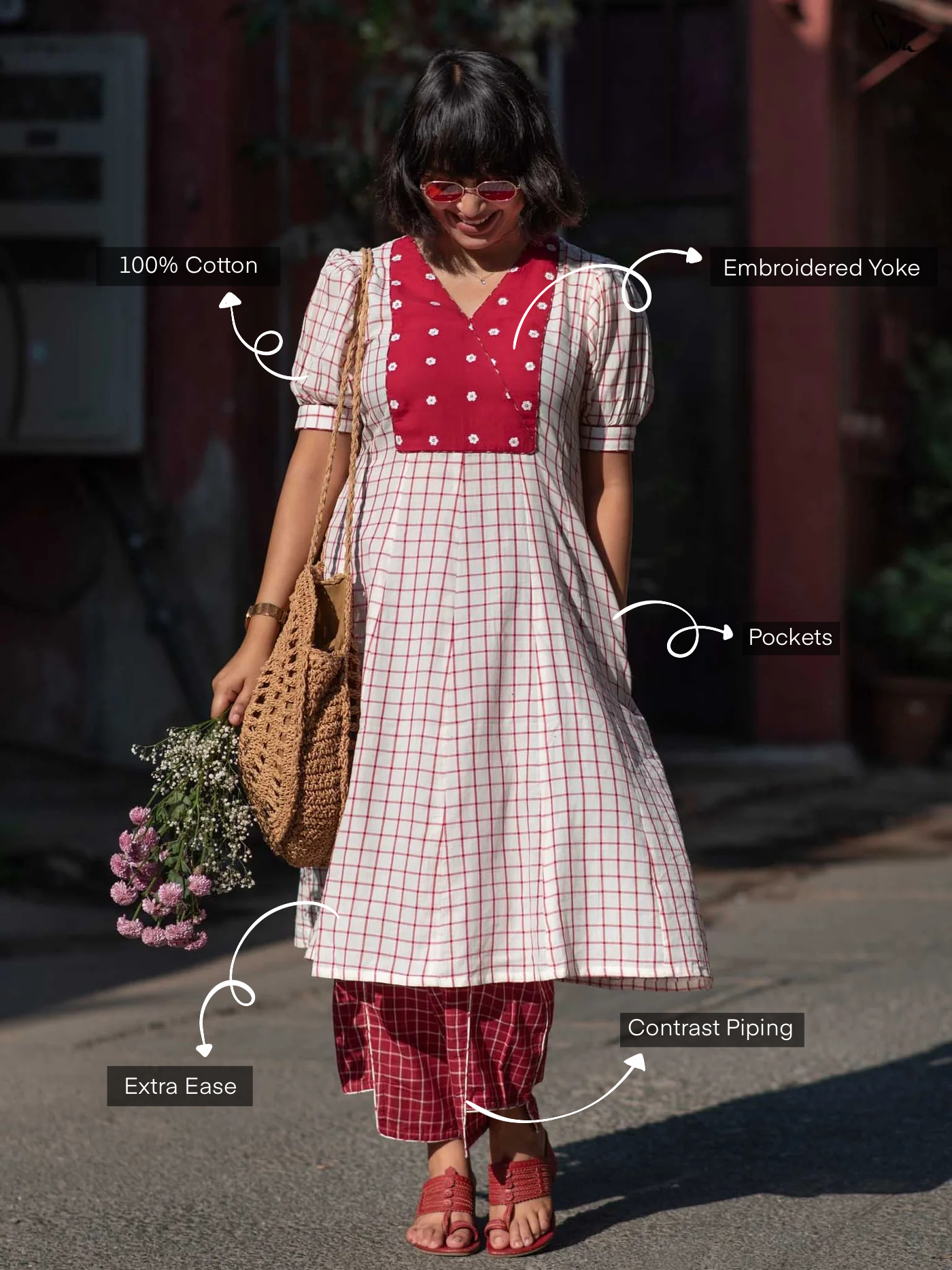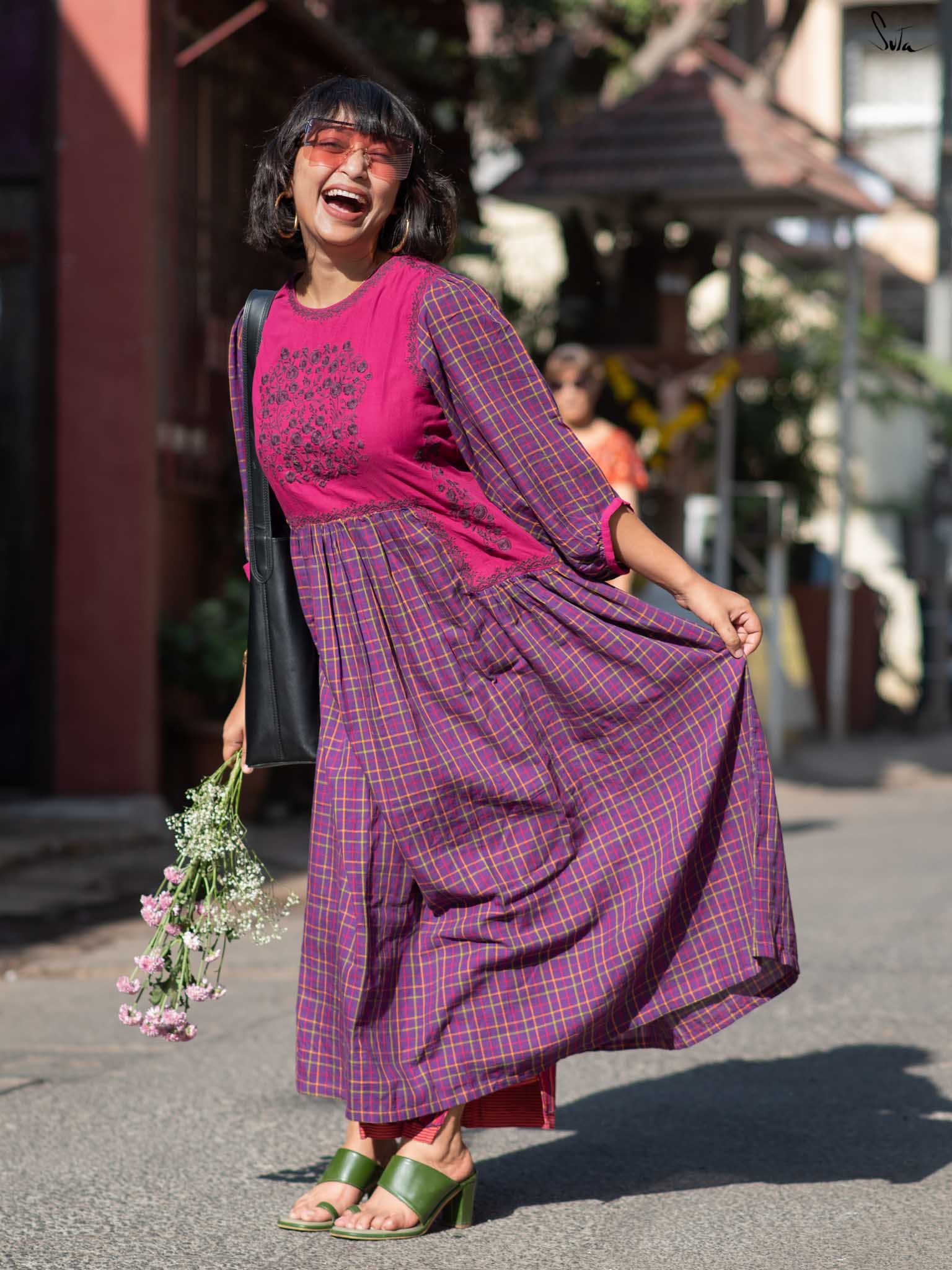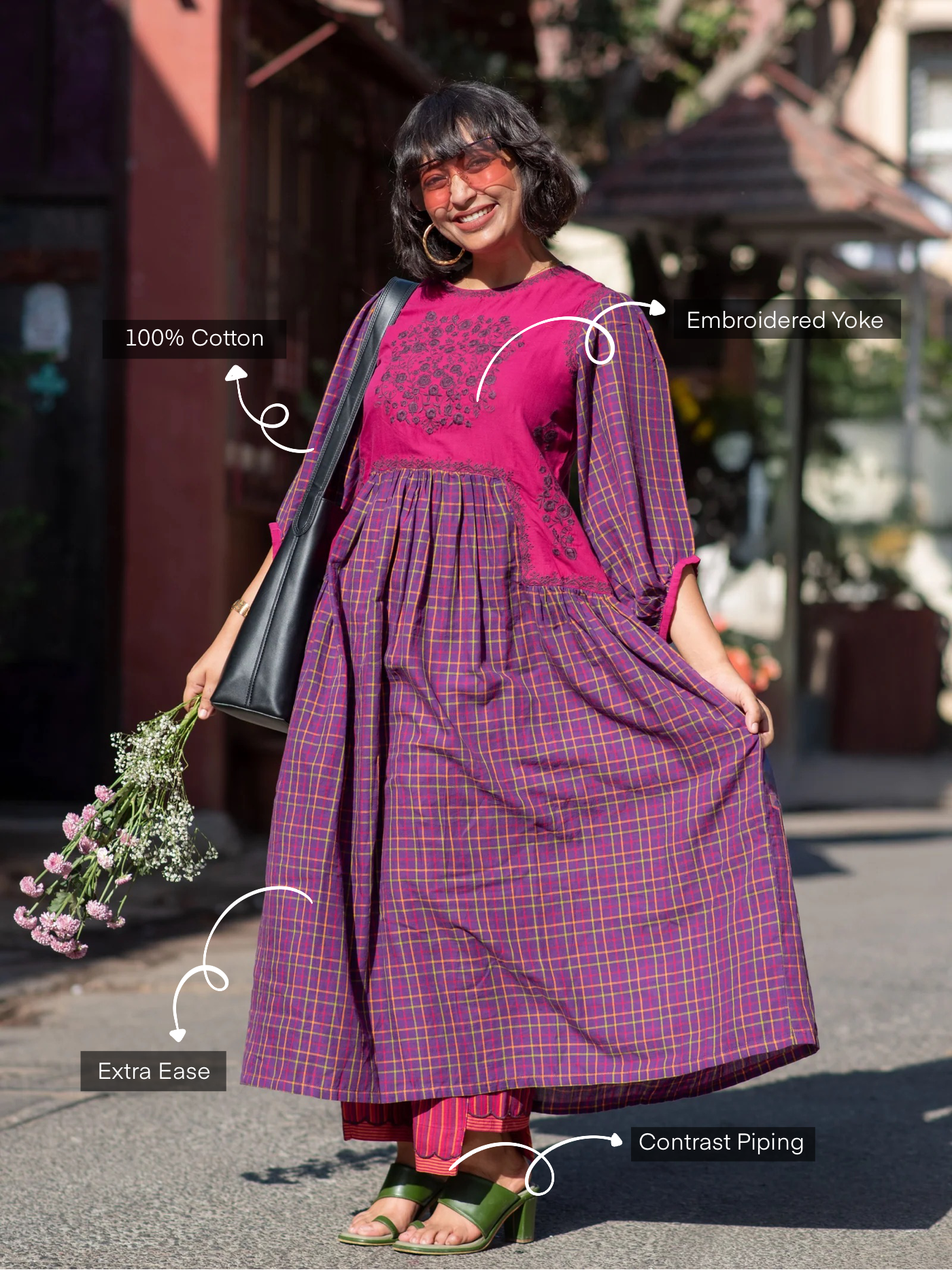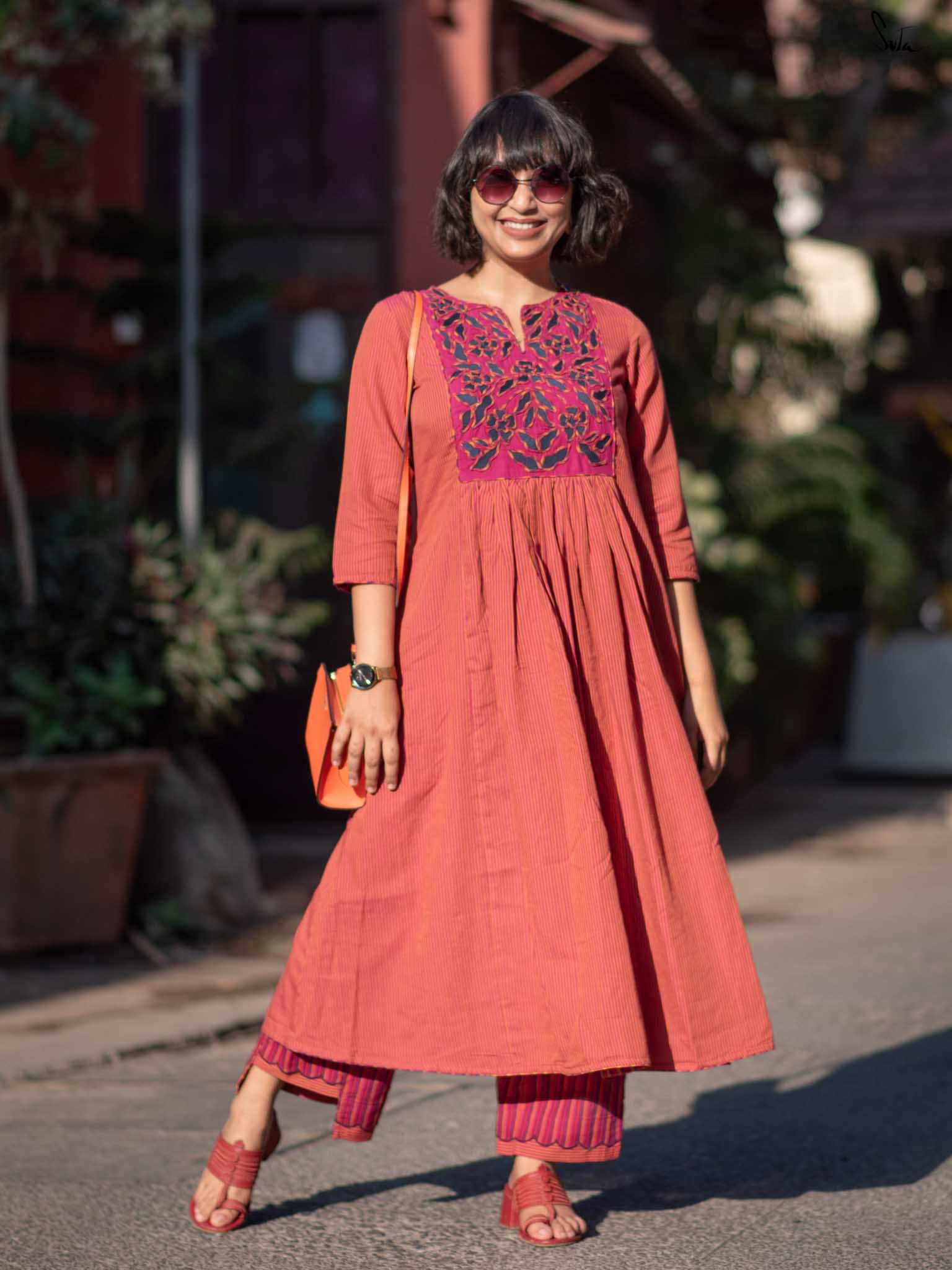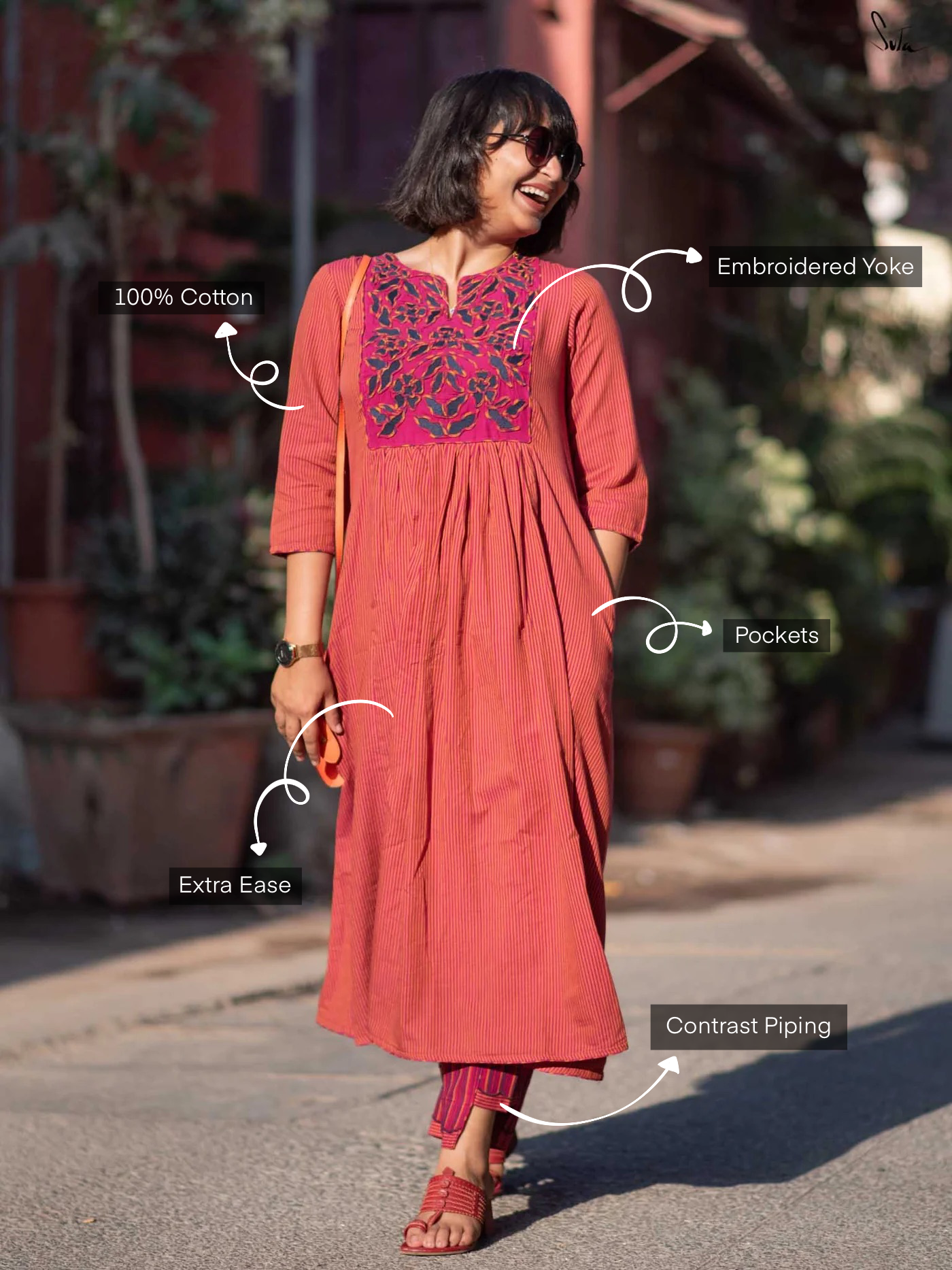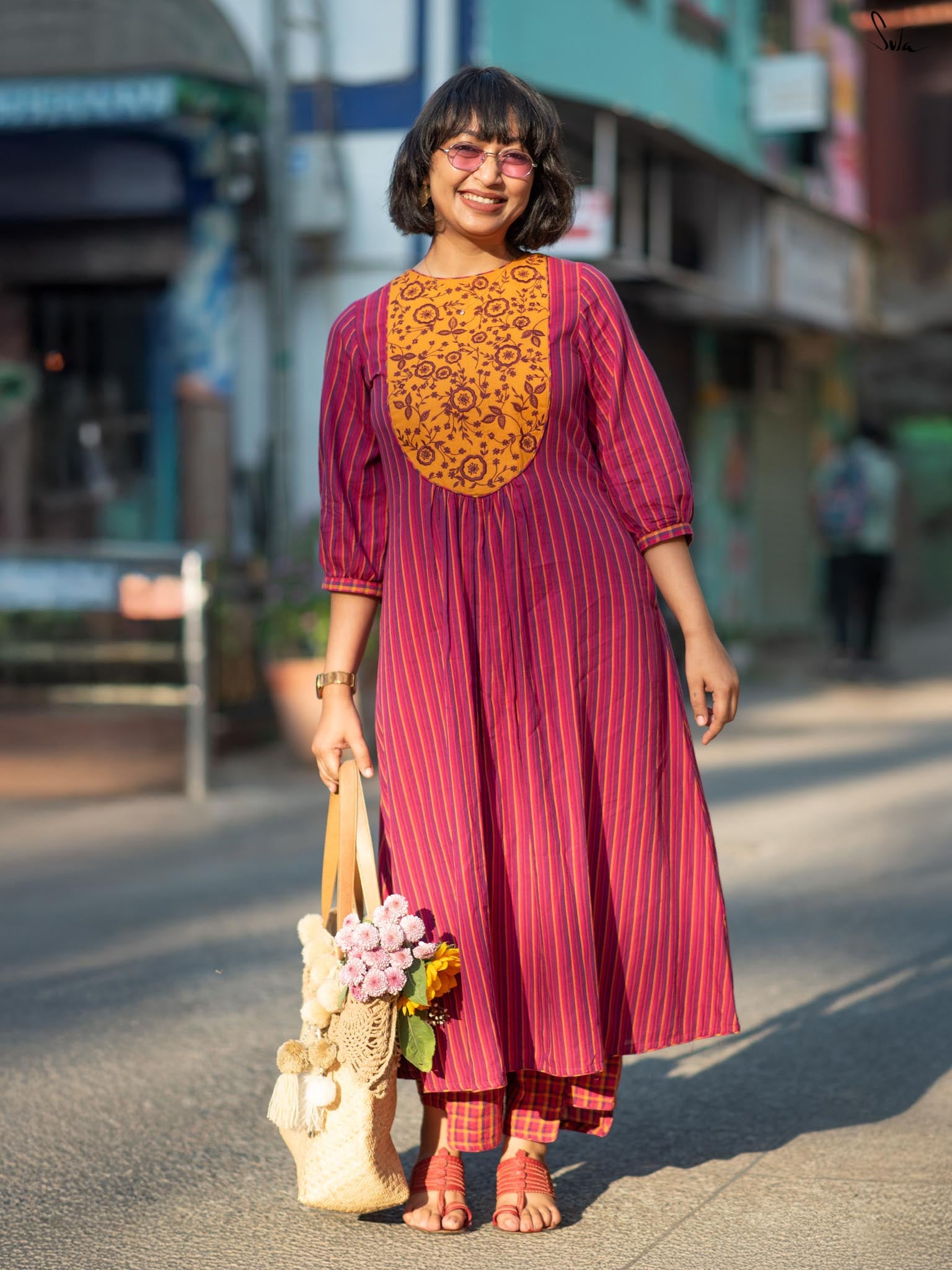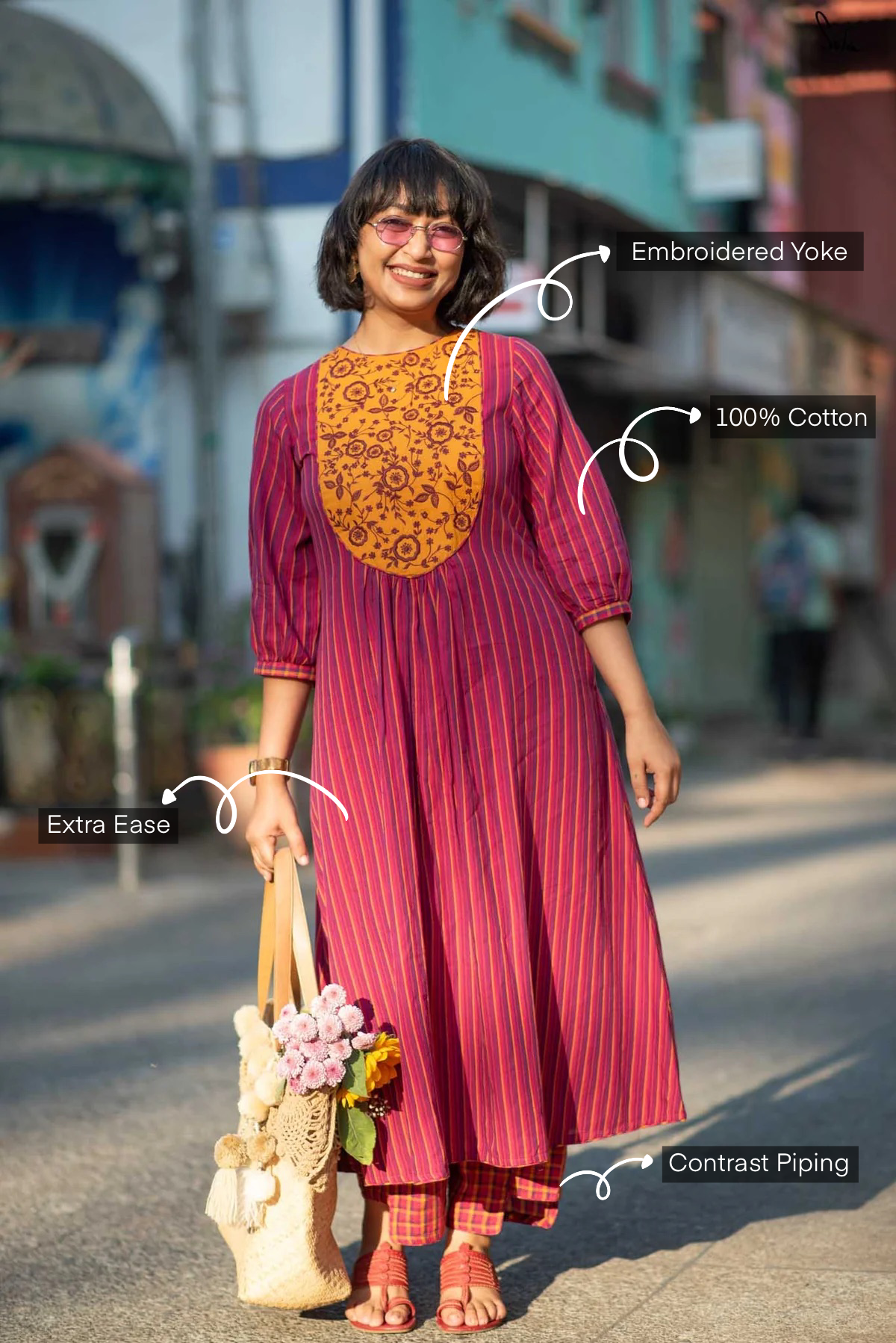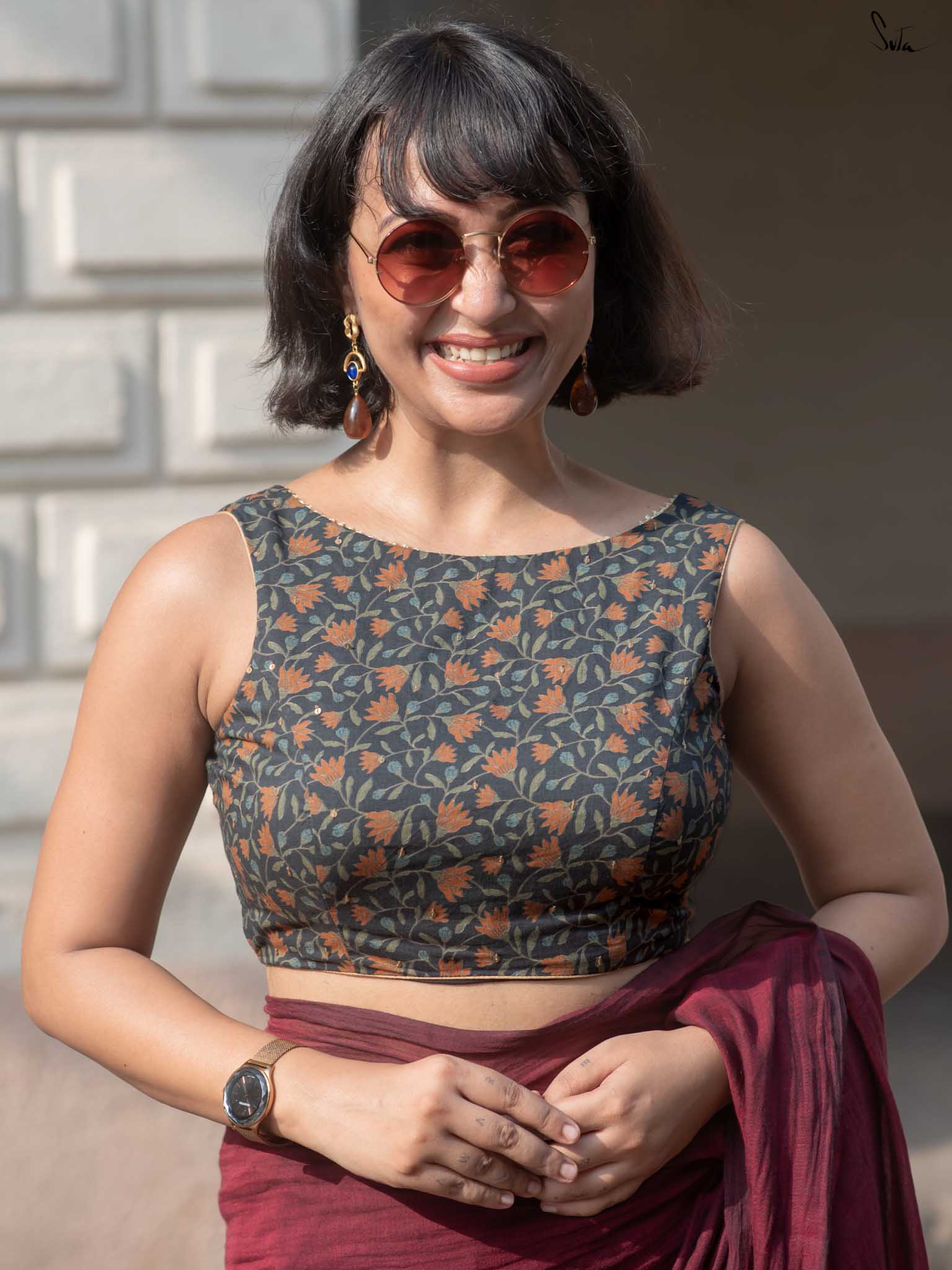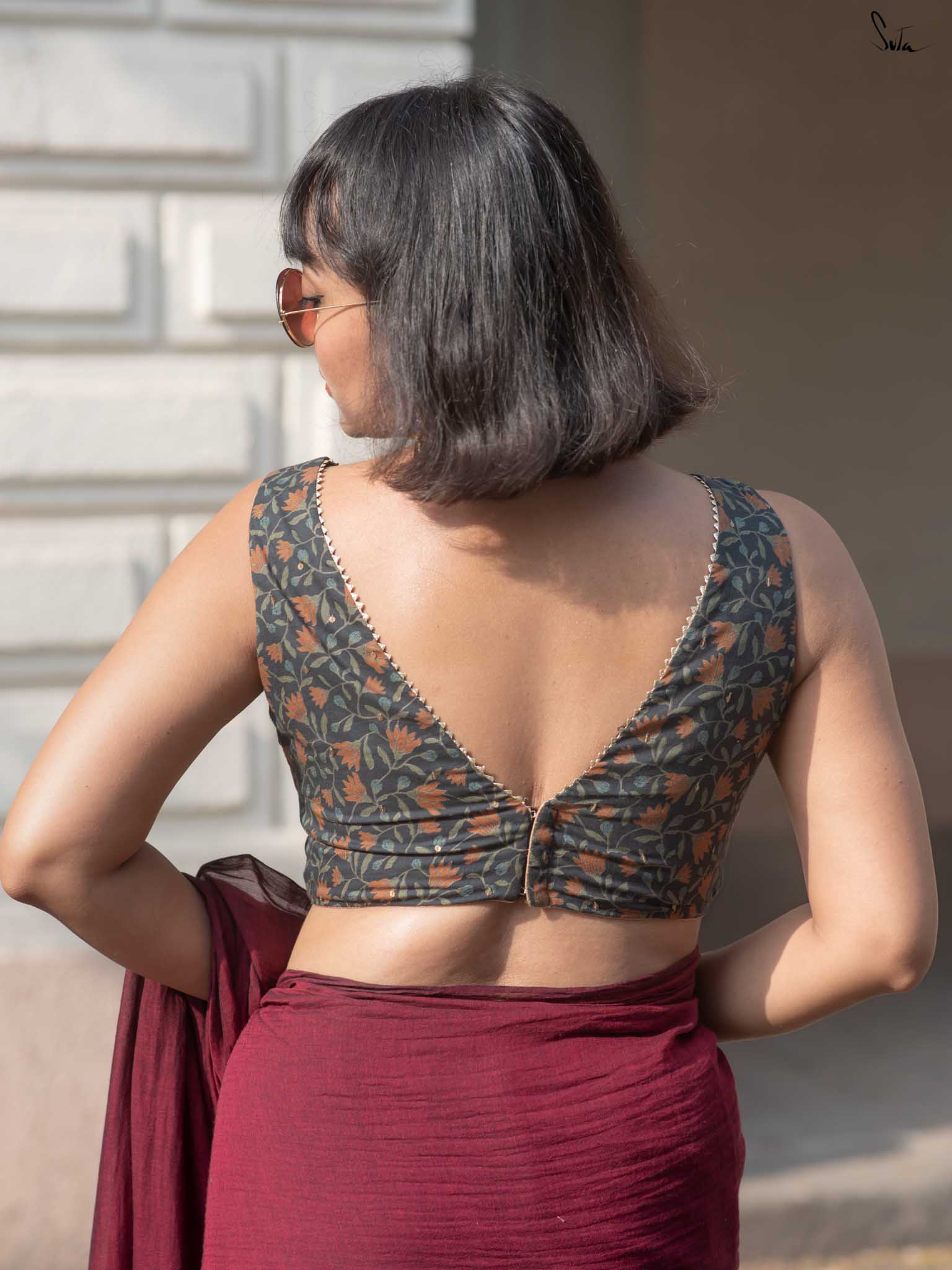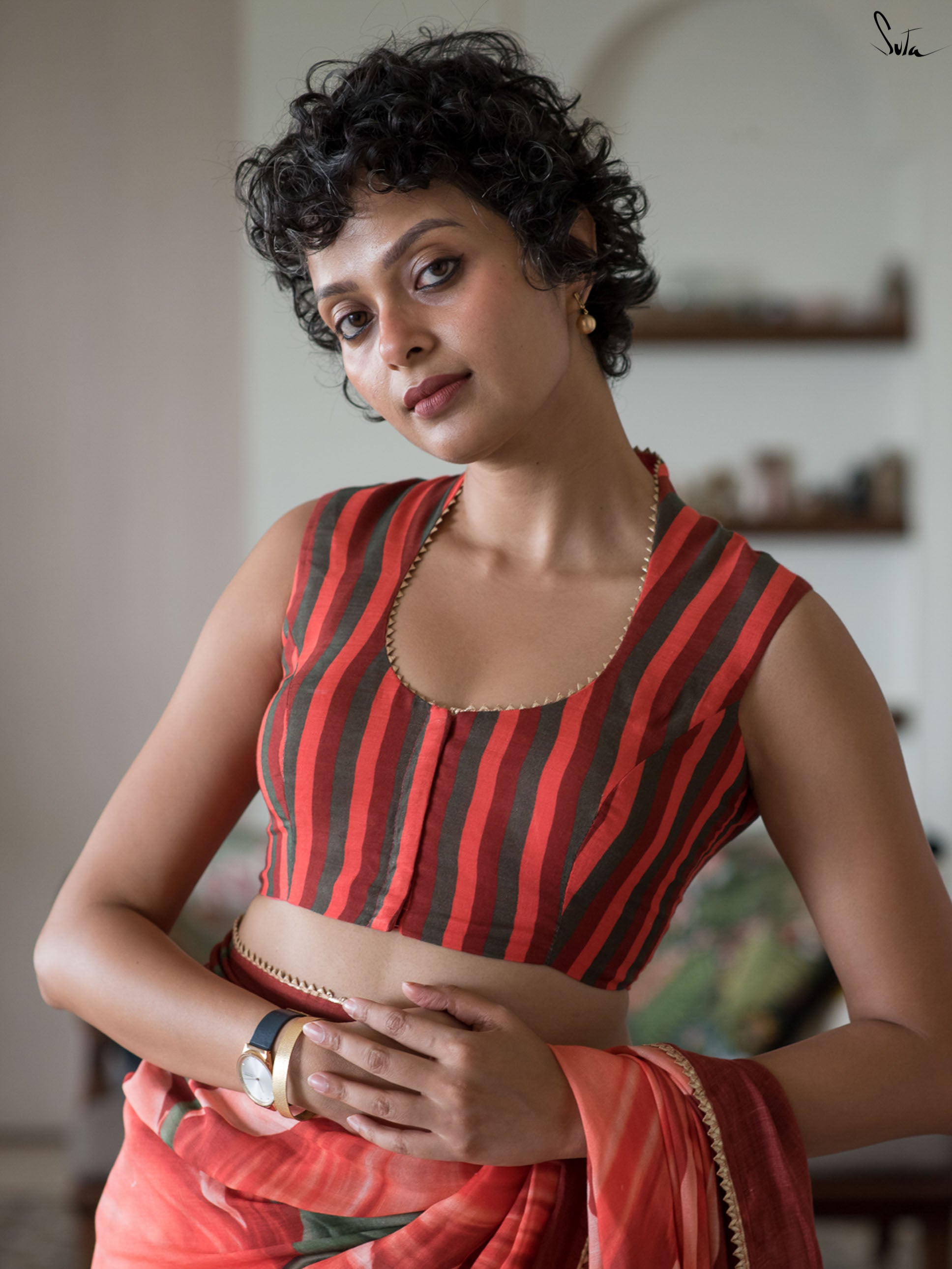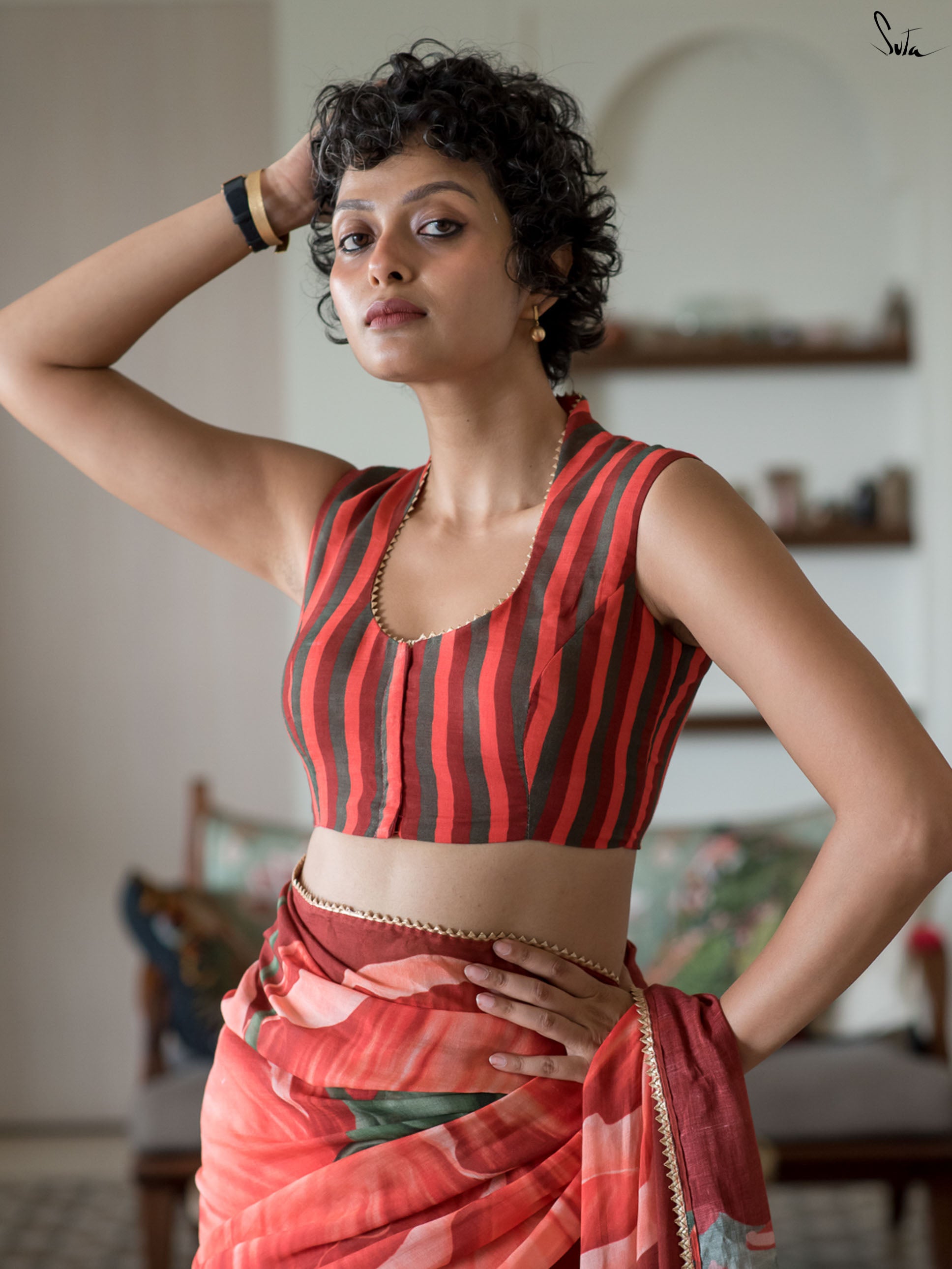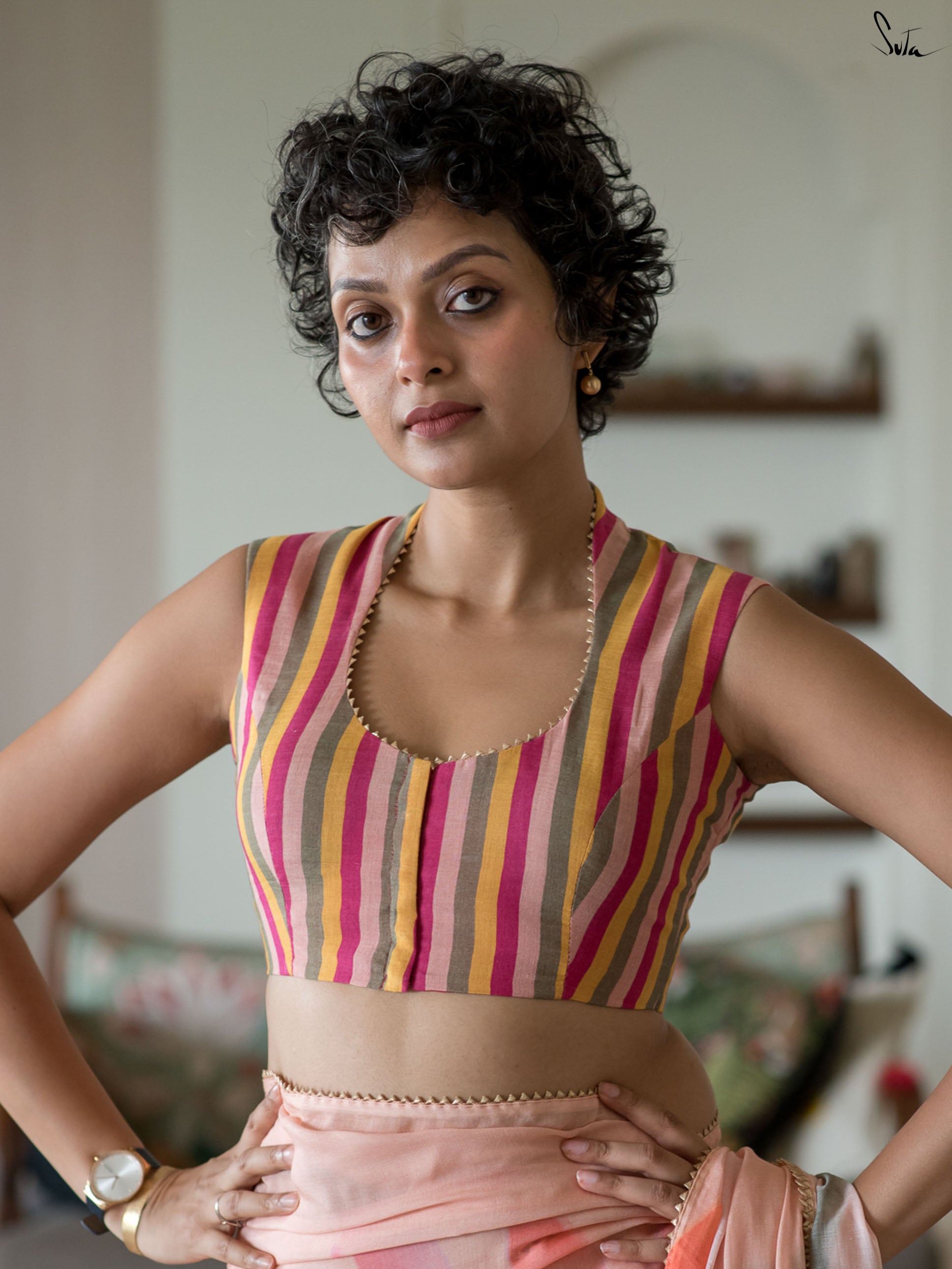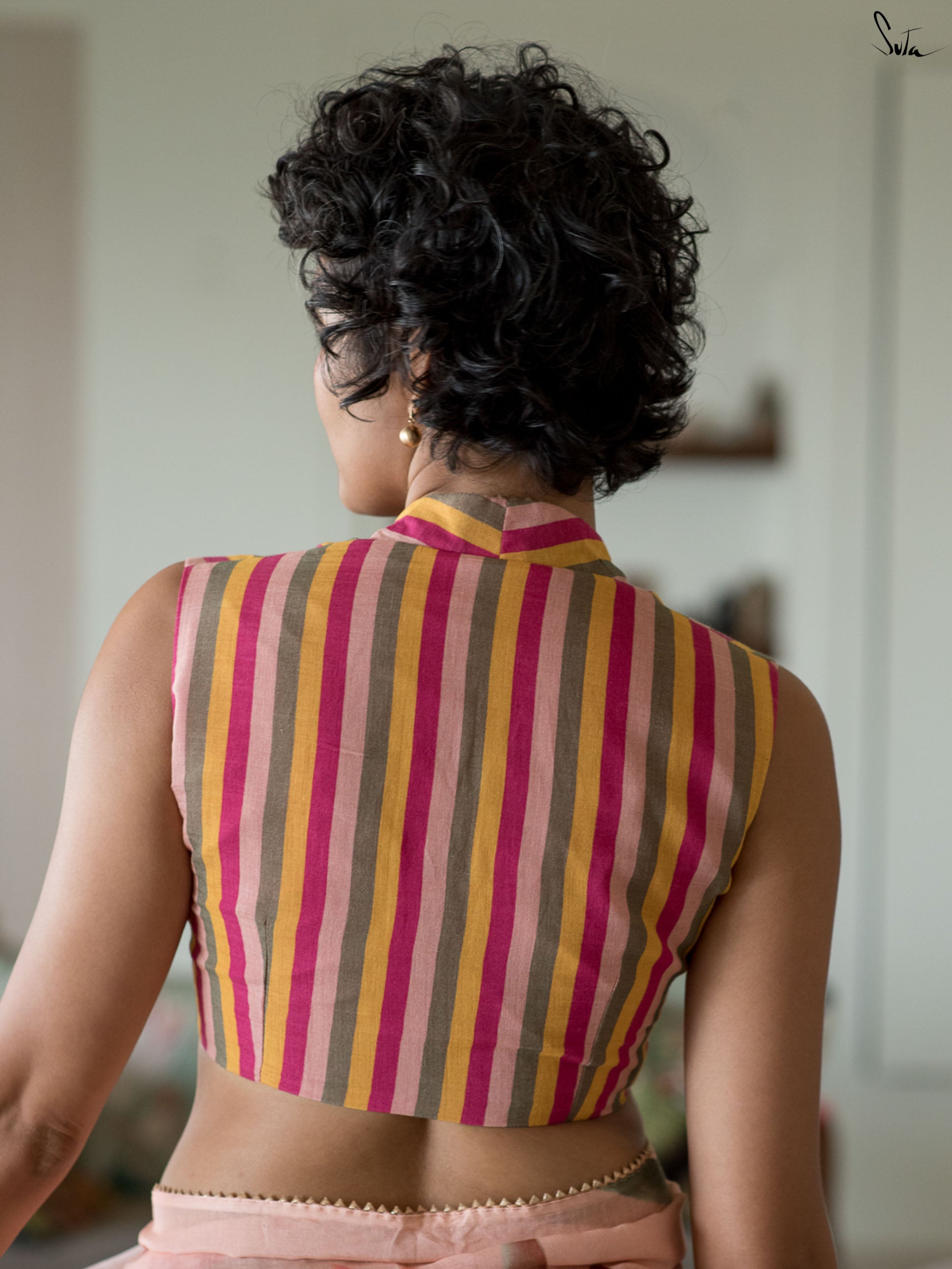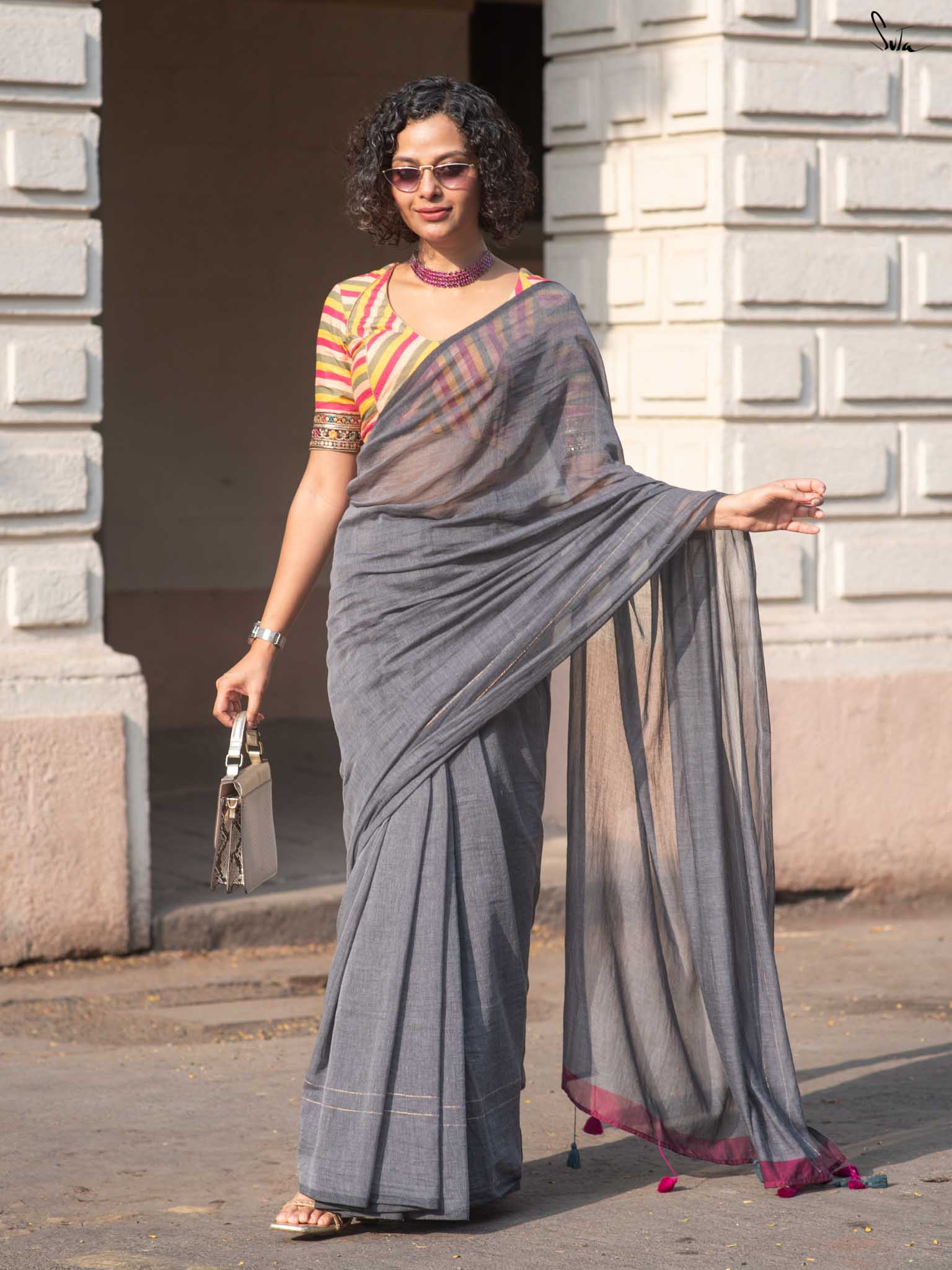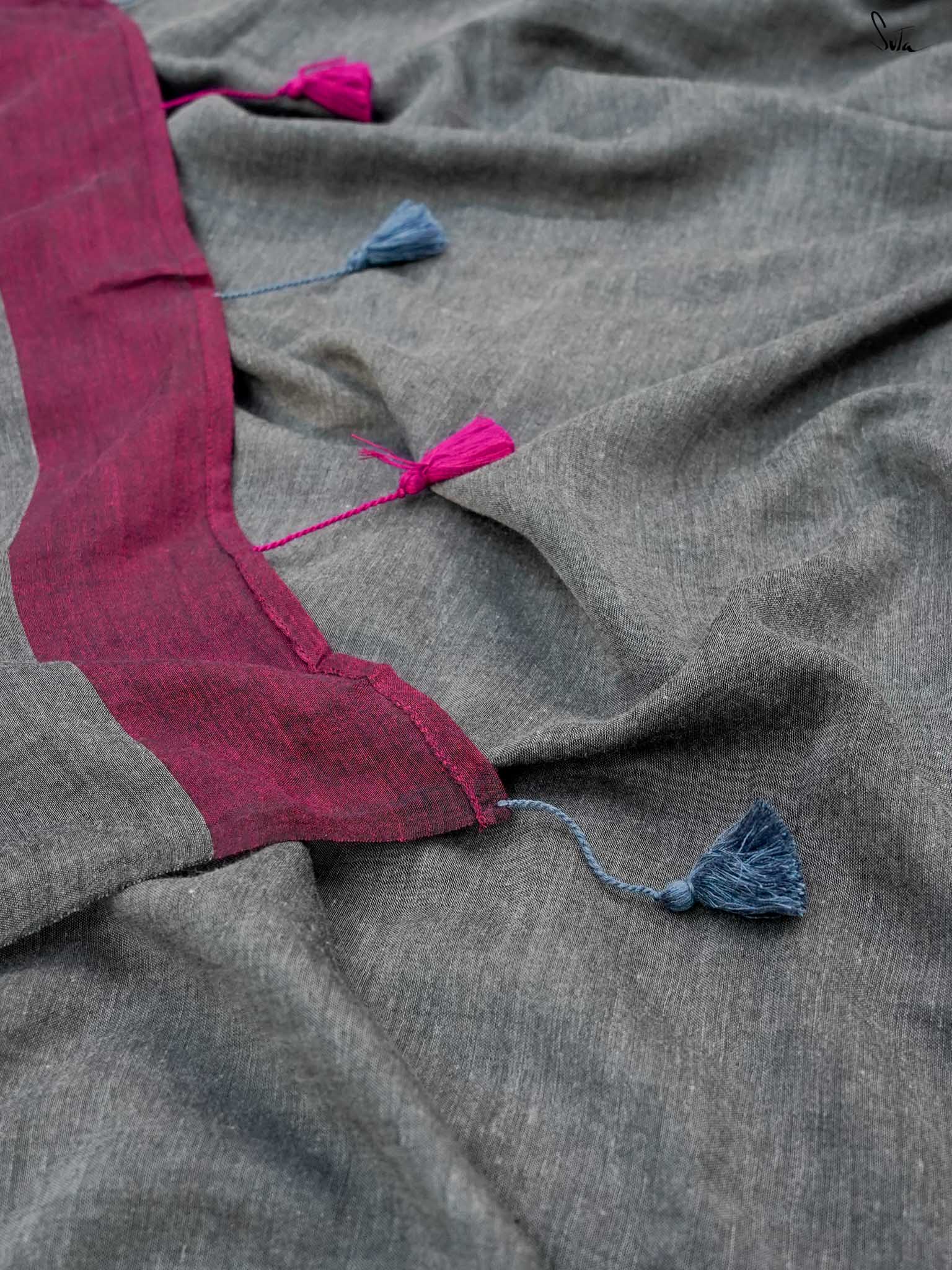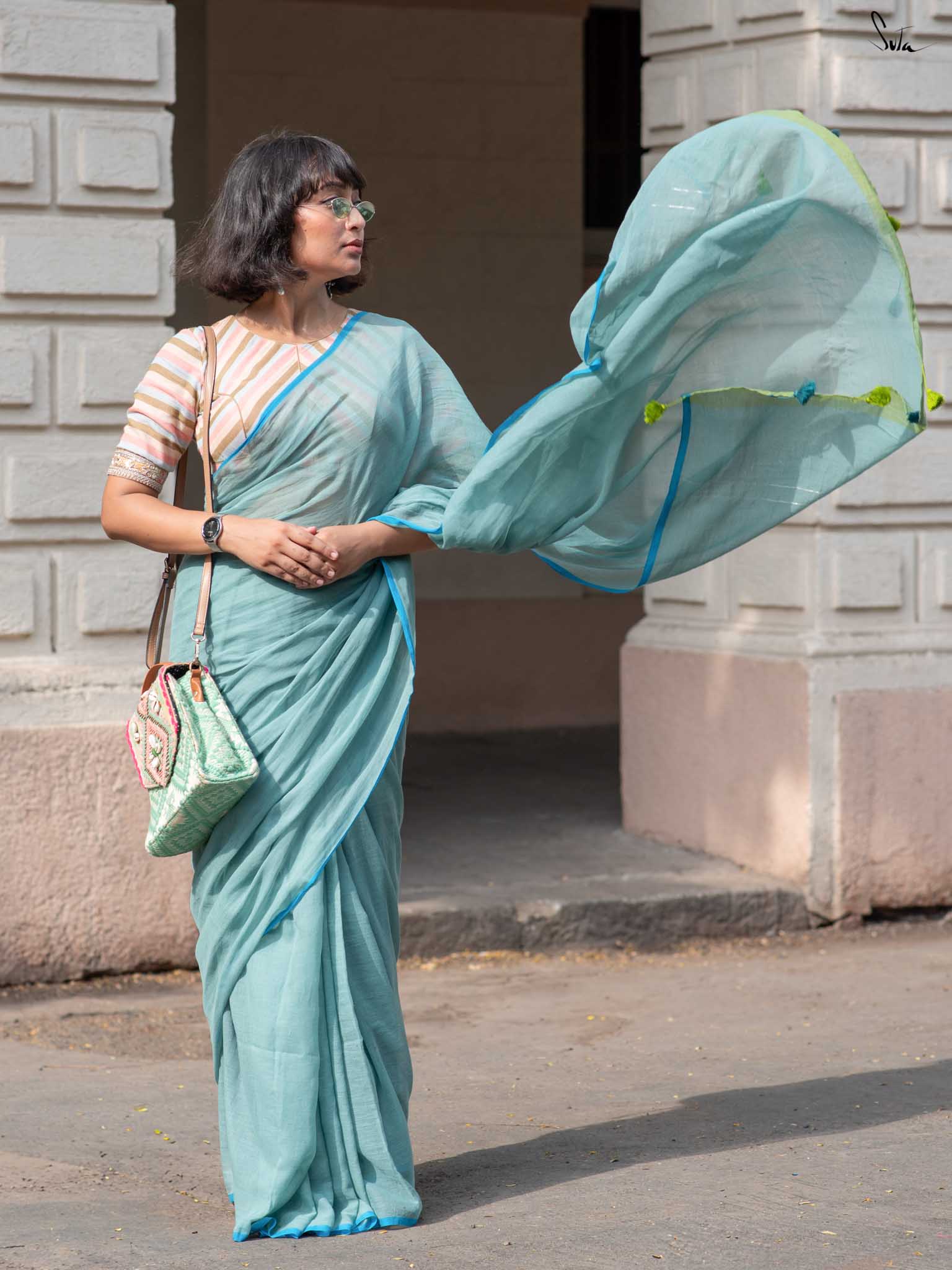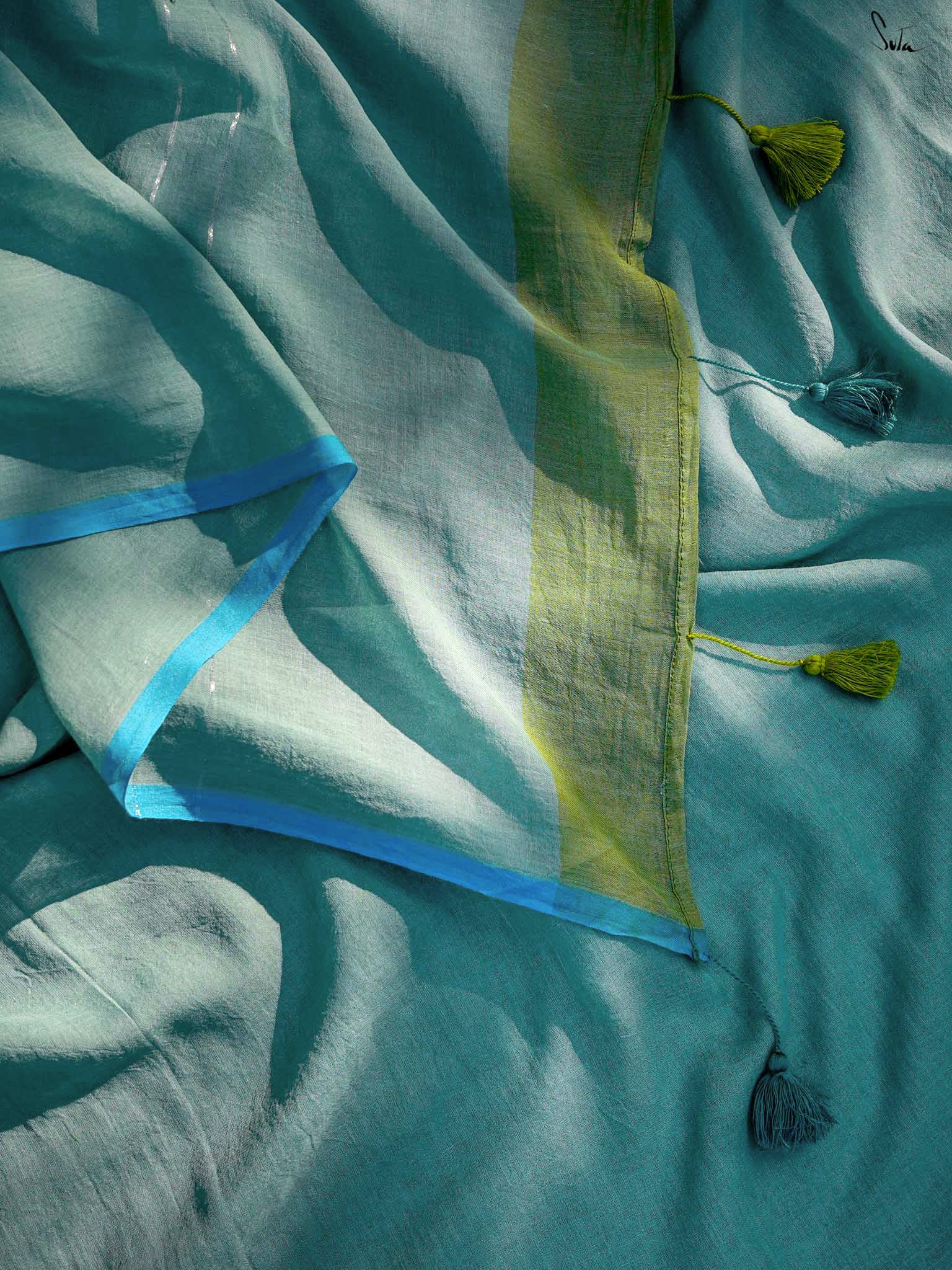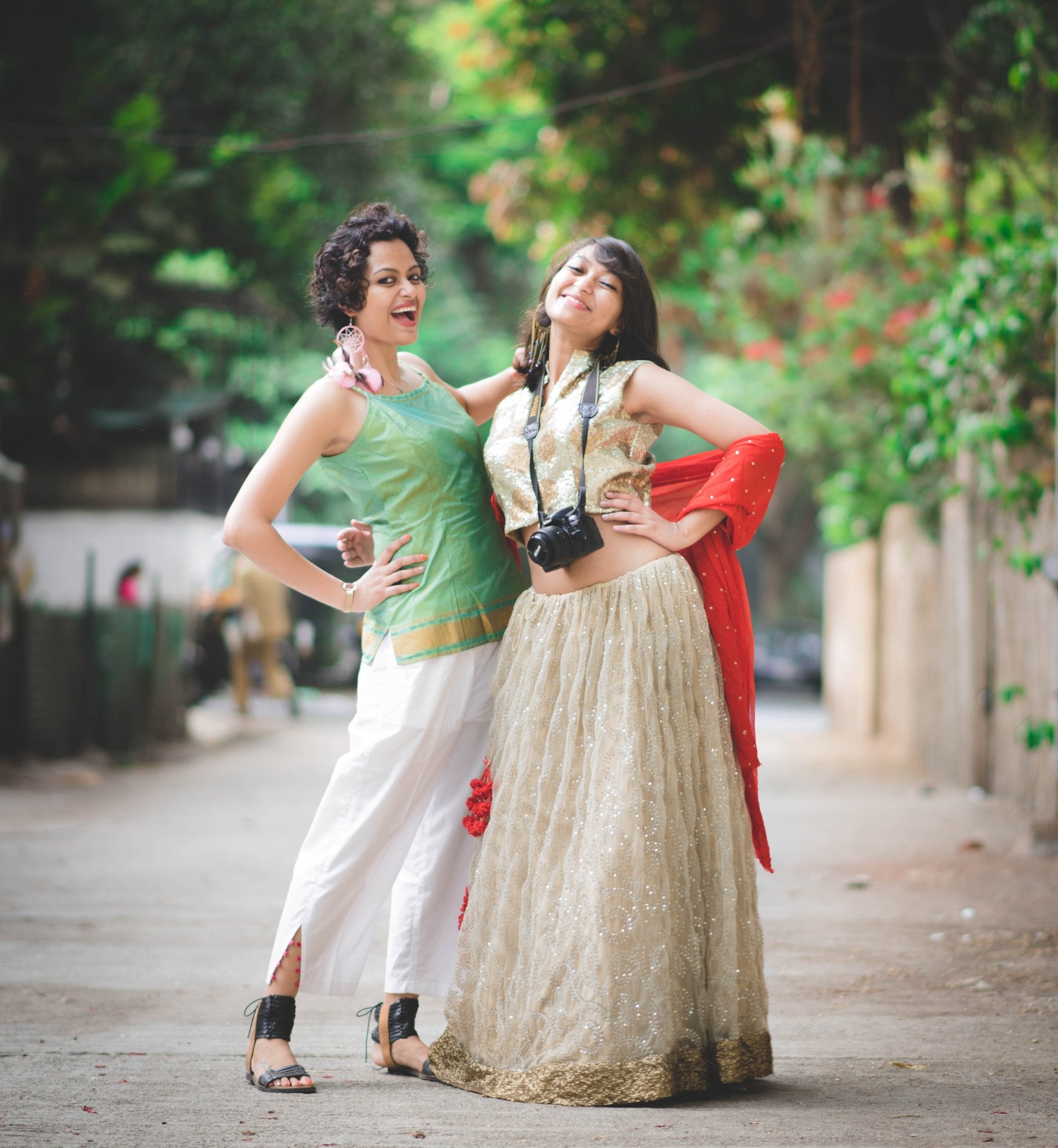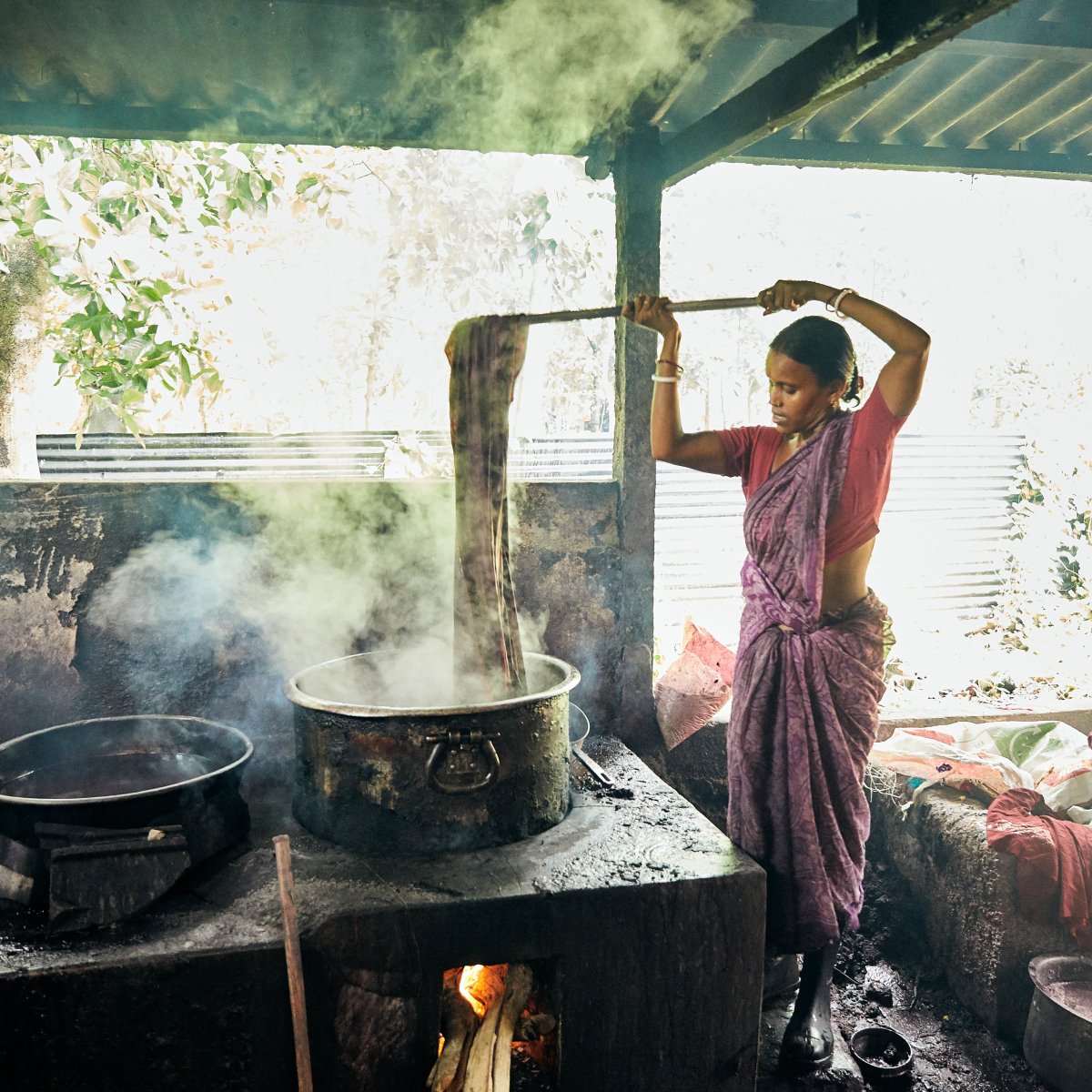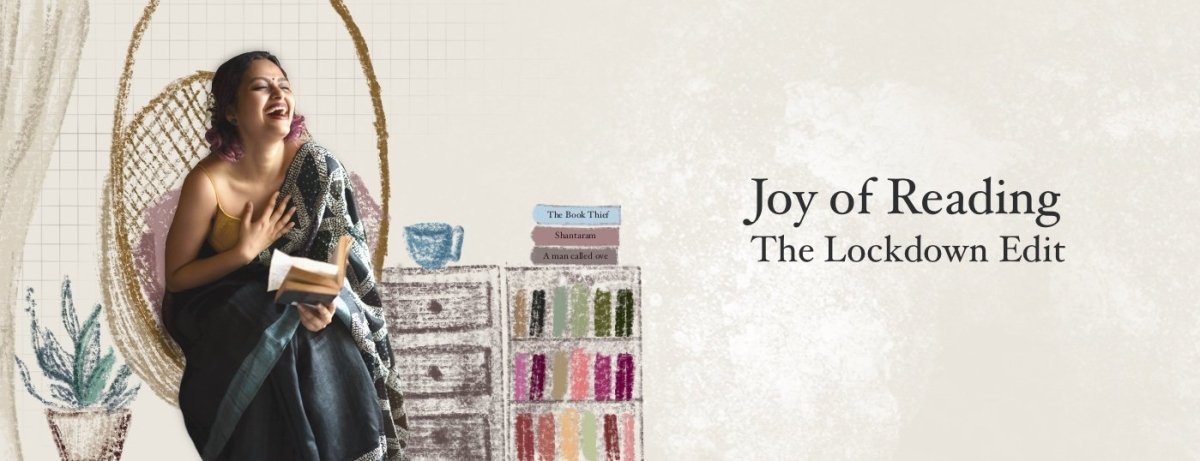
IS THERE A THING CALLED “SAREES BY SEASON”?
They say, love happens when you least expect it. Pupils dilated, that flip-flopping feeling in your stomach that you mostly call ‘butterflies’, faster heart rate, a new hope for the rest of the day and the day after that… While everything you just read applies to that “someone” special, right now that’s not who I am referring to! I went through the exact same process the day my love for sarees originated just as unexpectedly as true love is often described to be. But can love be felt in an equal proportion throughout the year – summer, spring, winter and rains? Or do seasons have a role to play in how we feel? And that brings us to a more basic question: HOW DO WE SORT FABRICS BY SEASON? (OR, DO WE EVEN WANT TO?!)
Long after the Japanese gave up their kimonos, the Chinese their Mao boiler suits and the South Americans their boleros, women in India and abroad clung loyally to our saris. Ever wondered why? Apart from how versatile and exquisite this unstitched piece of garment is, some fabrics are cool in summer, insulating in winter, never go out of fashion, never grow out of shape and sometimes might even double as your DYI sheets to experiment with your innovative and artistic skills.
Do we really believe that different times of the year force us to adjust what we wear according to the temperature? If you love sarees, you shouldn’t have to give them up at certain seasons now that we are here to ask: how do you feel about changing the unwritten rules of the saree game by following your hearts while making sartorial choices? Shall we begin to ‘play like it’s Spring no matter the weather’?
Chapter 1 ~ The Moist Summers ~
- Saree hoarders must choose lightweight materials for the summer so that you can be comfortable wearing sarees every day. Cotton fabric comes from fibrous balls extracted from the cotton plant. It is breathable since it comes with some tiny hollow gaps on it which facilitates perspiration and easy absorption. This is the moment to extend a warm welcome to our “made in heaven” muls!! Made in heaven Mul cotton is aptly named as they are feather light and baby soft. This is one of our favourites, that’s why both Su and Ta use them to wrap their babies in them (you might also want to check out our baby-hugging swaddles and mittens). To make online shopping experience easier for you, we have segregated them as Bold coloured, with border, Dual coloured, Tri coloured, Multi coloured, Hand blocked and Hand painted. These sarees are bold and will make you stand out in the crowd especially at your work. If this speaks to you, this is where you need to head - https://suta.in/collections/made-in-heaven-mul-cotton
Here’s an insider tip on how to wash and care for your huggable muls at home, watch this video - https://www.instagram.com/tv/B-y4eVSlYYZ/?igshid=1vftwdl6rm9fa
- The handloom cotton is a type of fabric that is woven using hand operated looms. The simplest explanation for HANDLOOM is a loom used to weave cloth without the aid of electric power and to clear one of your biggest doubts – ANY TYPE OF FABRIC can be woven in a loom that’s manually operated aka handloom. Two sets of interlacing yarns, the warp (length) and weft (width), are woven on a mechanised loom operated by weavers. Human handling lends the fabrics a unique feel and renders the fabrics more value. The resultant fabric is soft, durable and comfortable on the skin. You might also know them as Khadi - the cloth woven on handloom, using a hand-spun yarn. In short, if you want to live that sweet summer dream all year long, here is everything that you need (or more than you do) - https://suta.in/collections/cotton
- Linen is one of the oldest and most widely used fabrics thanks to its versatility. Particularly in countries that experience hot summers for a large part of the year, Linen exists more as a soft summer breeze that just happens to cover up their body as clothing! It feels oh-so-comfortable to the skin while appearing crisp and sturdy even in humid conditions. However, it is not a bed of roses to make a Linen saree. They take 3.5 to 4 months to be created as a result of some labour-intensive procedures. (pretty hard-core, right?) It is a natural fabric that comes from the flax plant. The growers of this plant have to take care of it properly to maintain the fibre’s elasticity so that it is easy to weave. Flax is grown (it takes around 100 days to cultivate) and its fibre is separated before it is woven into fabric. Each of these processes involves manual labour and extensive physical work. So, the Linen that reaches you is a story of these heroes who pack in that extra little bit of love along with their amazing work. We’ve also experimented with it by creating a blend of linen with zari that gives the fabric an ethereal look and festive shine! Intrigued much? Then this is exactly the link you should be browsing right about NOW - https://suta.in/collections/linen
{Durable, breathable and also stronger fabric than cotton and conducts heat better than most other materials. But would I personally wear linen on a regular basis? Umm, I’d probably save it for something more special than that but don’t let that stop YOU darlings!}
- Sheer sarees have divided attention, some insanely in love with their perfect balance of comfort and style statement, while some others not quite comfortable with the transparency and therefore have been consciously avoiding them UNTIL NOW. Sheers do not stick on your skin making them comfortable to wear even as your skin sweats due to excess heat. (It isn’t a fabric category per se but interesting nevertheless.) If this hasn’t convinced you enough, you must check this out - https://suta.in/search?q=sheers
- Viscose is a biodegradable, sustainable fabric that is made using regenerated cellulose fibre. It is a man-made, manufactured fibre of cellulose origin that is produced using natural materials derived from wood pulp. The fabric is versatile, drapes beautifully, has an added sheen to it that lends a beautiful touch and its soft texture makes it a delight to wear. Check more here - https://suta.in/collections/viscose-slub
- The softness and lightness of cotton combined with its strength and versatility makes it one of the most popular choices, especially for the Indian climate. We took cotton which is a simple and elegant fabric, and combined it with acrylic for that added sheen and voila! We love what we see and the saree falls so beautifully that it feels like second-skin! Need I say more when you can check out the whole range of our high-in-demand ‘second skin’ sarees irrespective of the season or occasion right here - https://suta.in/collections/acrylic
- Silks – Queen of fabrics, Silk is thy name! Ah yes, the sheer softness of touch and the mere regality of look can sweep you off your feet and make you fall madly in love even before you know it. And from that point on there is no going back – it’s a love affair for life! Silk exudes grace that very few other fabrics can match. The brilliant shine that vibrates from a silk saree spells class and traditional beauty. The process of producing silk involves multiple stages such as extracting silk threads from the cocoons of silk-worms, twisting multiple silk threads to make strong threads and weaving the threads into luscious sarees. The silk worms are made to feed mainly on Mulberry trees and other specific types of trees for high-quality silk. India is one of the top producers of silk in the world and the fabric is always in demand for its visual attractiveness. People associate silk with special occasions and richness. Silk is alluring and can boast of a grand appeal as well as a tinge of nostalgia. On the whole, silk is a fabric that can never go wrong. So, whether you are all set for a night of glamour or you want to turn on your traditional charm, silk can be just the thing you are looking for!
Some of you might be wondering, how absurd is to suggest wearing silks during summers? Come summer, and for most, silk becomes a four-letter word. We carefully air out our silk collection along with our winterwear and mothball our saris to put them away for the season. All because silk has been suffering from some miseducation for ages now. Well, let’s quickly debunk that myth. Here’s what all silk-lovers really need to know - silk is one of the lightest fabrics, and it can adjust to your body temperature, has properties like the cool softness of cotton, the textured look of linen, a subtle lustre, and of course a smooth silky drape. Silk is highly absorbent and dries quickly. It can absorb up to 30% of its weight in moisture without feeling damp. Silk will absorb perspiration whilst letting your skin breathe. Simply put, silk regulates body temperature better than cotton. It is also amongst the finest fashion fabric for all occasions. You must let the luxury of the fabric speak for itself! Having said that, what you must keep in mind is: purer the silk, finer the feel of it. But why should you simply believe in our words when you can try it out for yourself. https://suta.in/collections/silk
My Chapter 2 was supposed to be ~ The Chilly Winters ~ and so on and so forth but as my thoughts progressed while writing this blog, I realized we’ve never really made any “seasonal” sarees, we didn’t have to. But I did want to address the common concerns most people have and ask us regarding our fabrics and I sincerely hope at least some of them have been satisfactorily answered. While we as a brand do not make clothing based on the season or weather, you as consumers must be aware of each fabric’s properties and therefore be able to make an informed choice. After all, what looks good should feel good too!
We live in an era where we constantly celebrate our traditions passed down from generations while also looking for a breakthrough, something that would add value to as well as prevent our existing methods from extinction. For being patient and curious enough to read the article till here, I’ve thought of researching and writing about some interesting fabrics that we haven’t worked with (yet) but leaves umpteen possibilities for the future. There is a reference in The Ramayana about a banana fibre (‘vazhai naar’) sari woven by Hanuman for Sita. Natural fibre yarns focus on sustainability and are eco-friendly. They also have the ability to decompose, thus not accumulating as landfills. The Natural Fibre Weavers Association based in Anakaputhur (approximately nine kilometres from Chennai Airport) creates saris with natural fruit, bamboo and aloe vera fibre. Then infuses them with herbs - turmeric, tulsi, neem and sandalwood, thereby introducing ‘Mooligai pudavai’ (herbal sarees). These herbs and spices have antibacterial properties and are good for the skin. Shifting wholly to natural dye has obviously upped the production costs but the end result is breathtakingly beautiful. Among the natural fibre yarns created so far, the most popular are pineapple, aloe vera, bamboo, banana stem and erukkanchedi (Calotropis gigantea). So, will you be willing to see our sarees go bananas and pineapples and sitaphals and coconuts some day?


